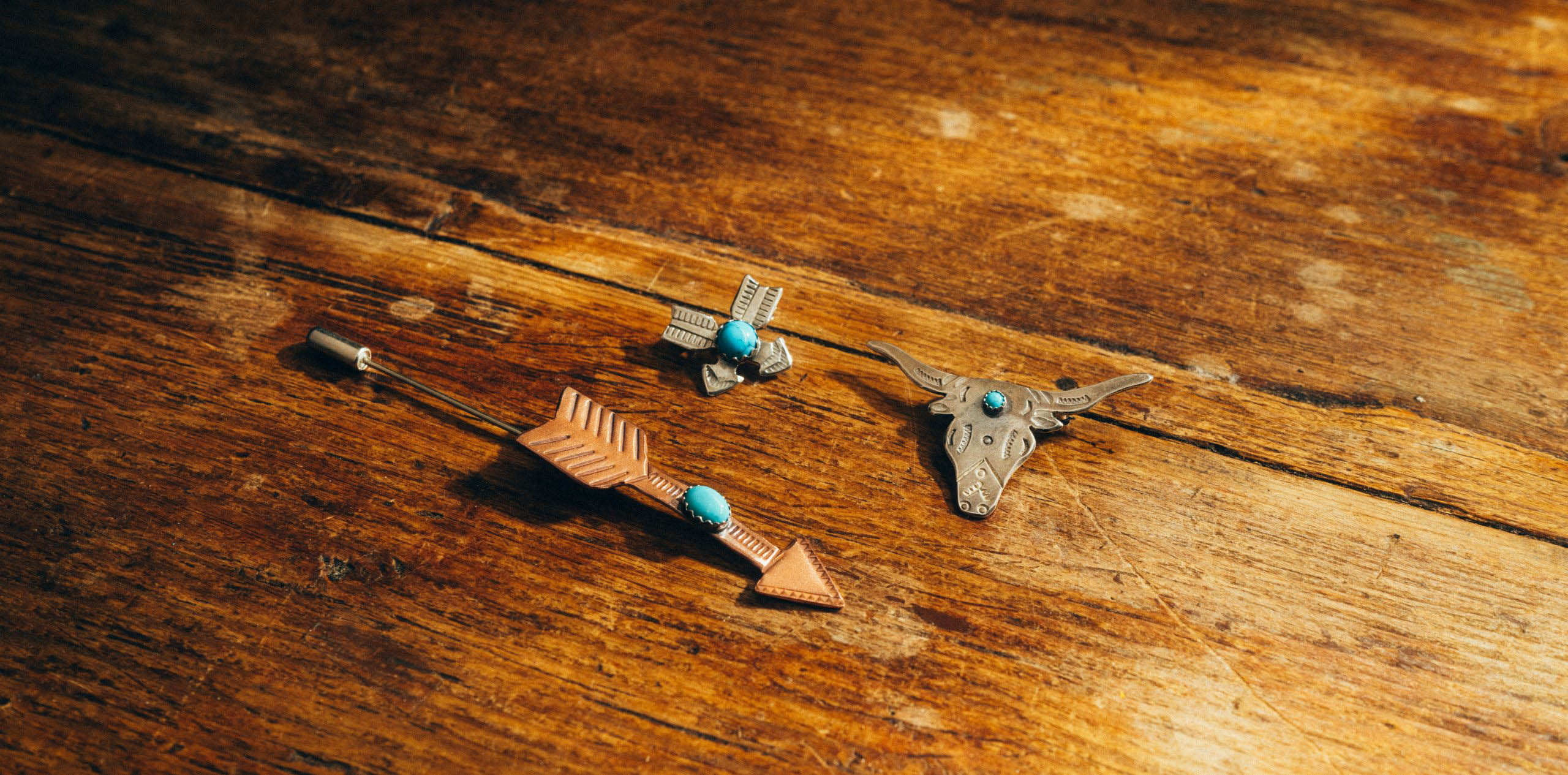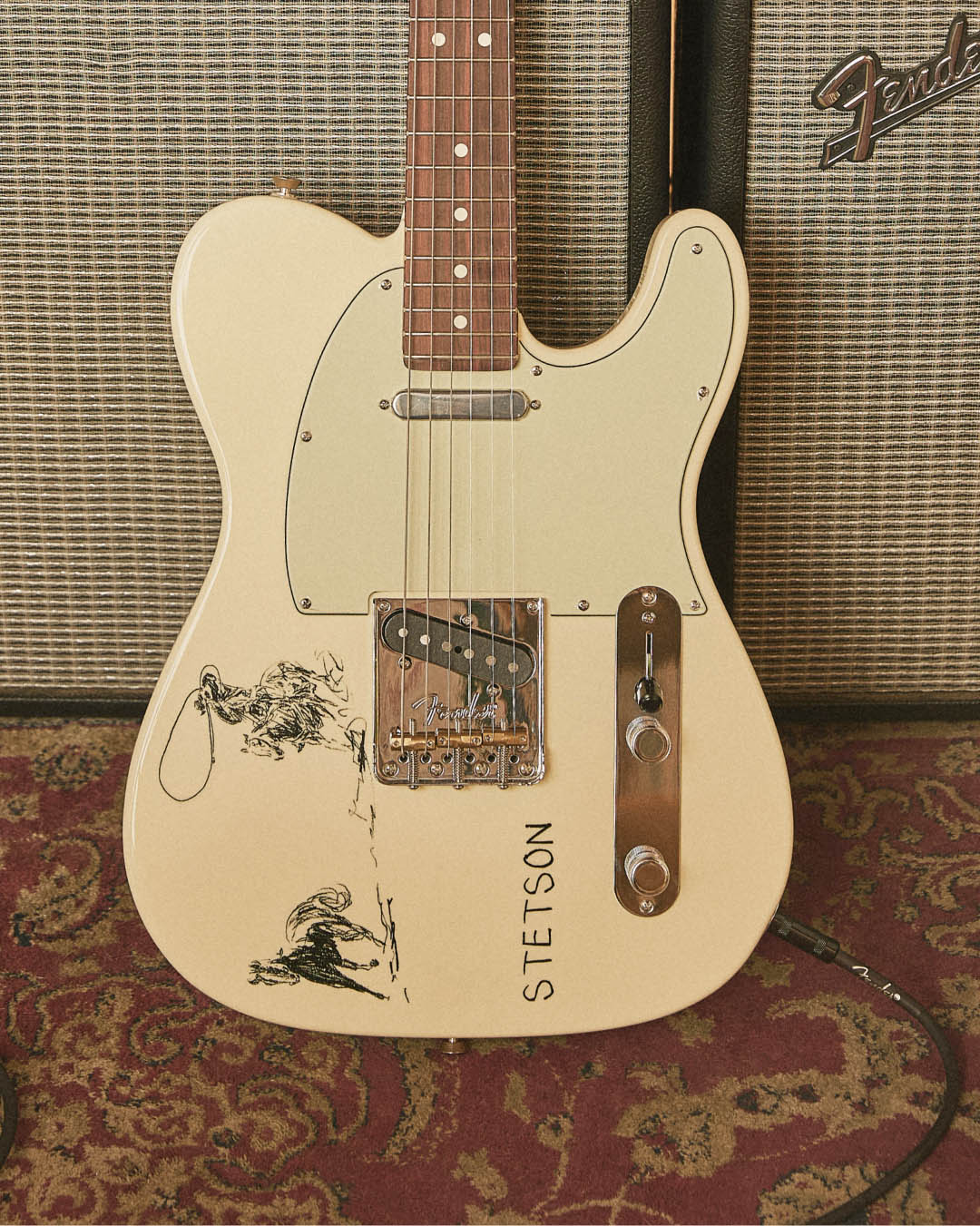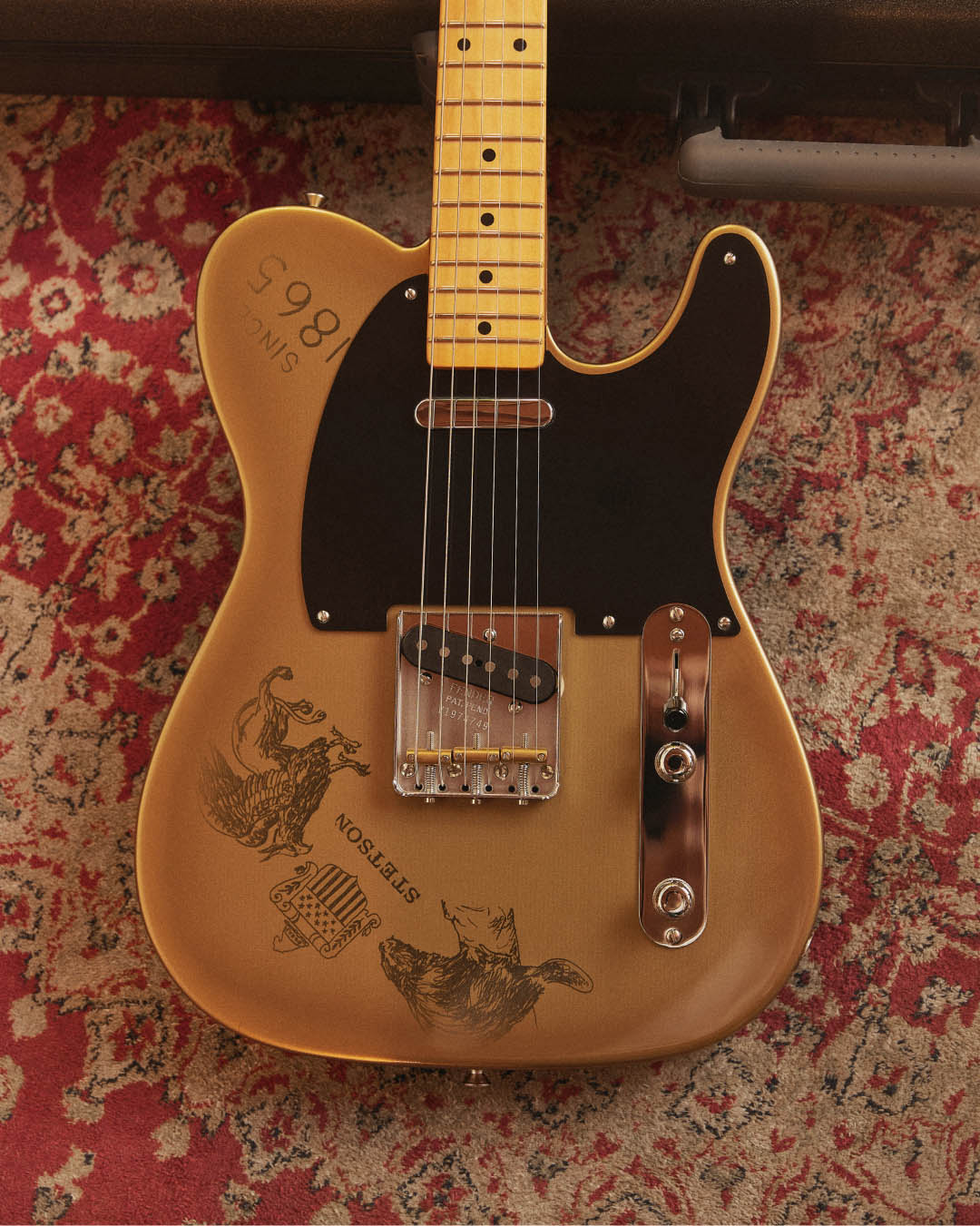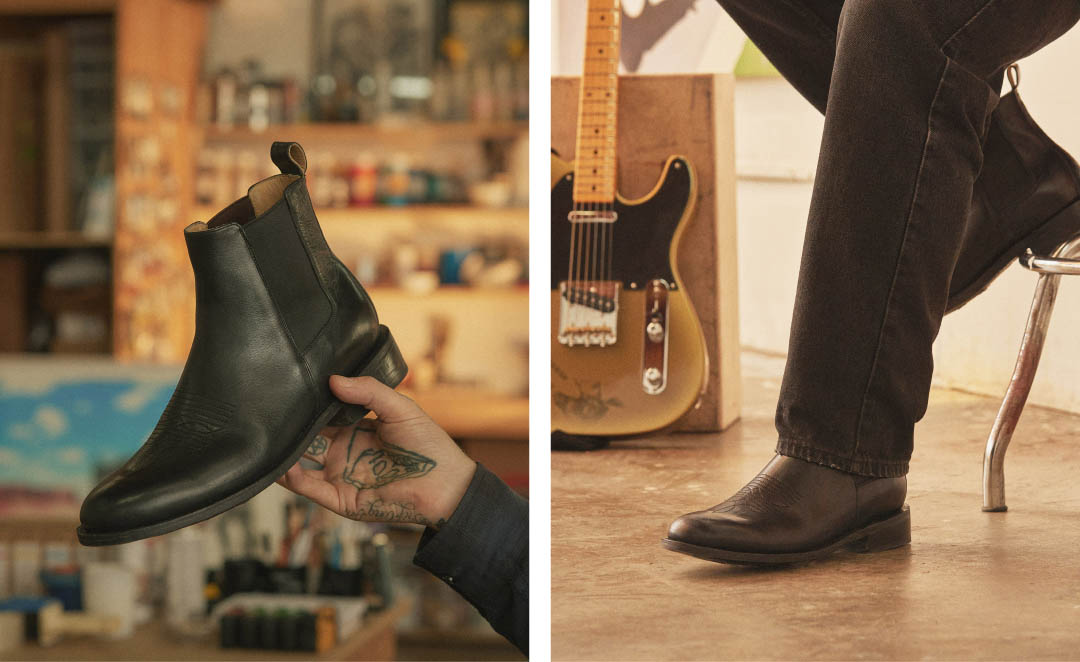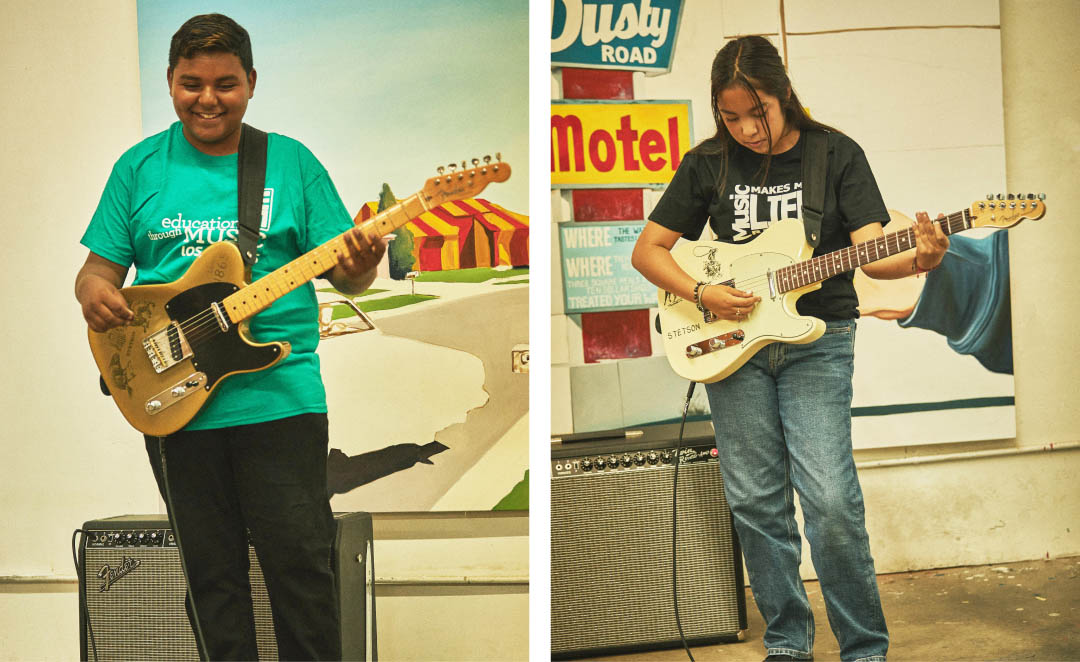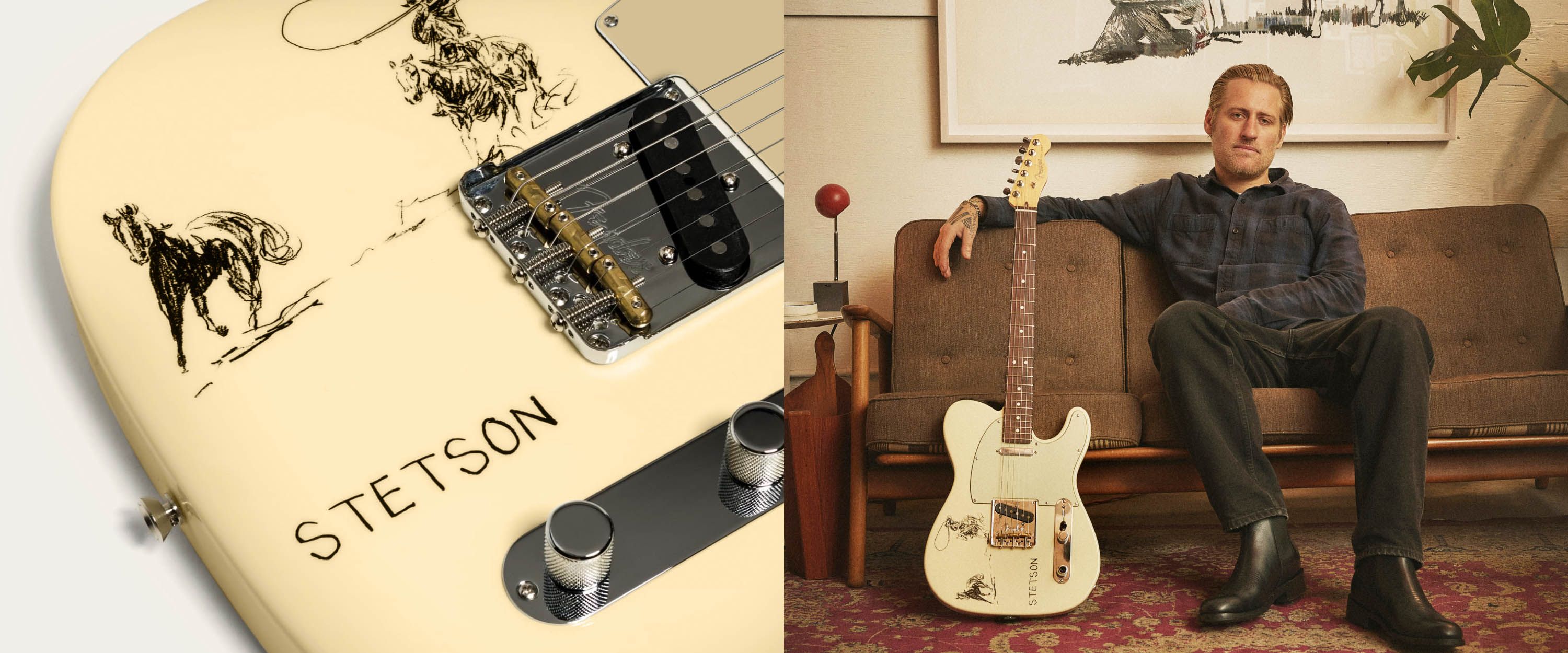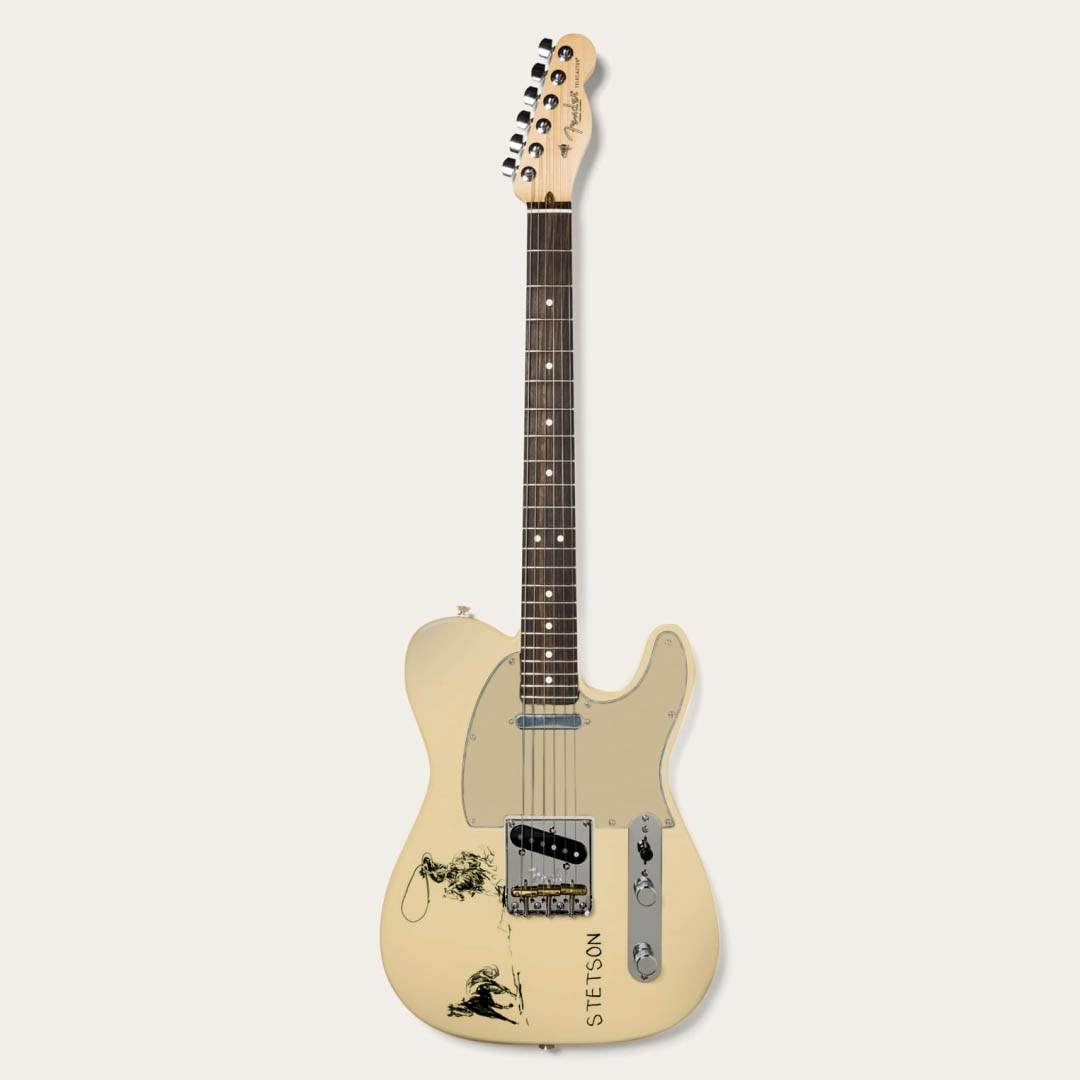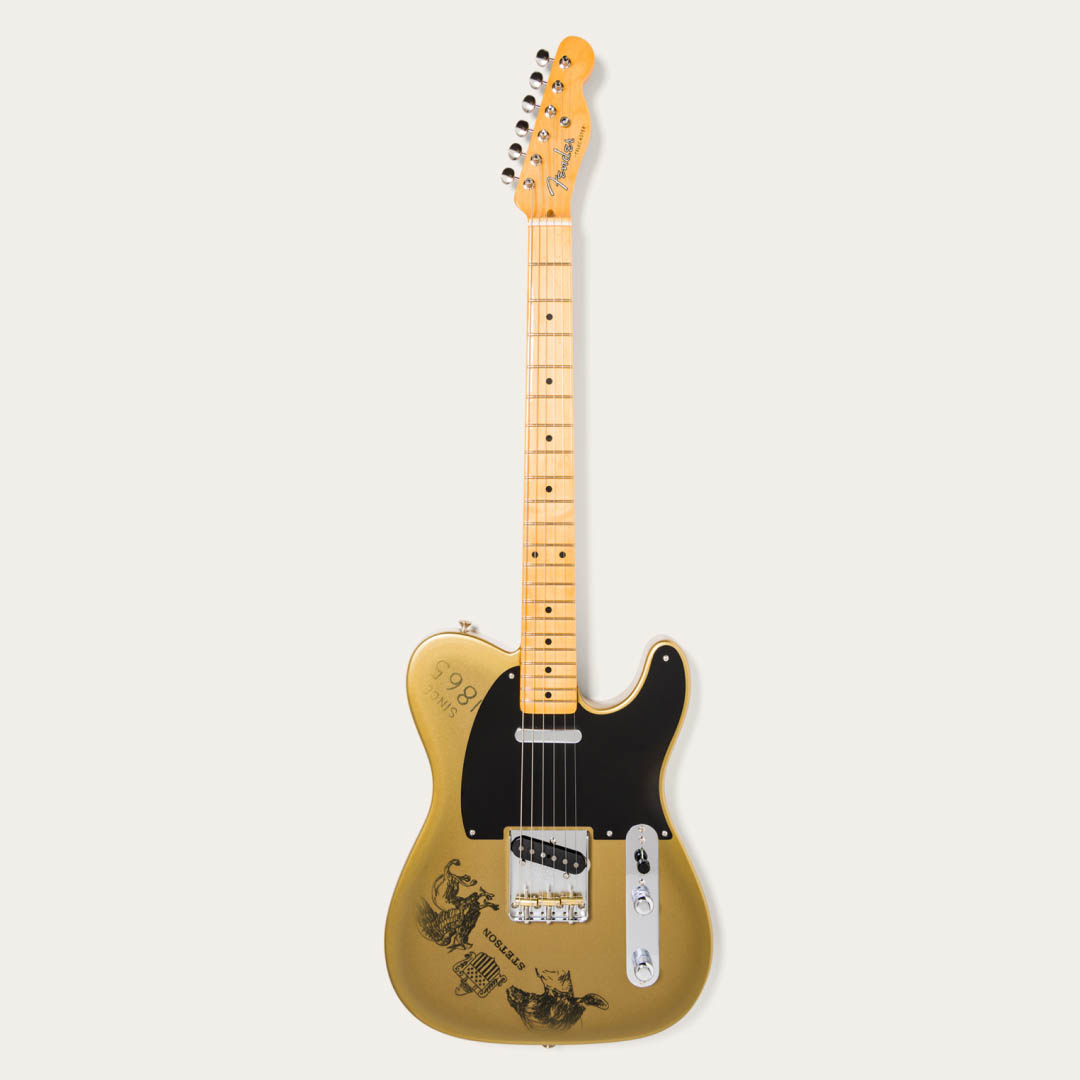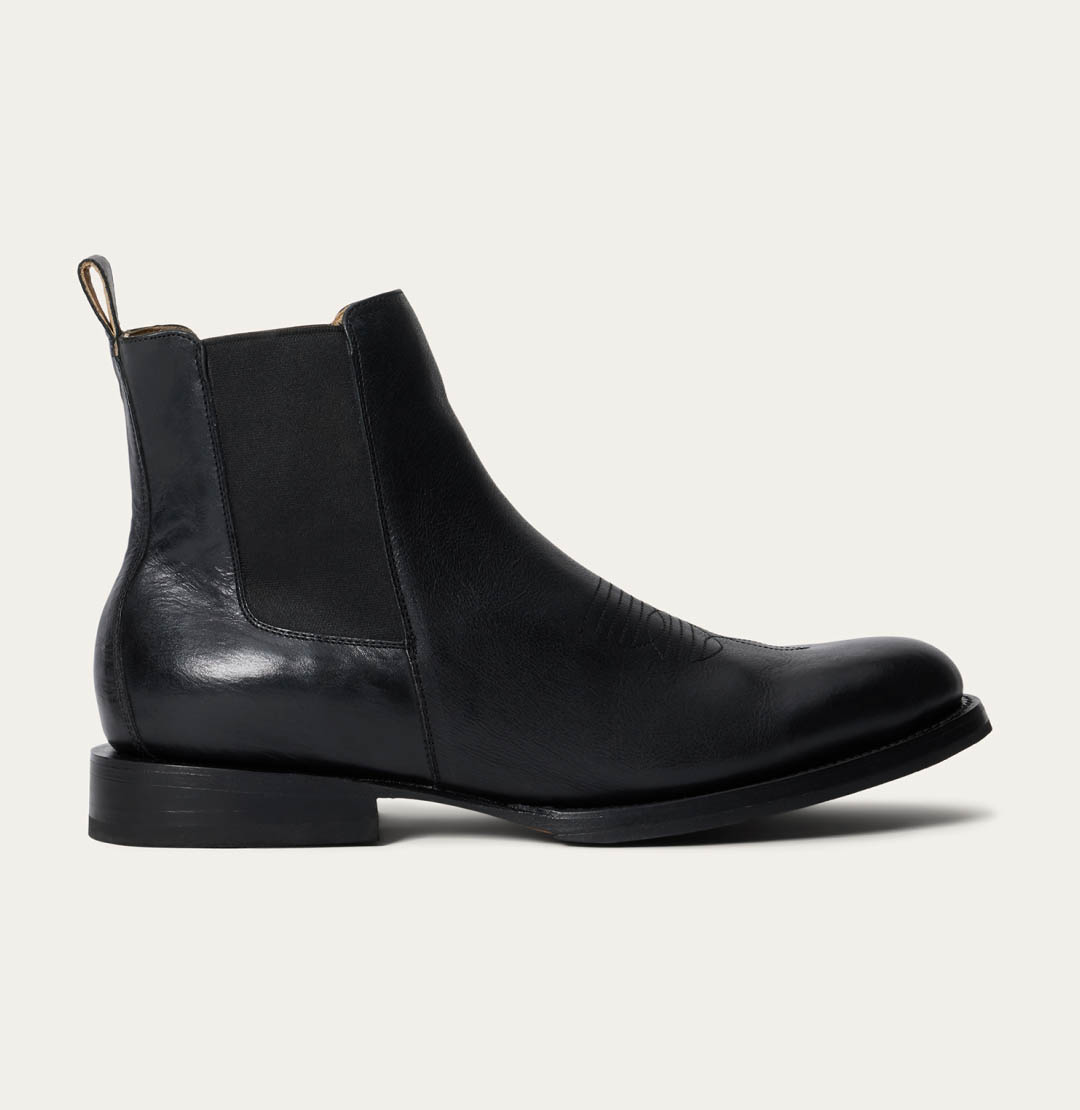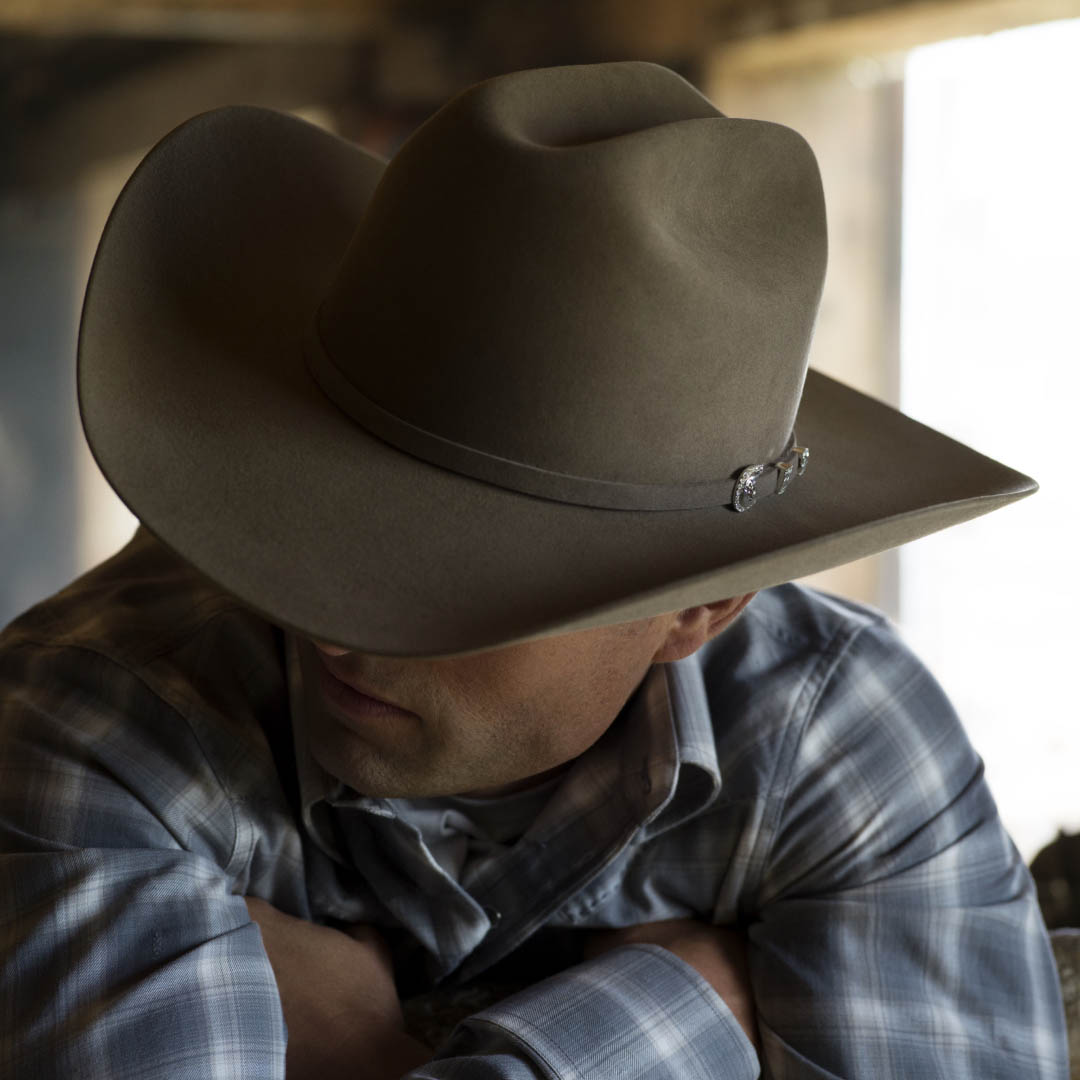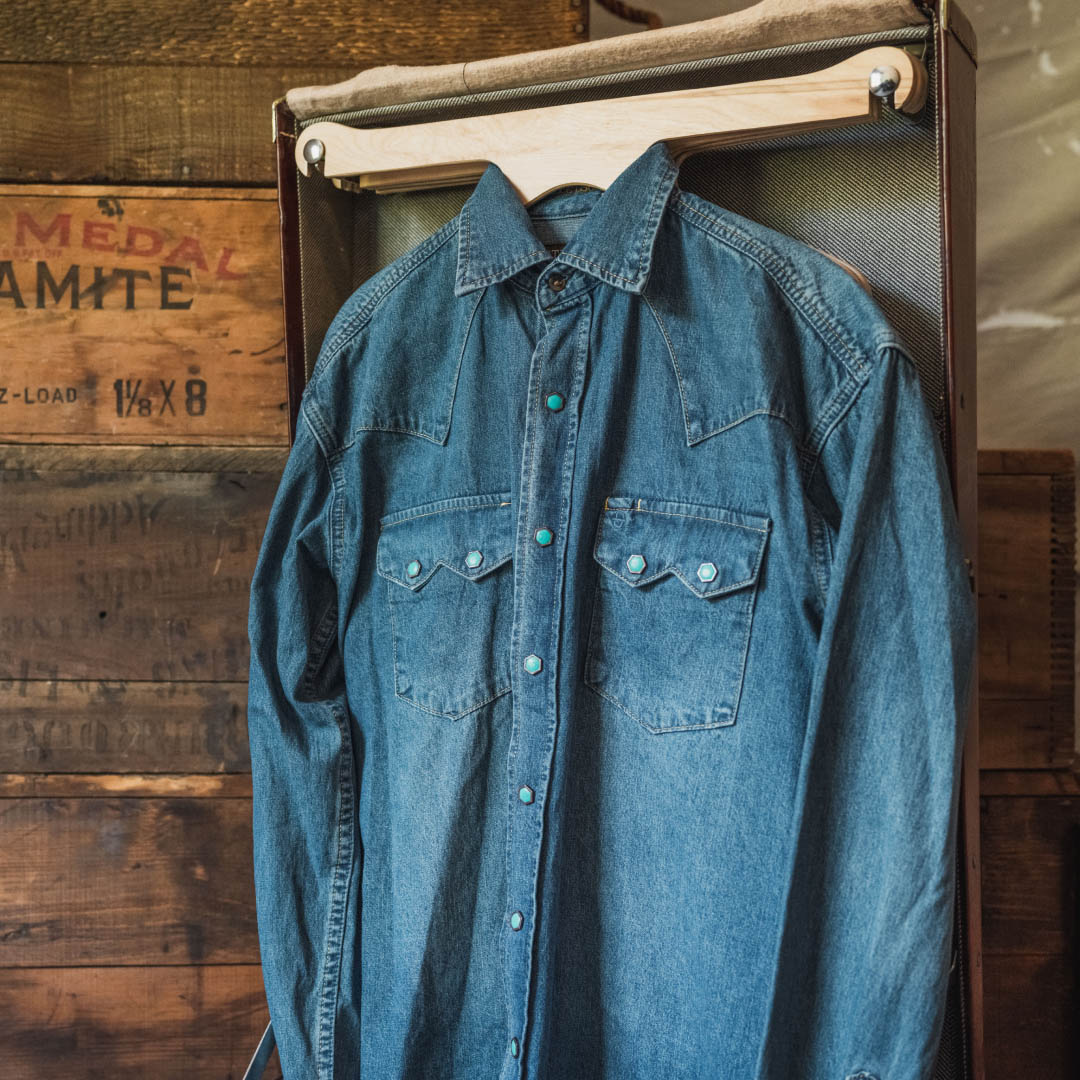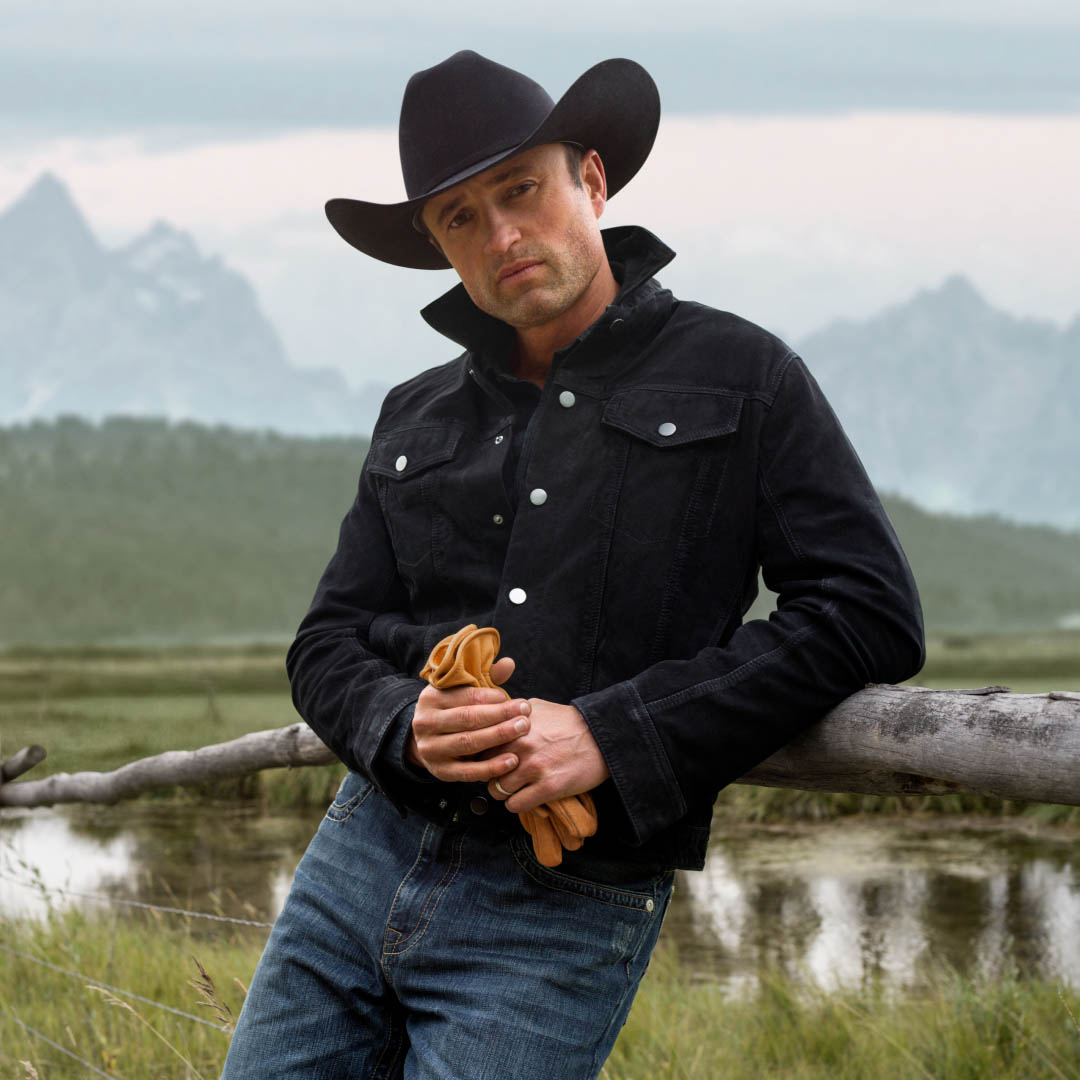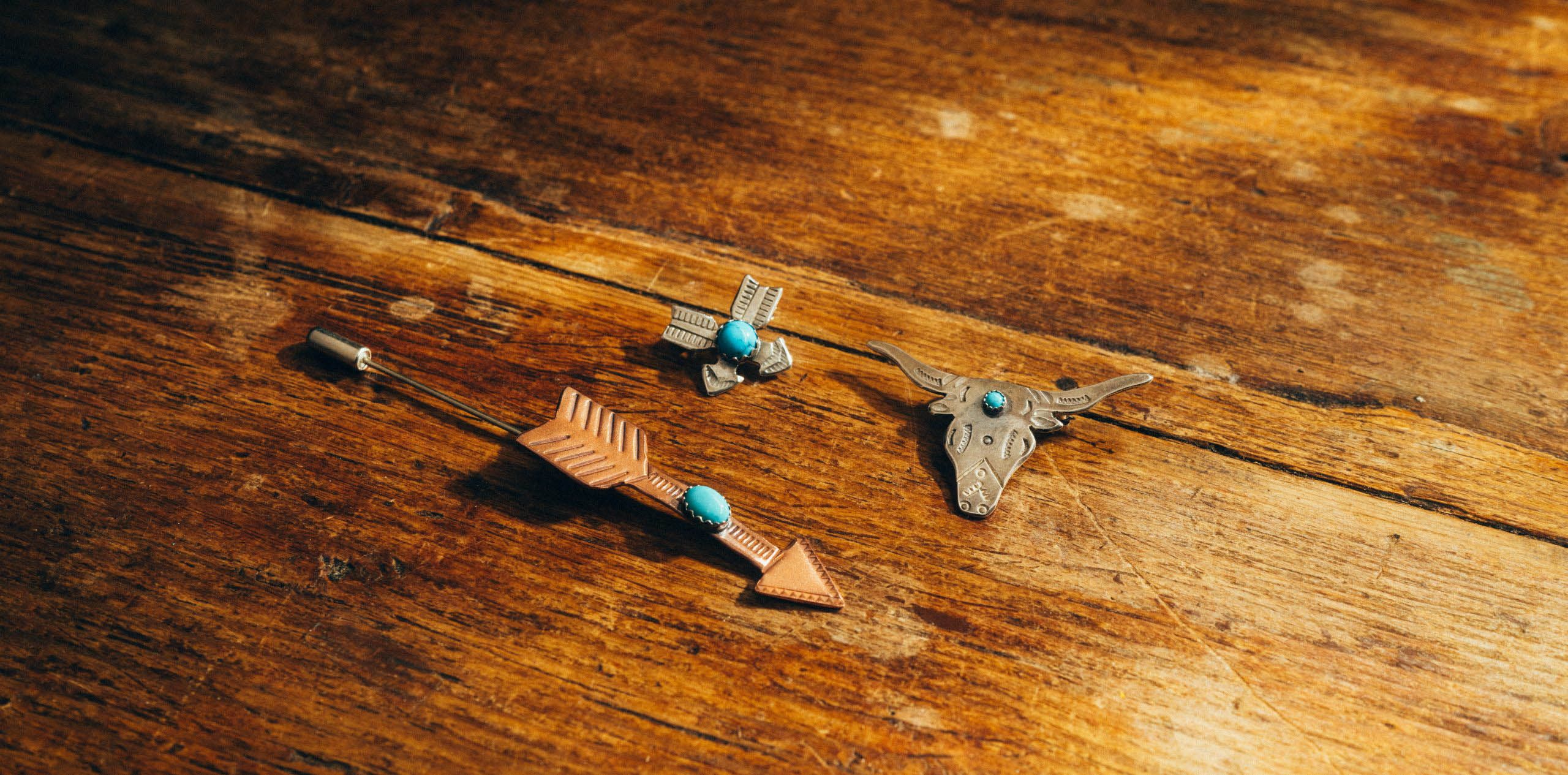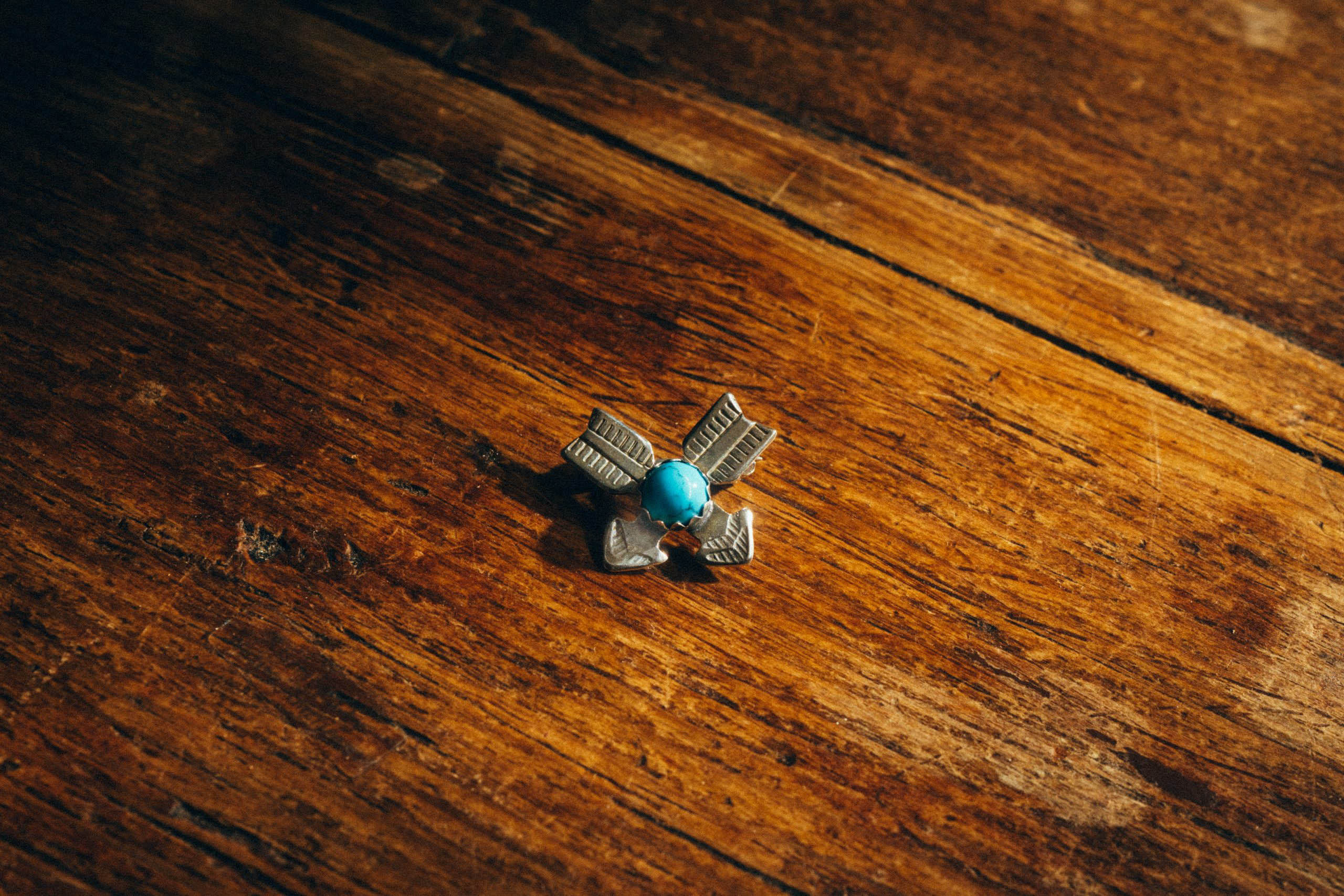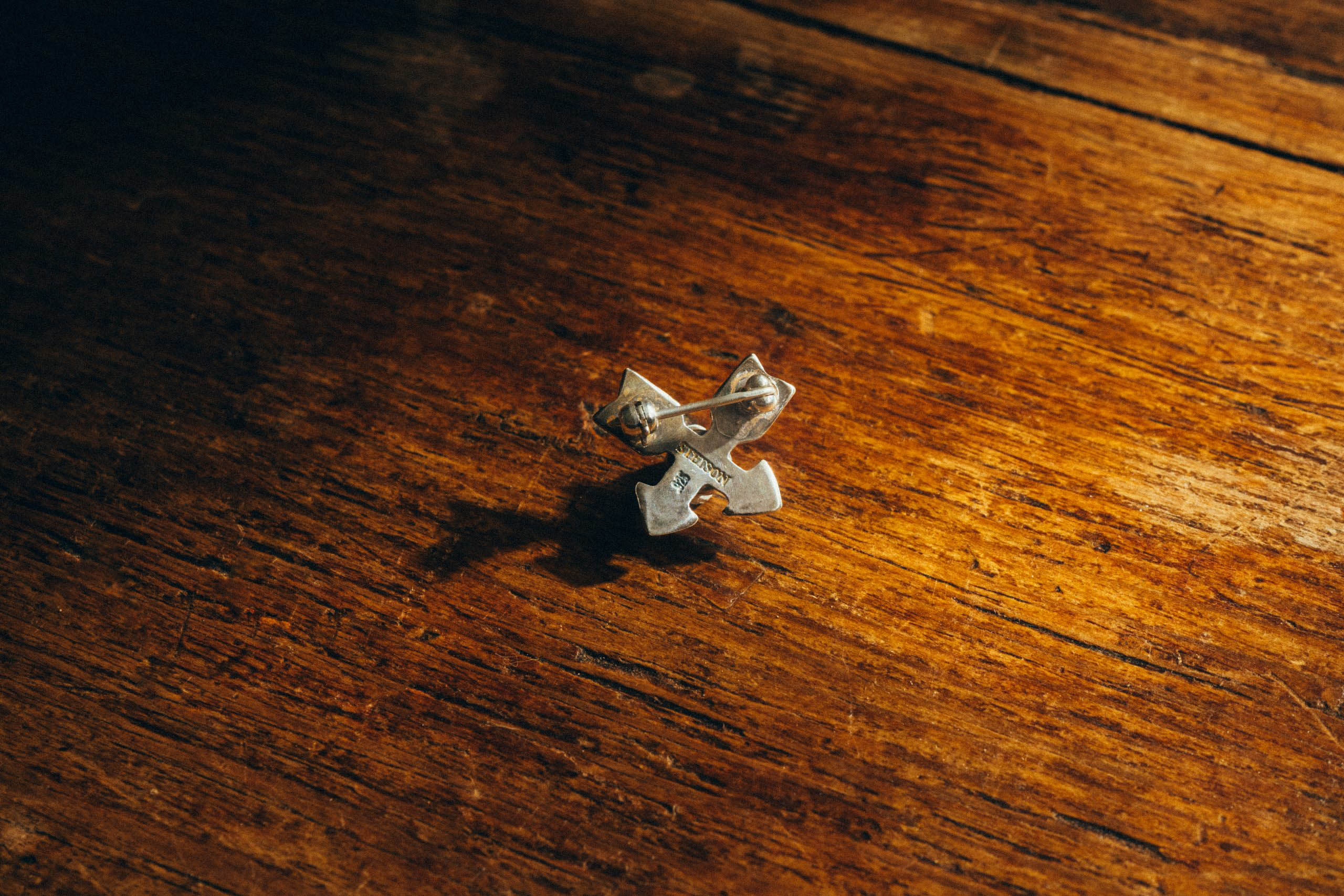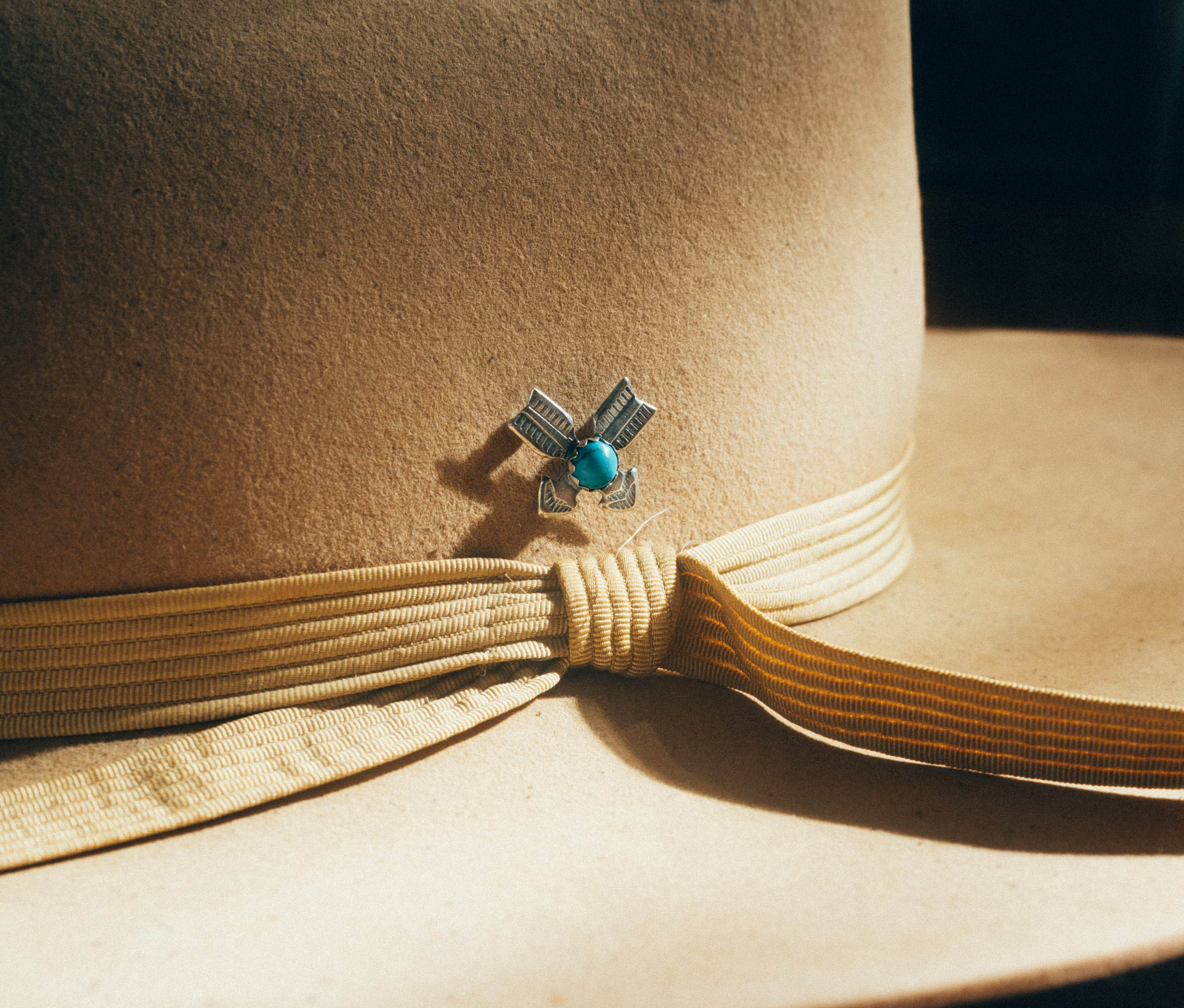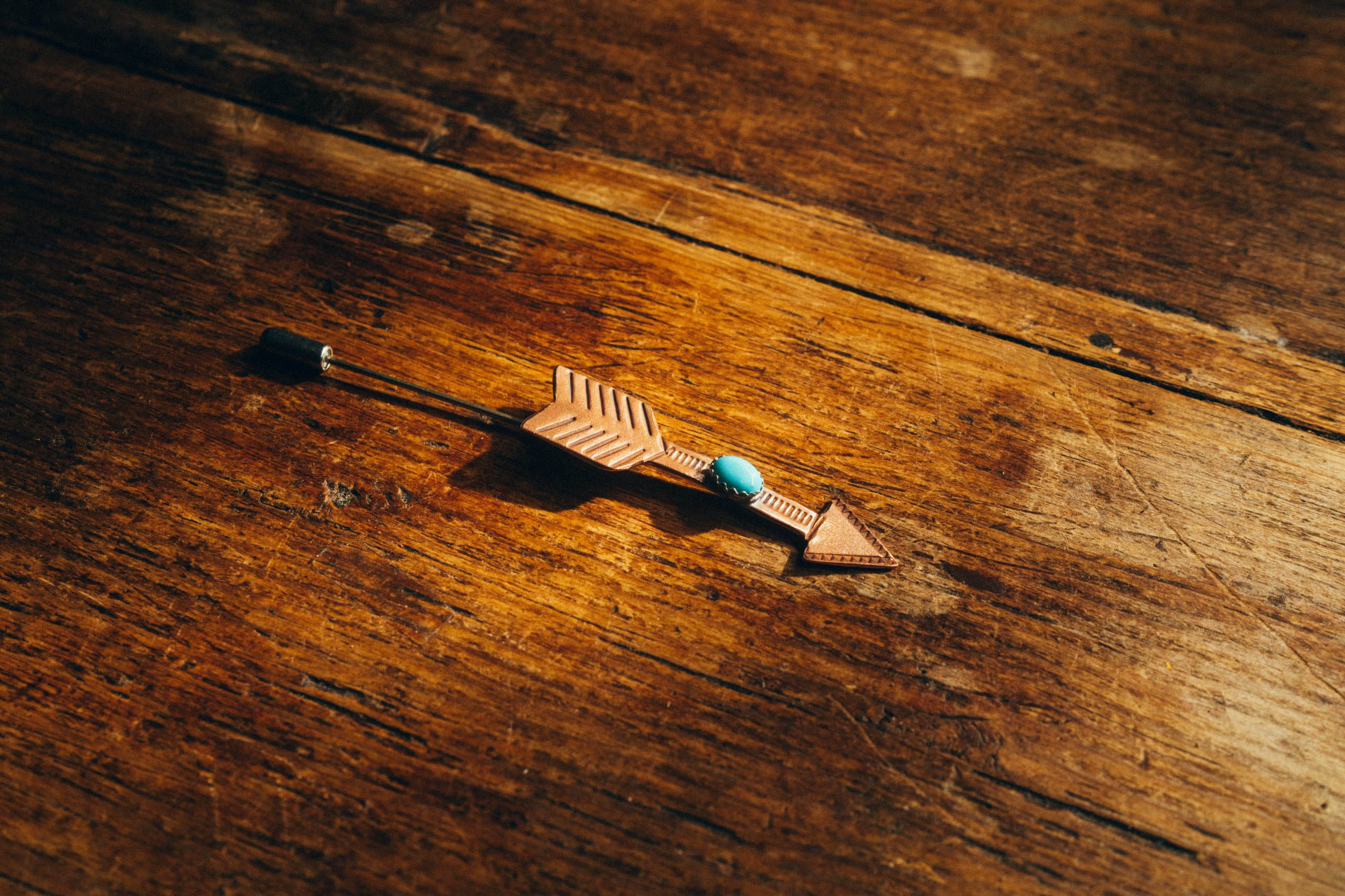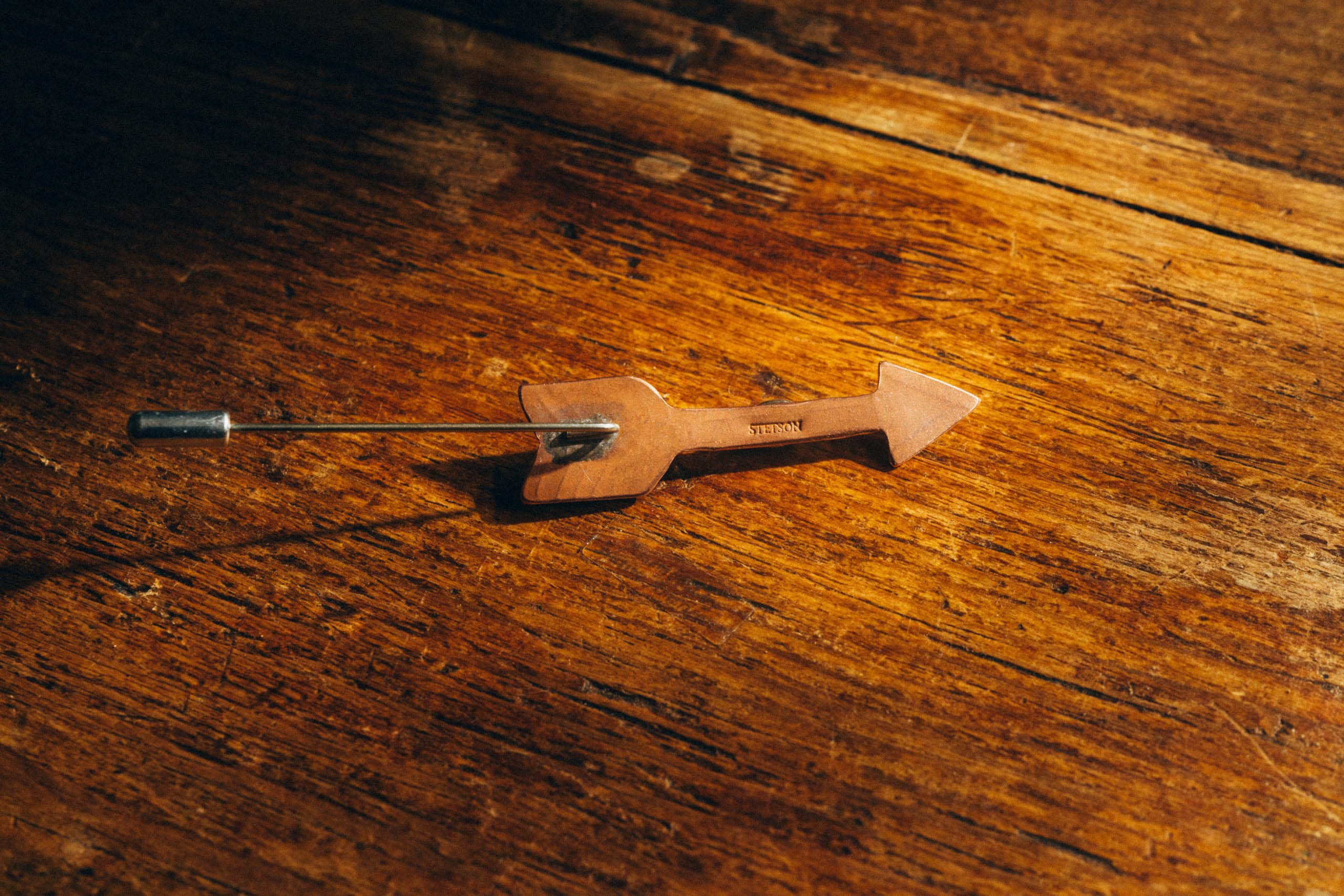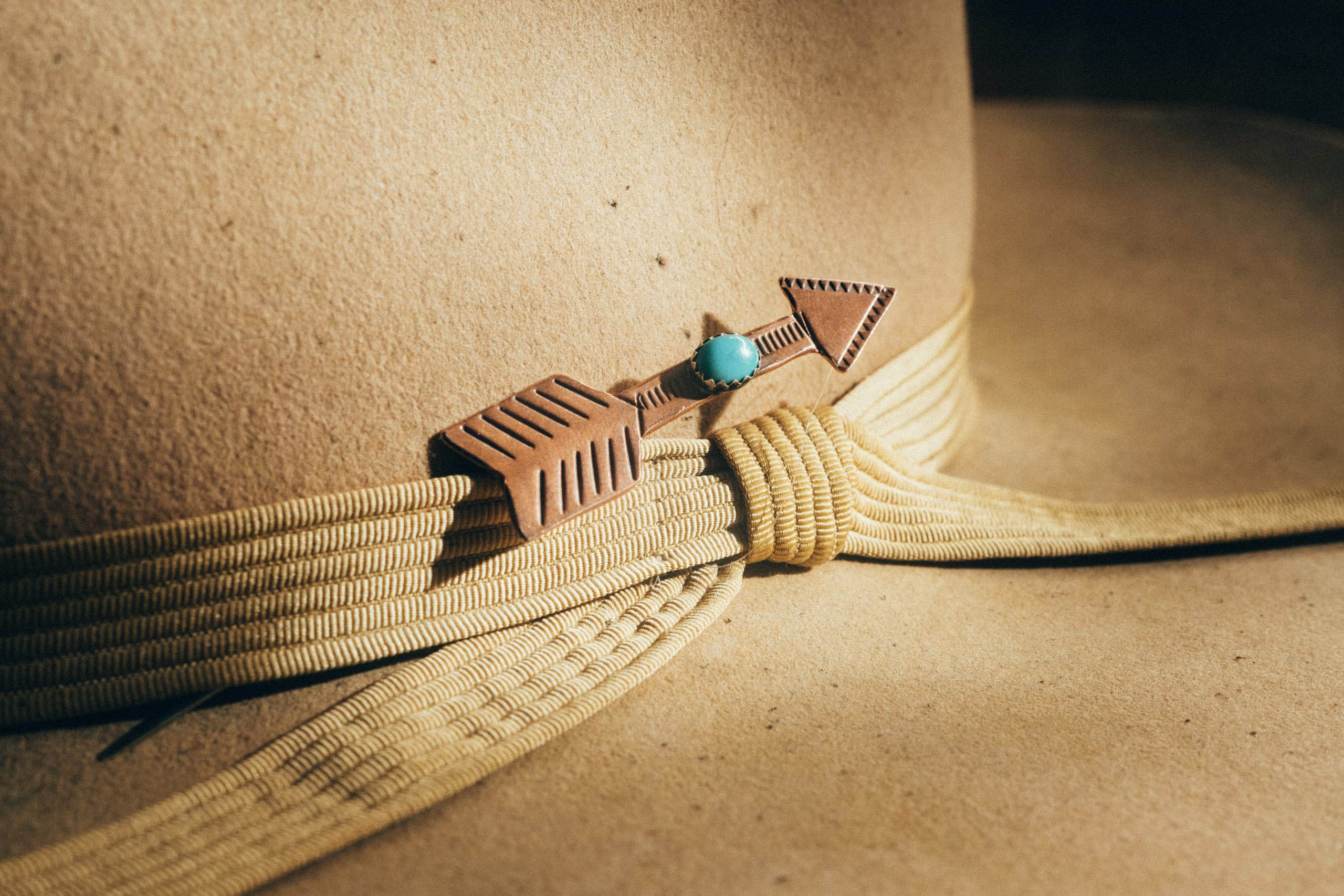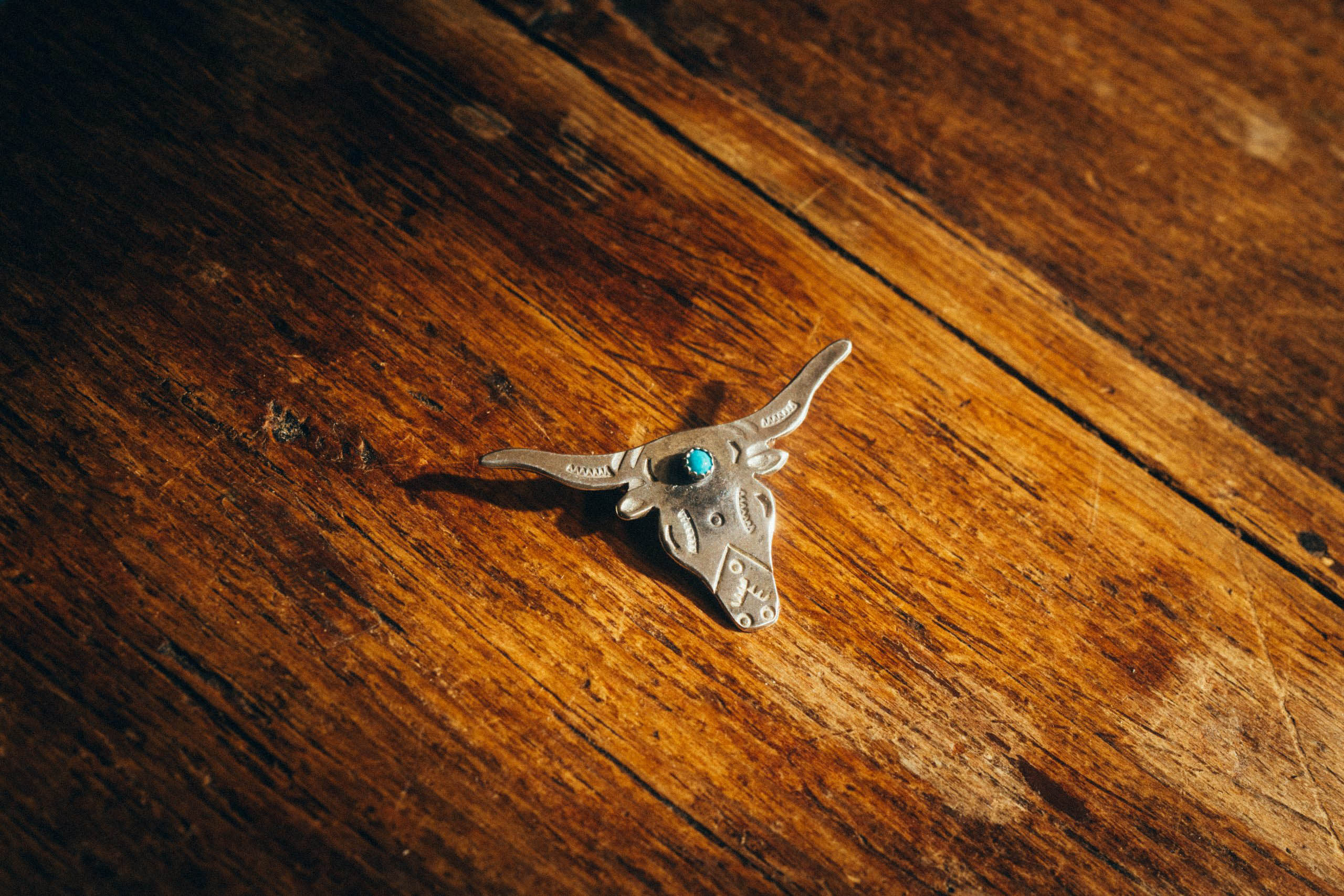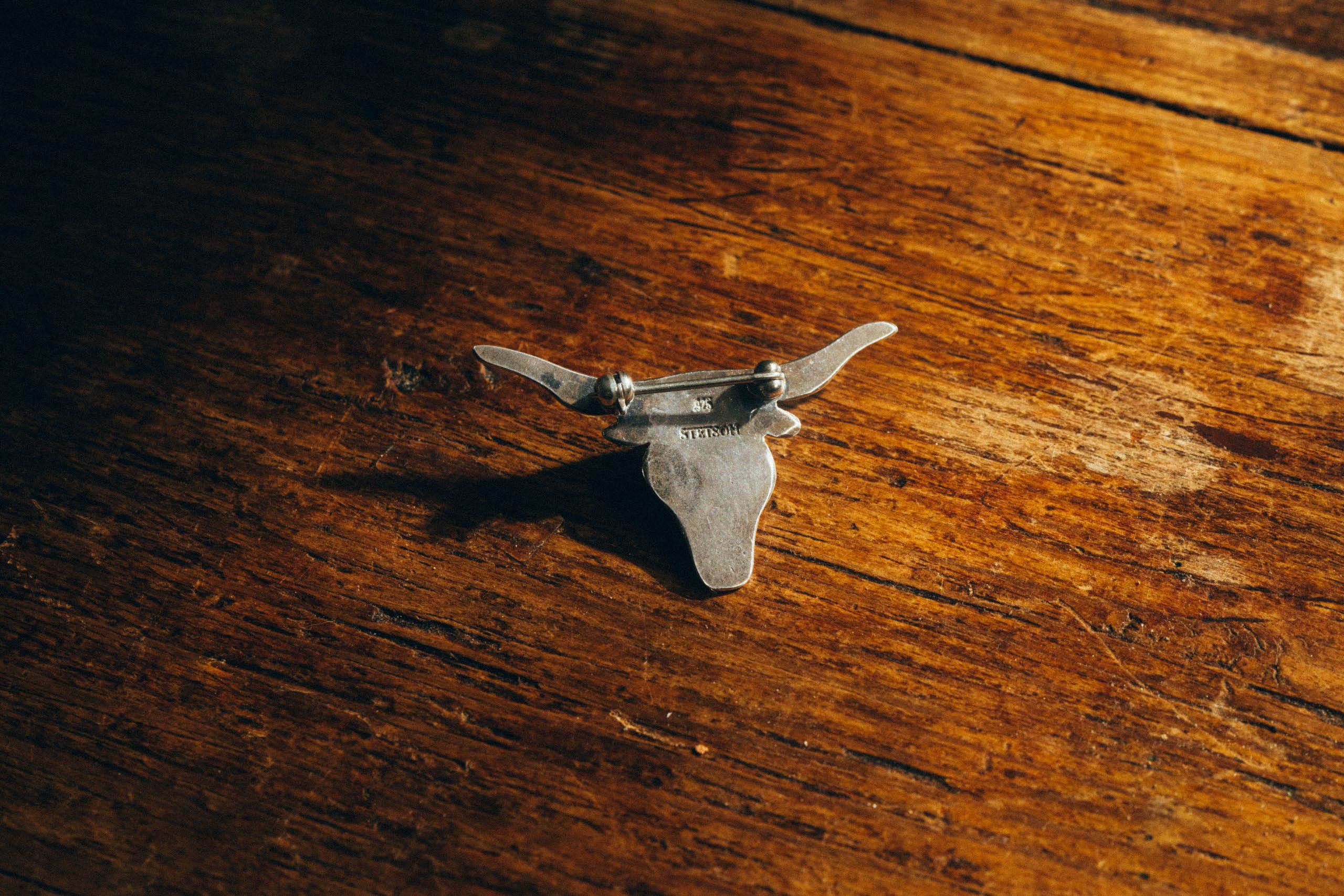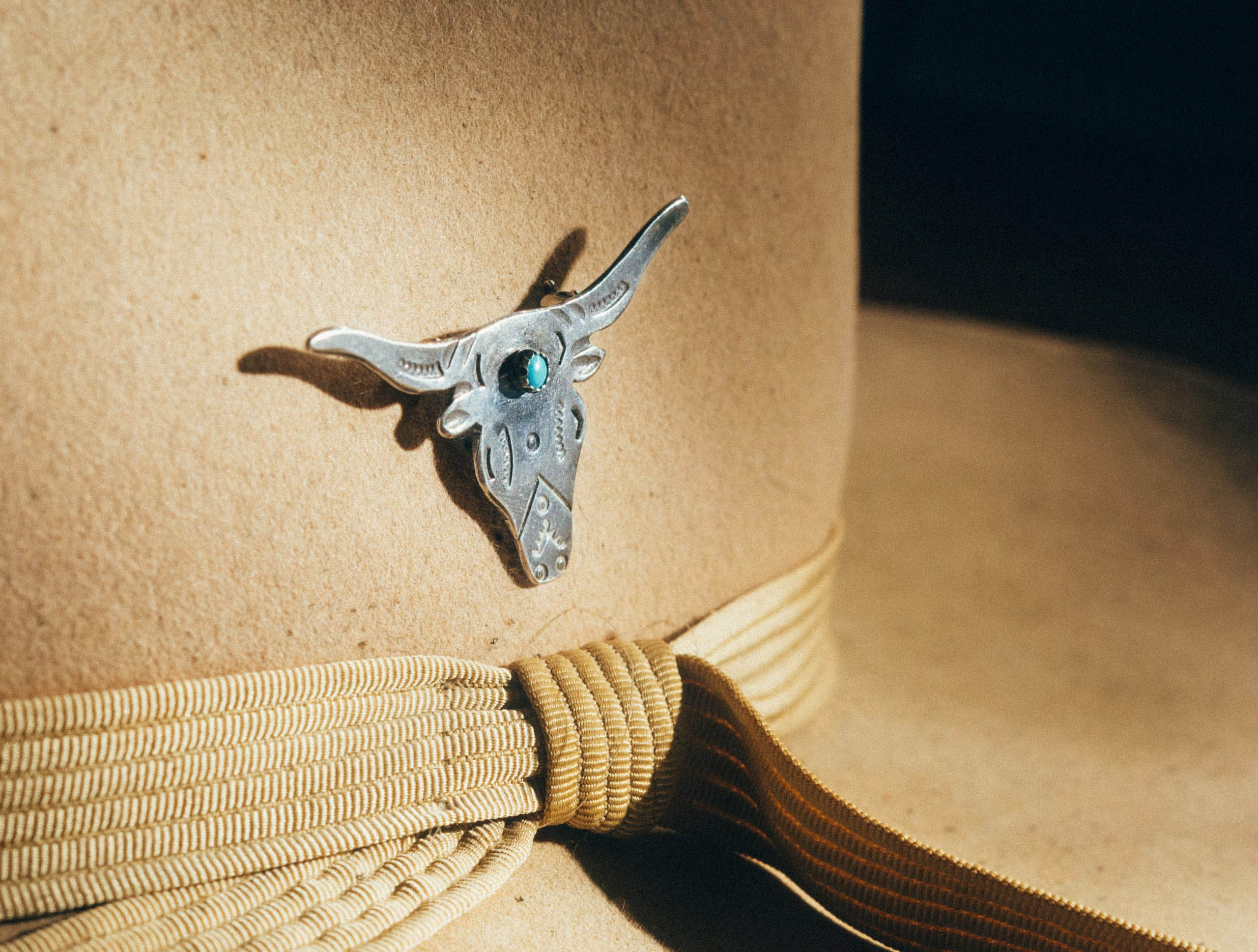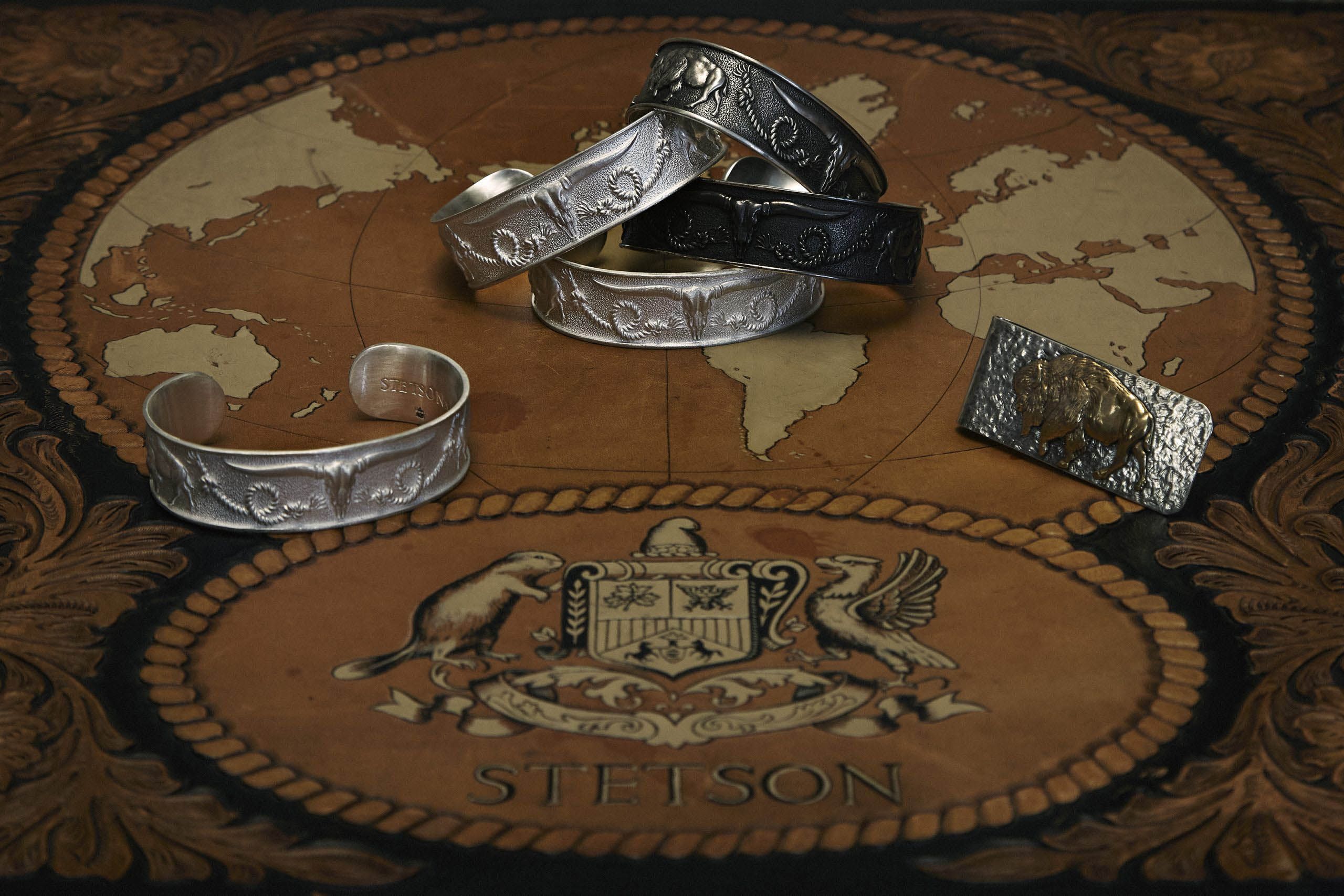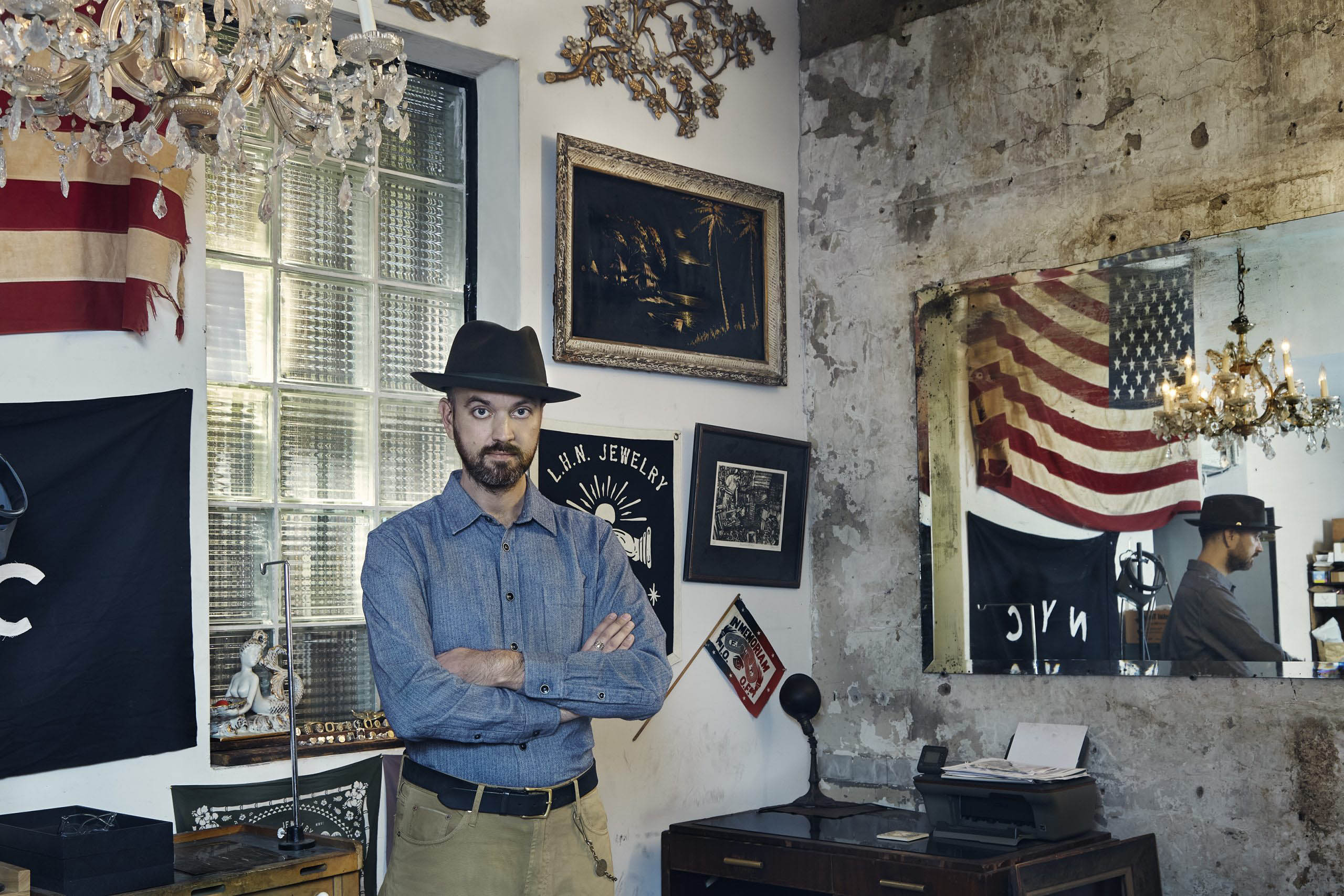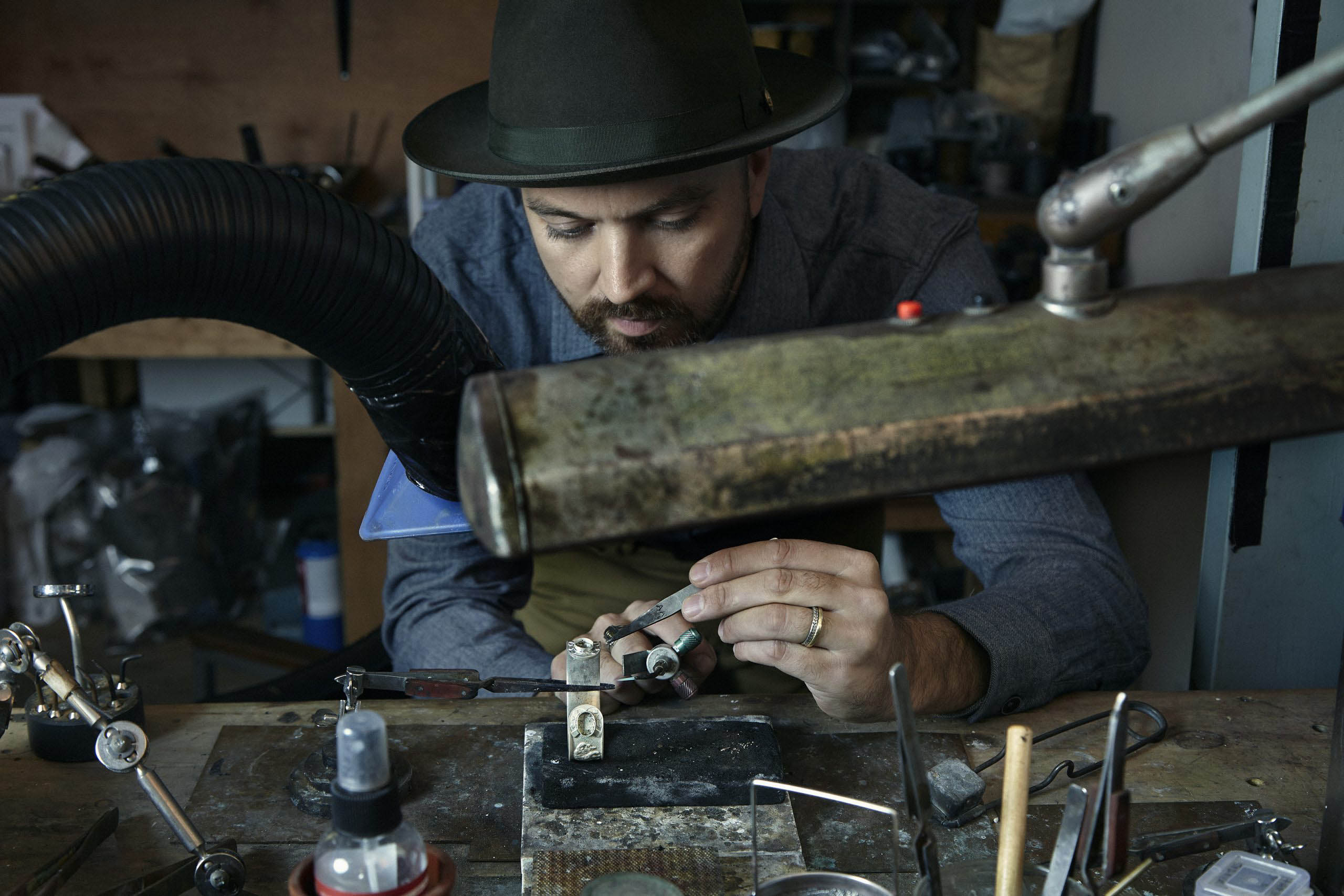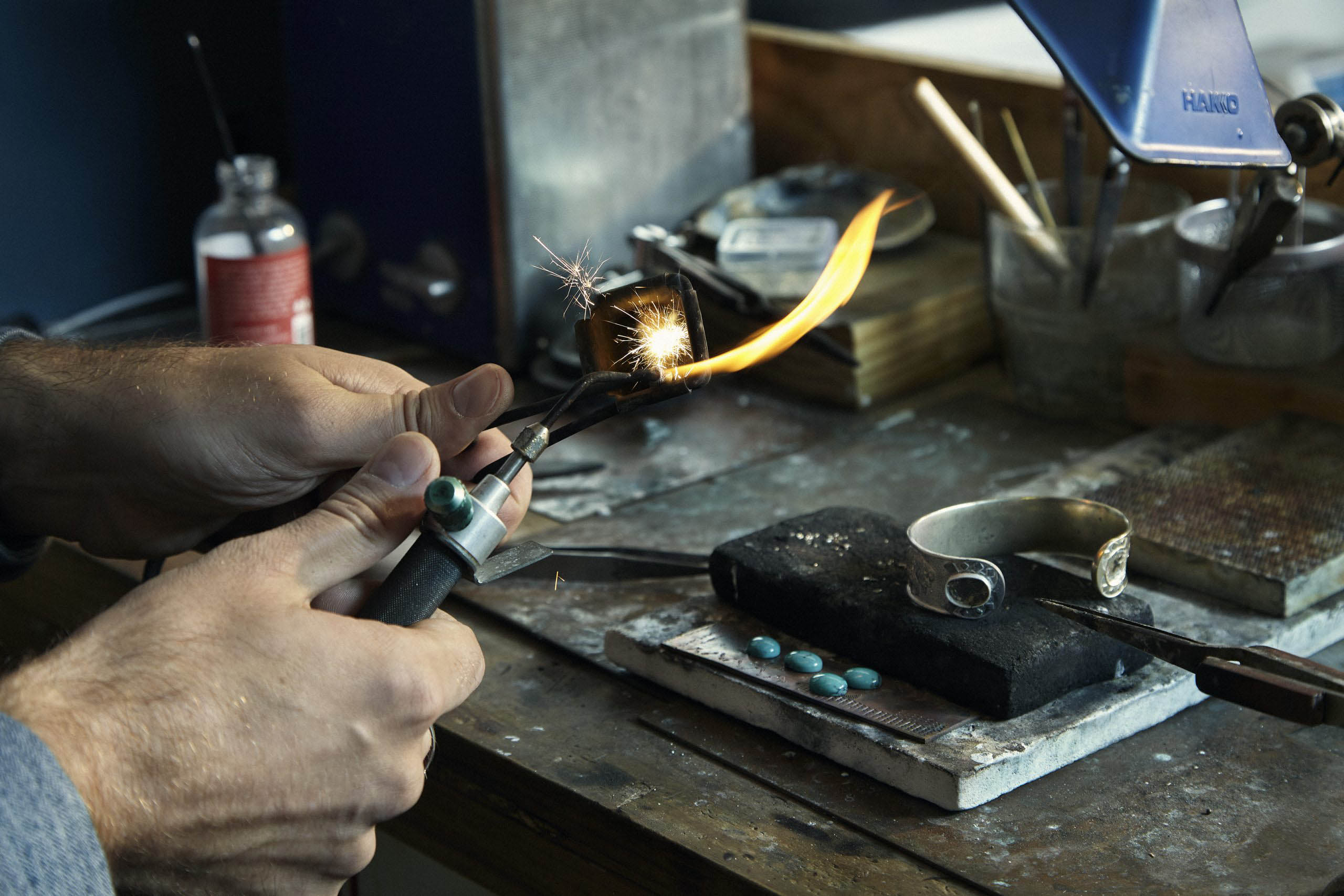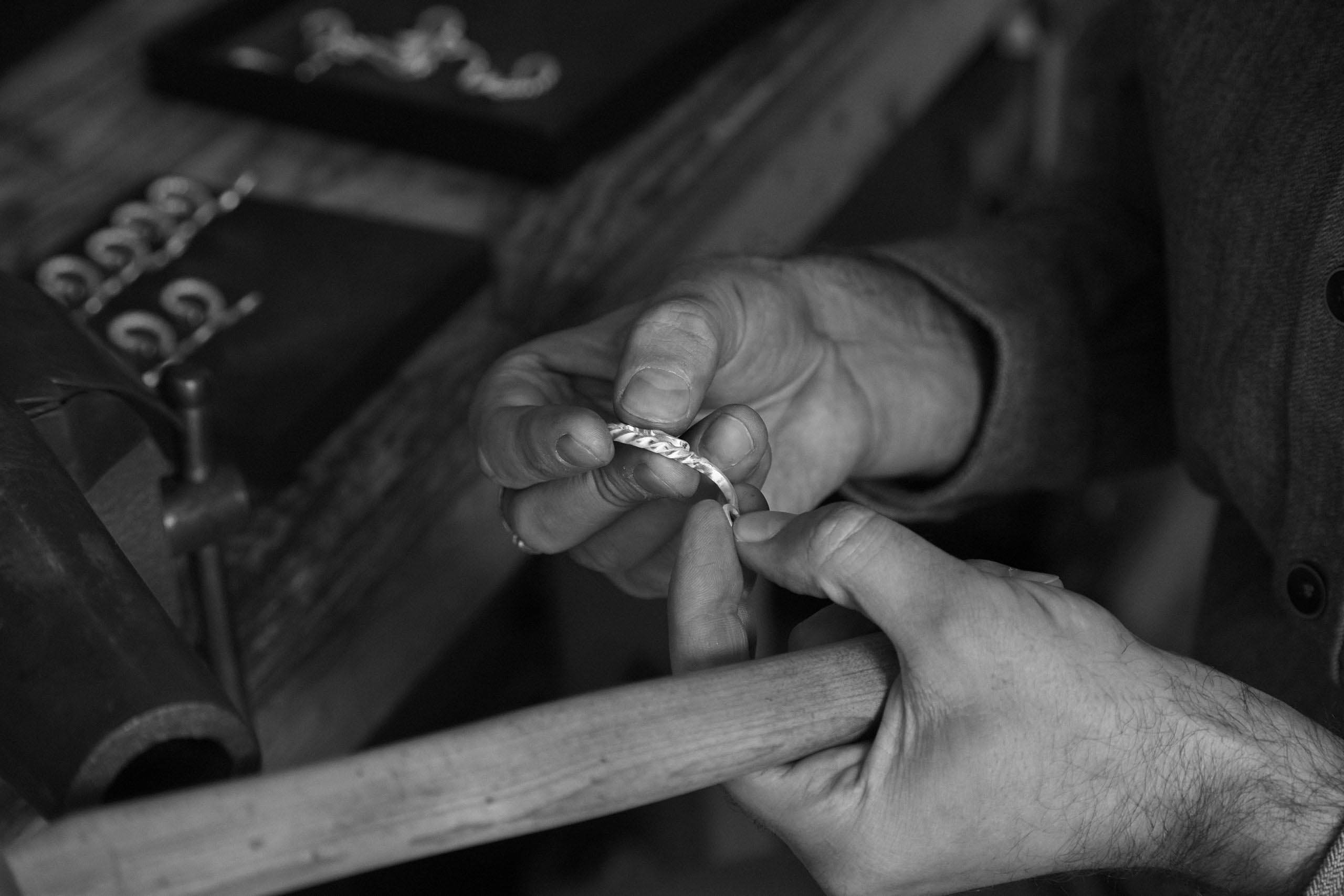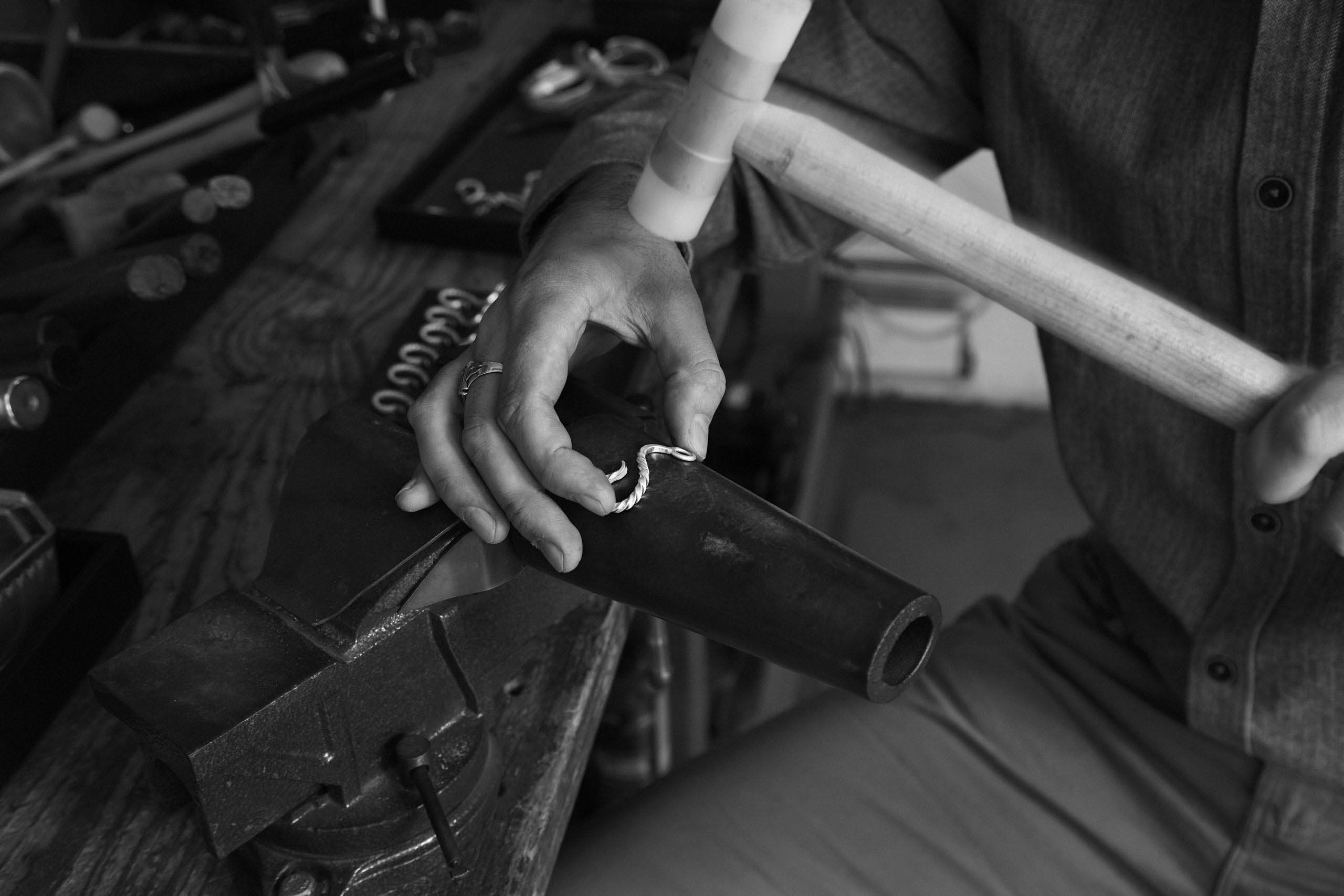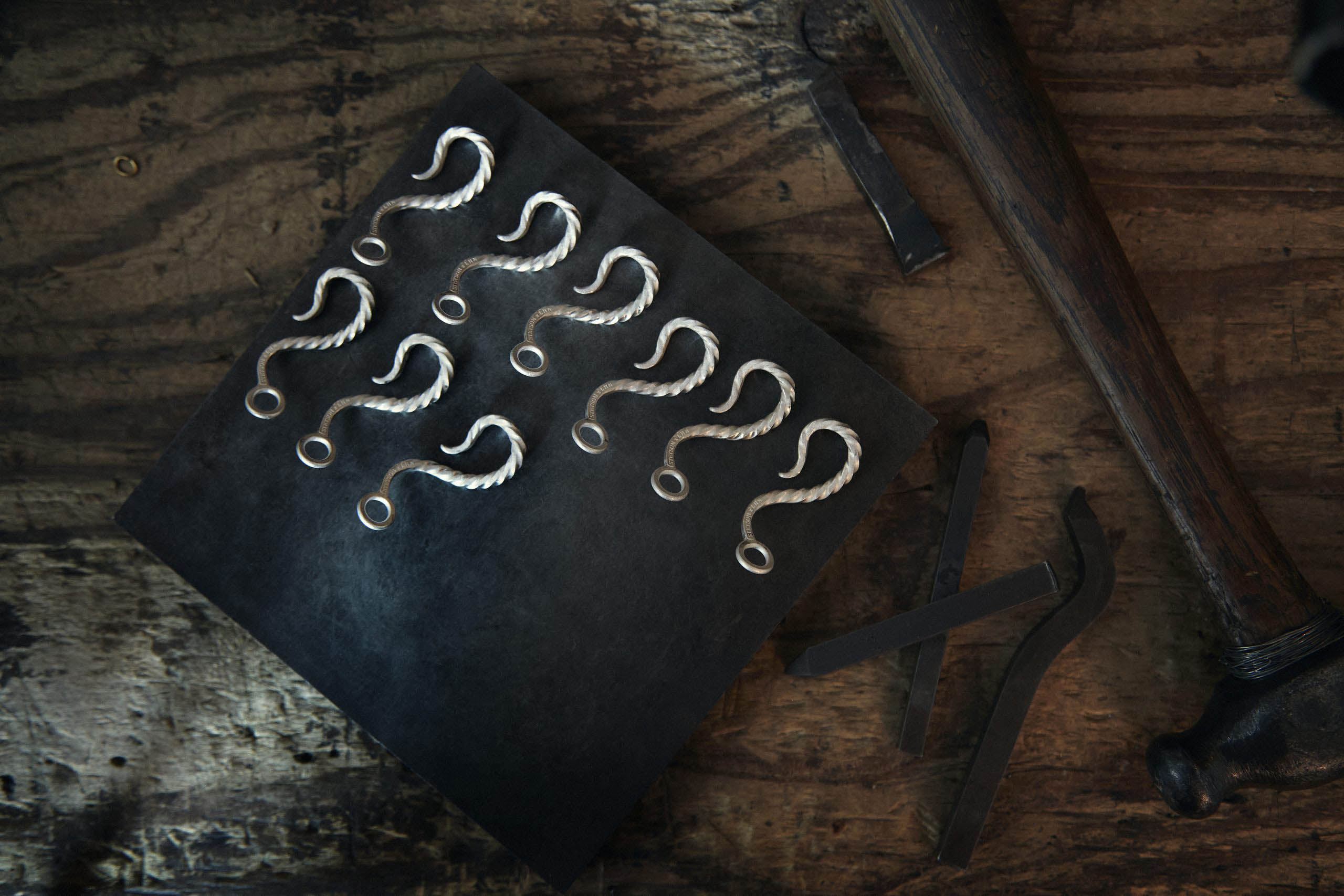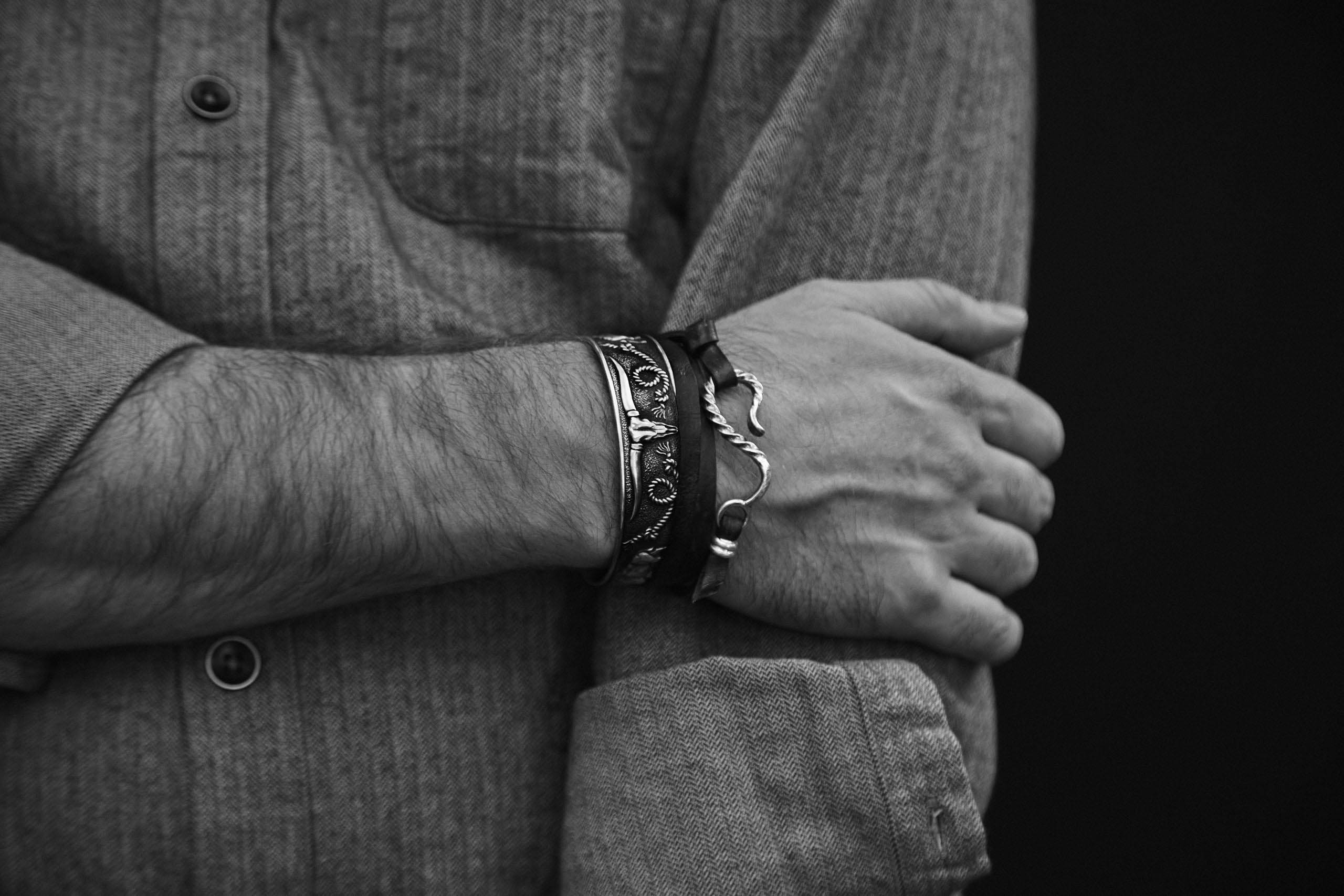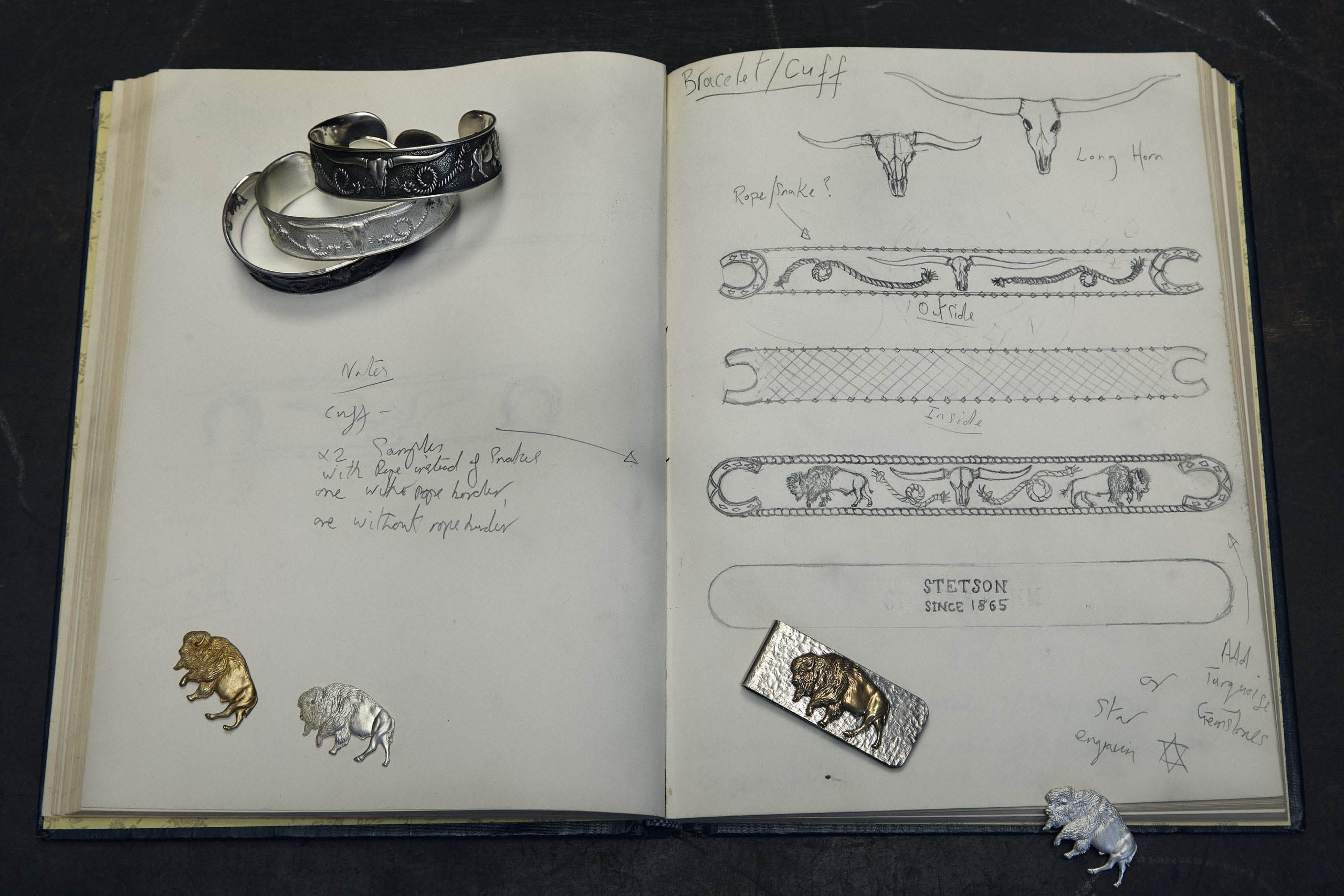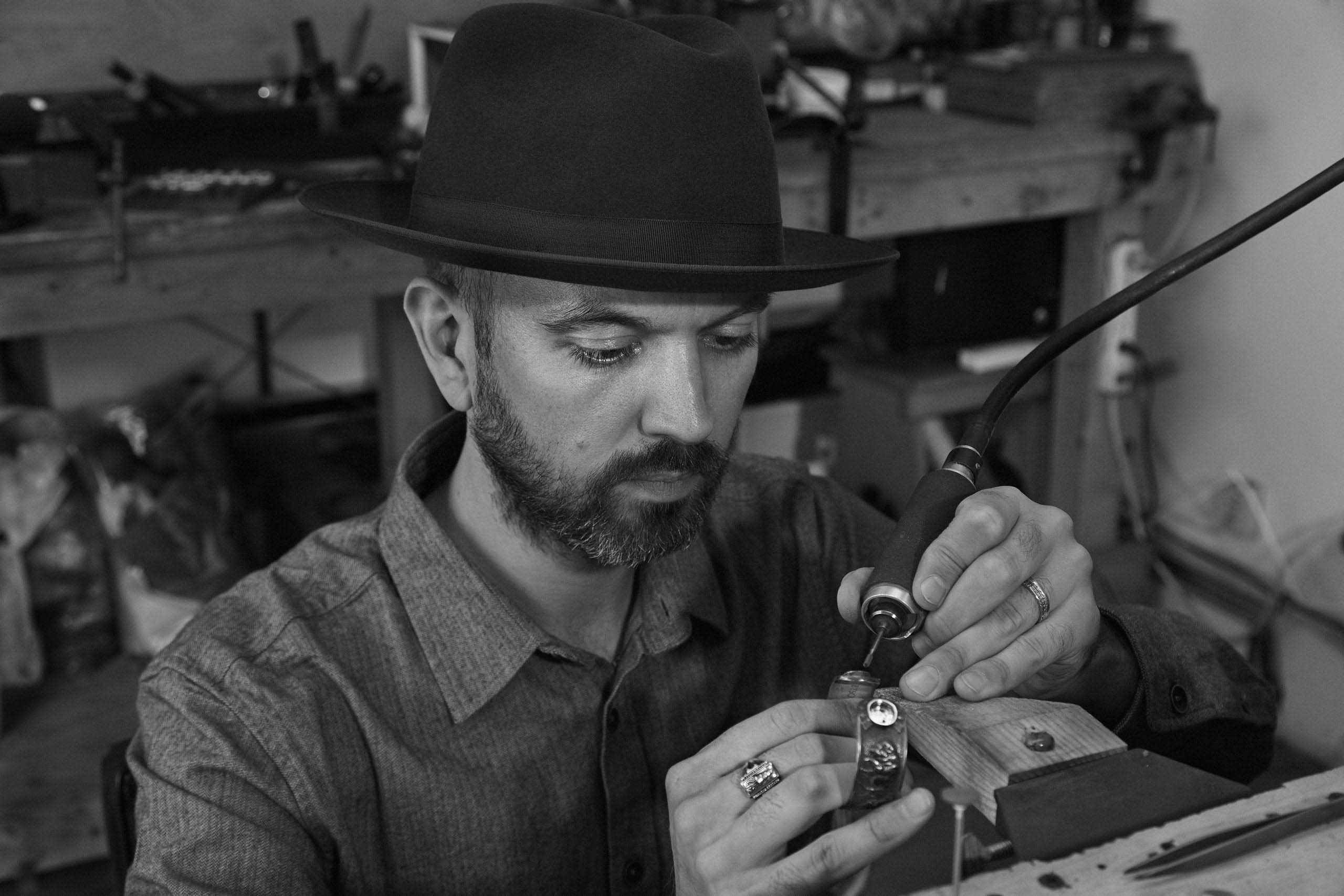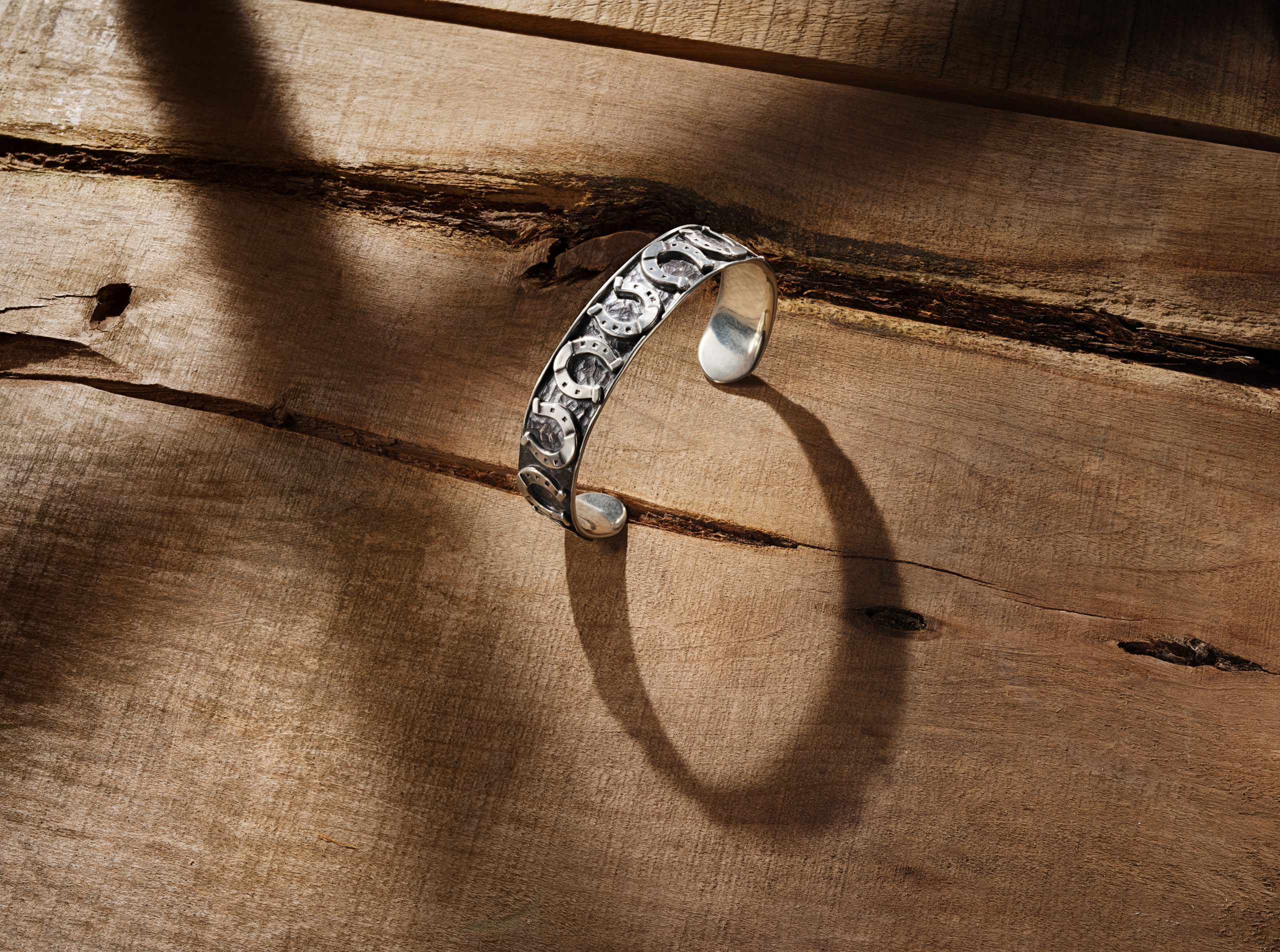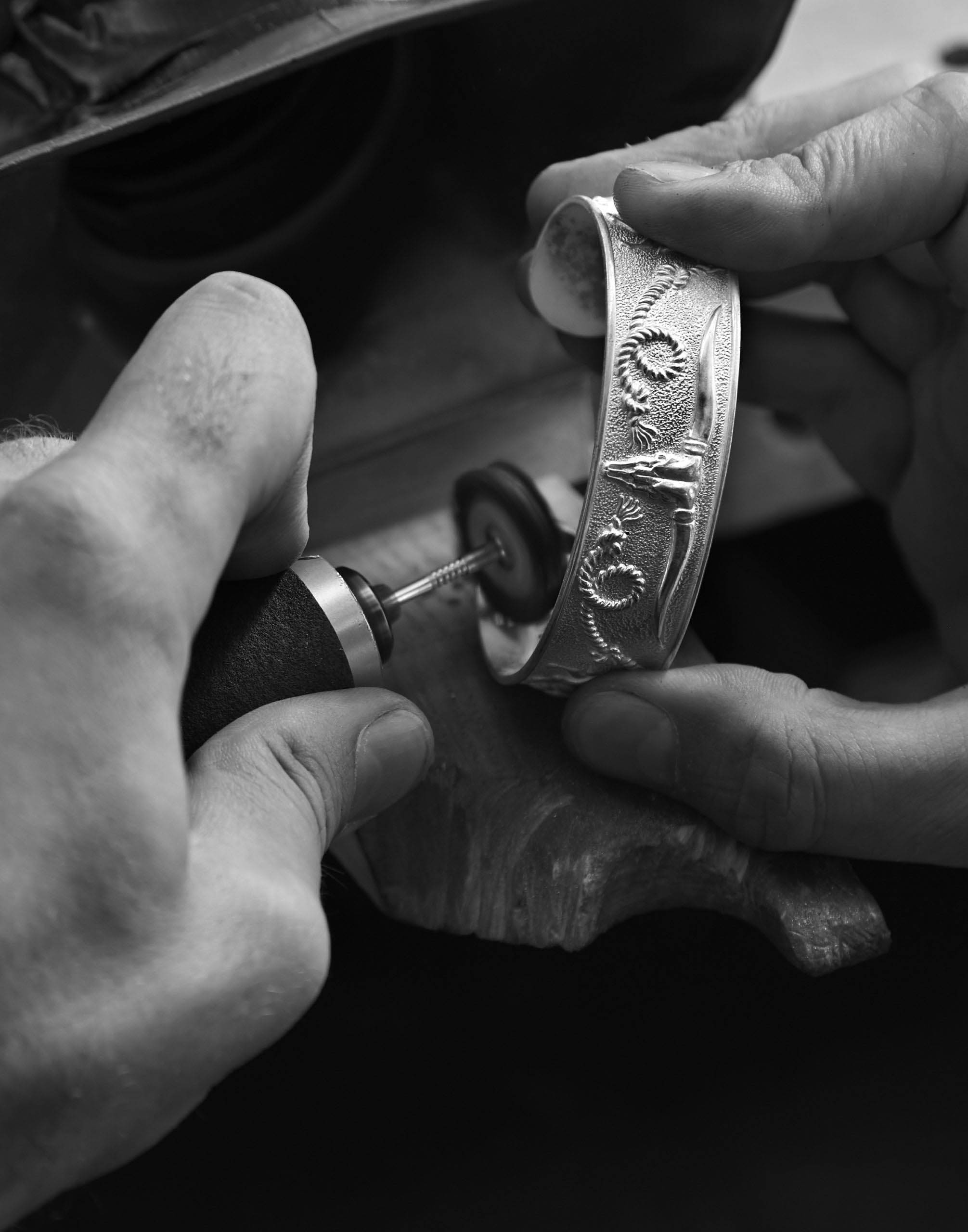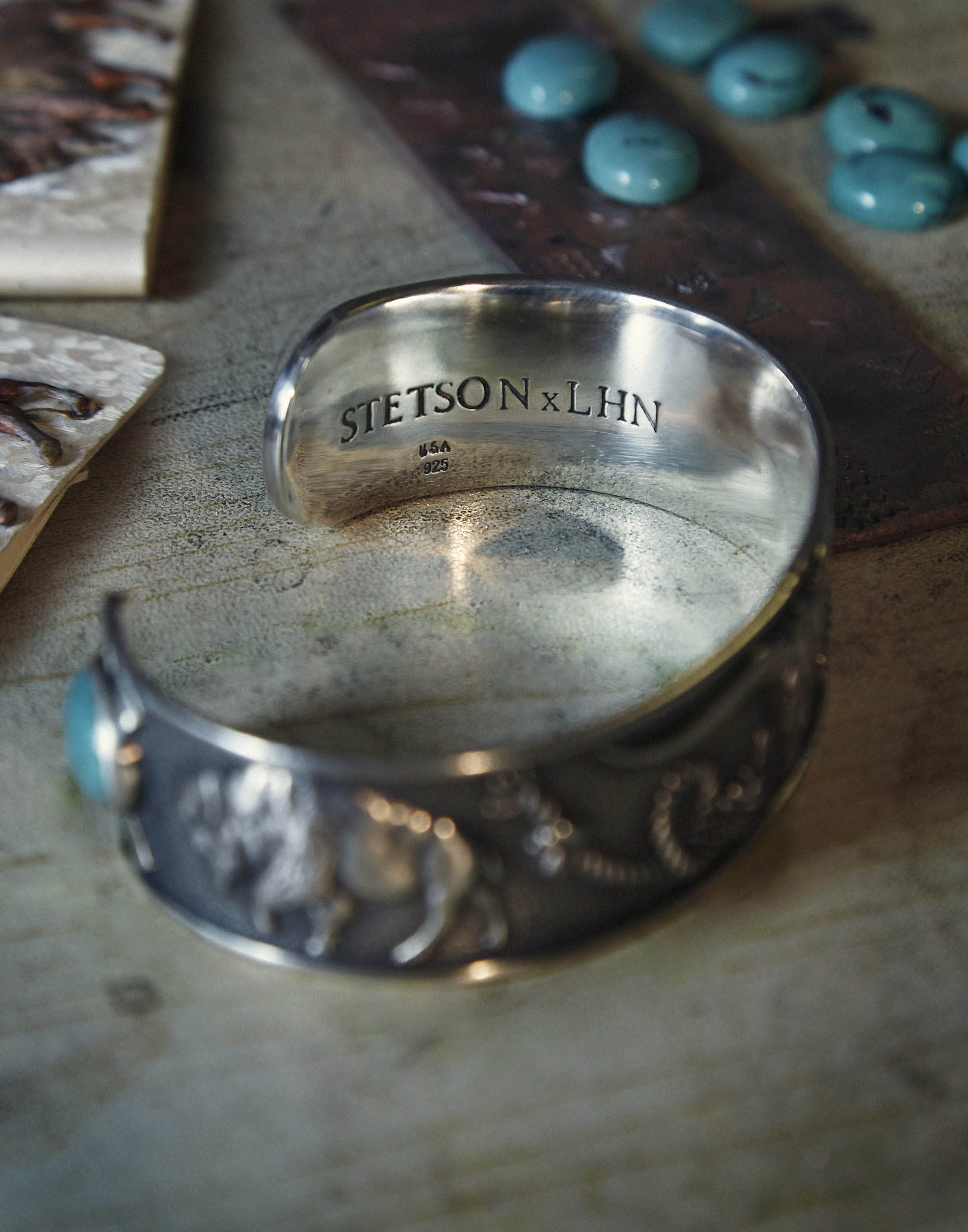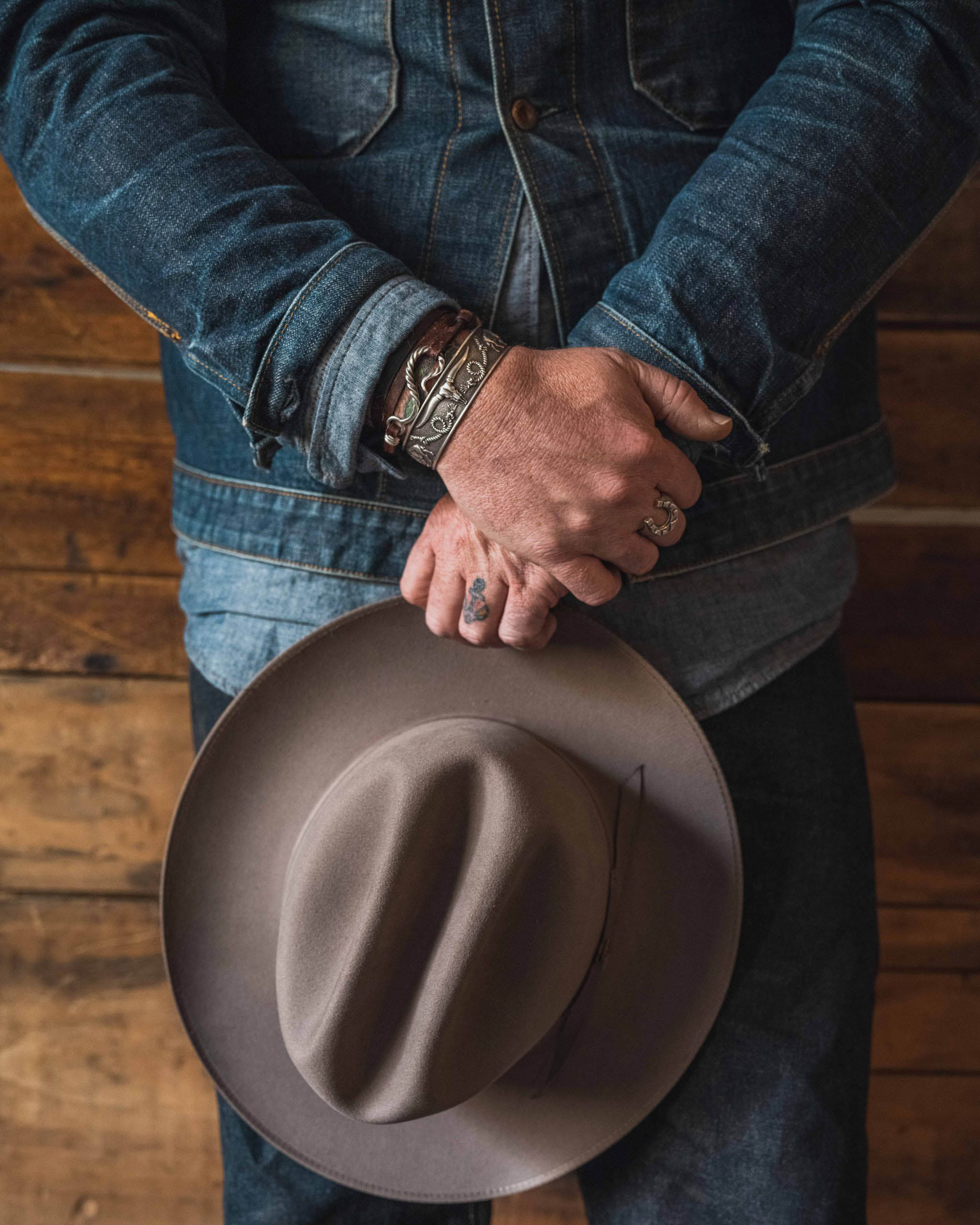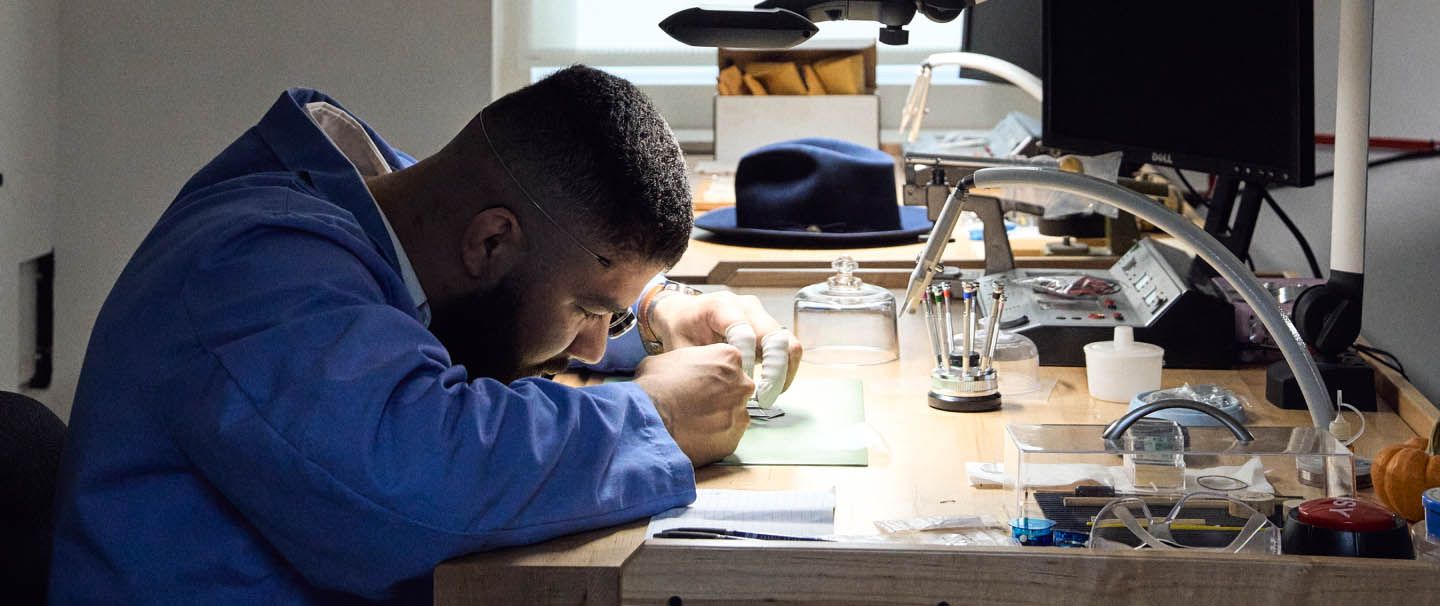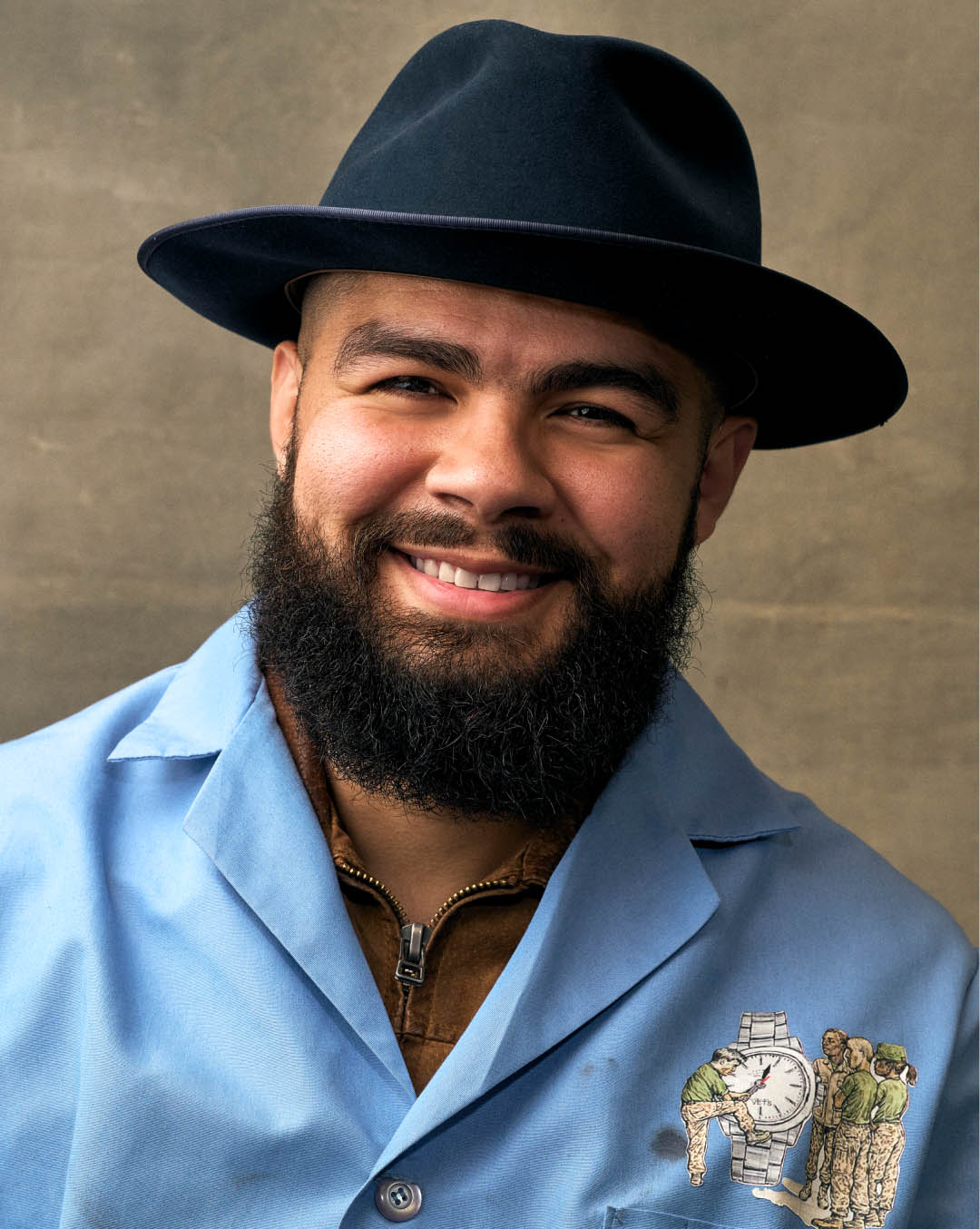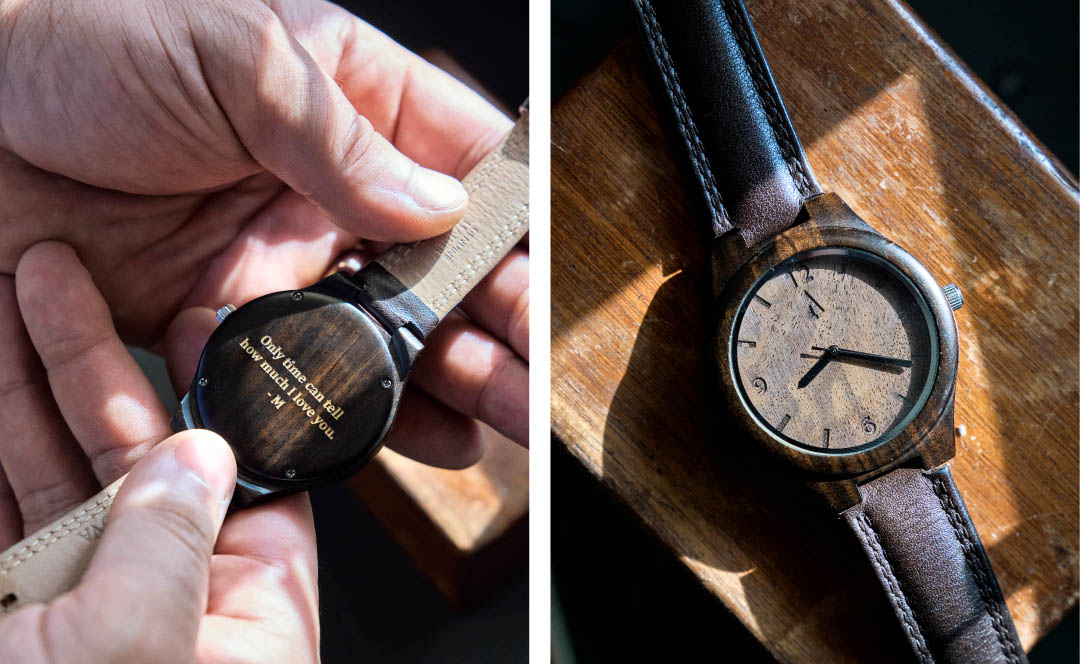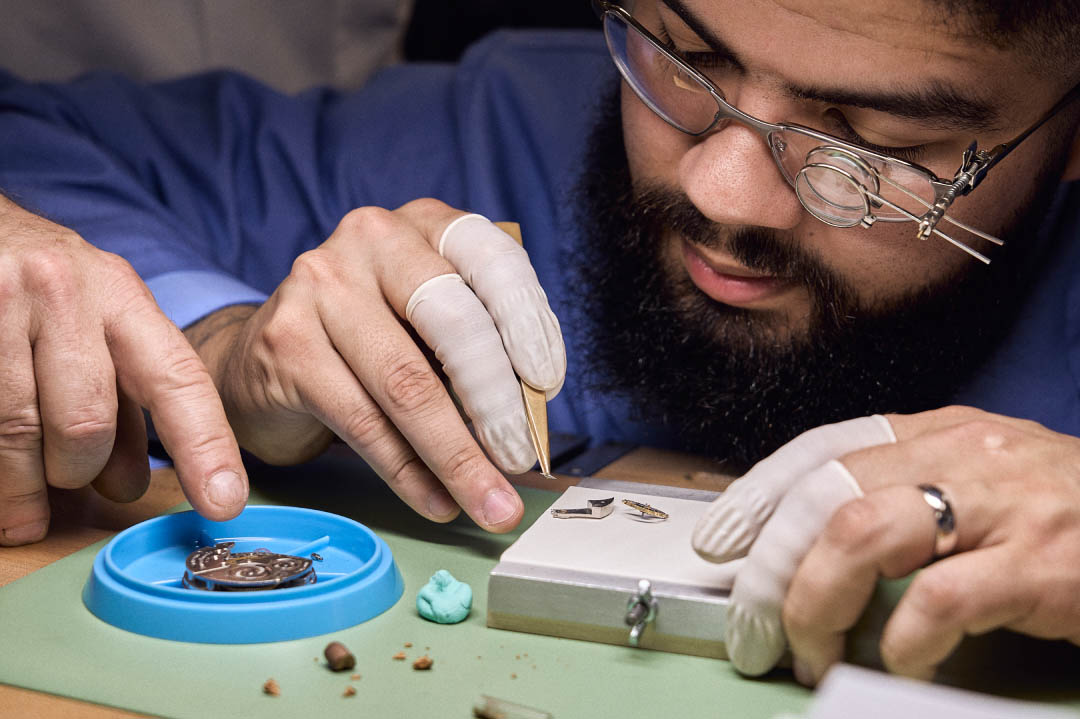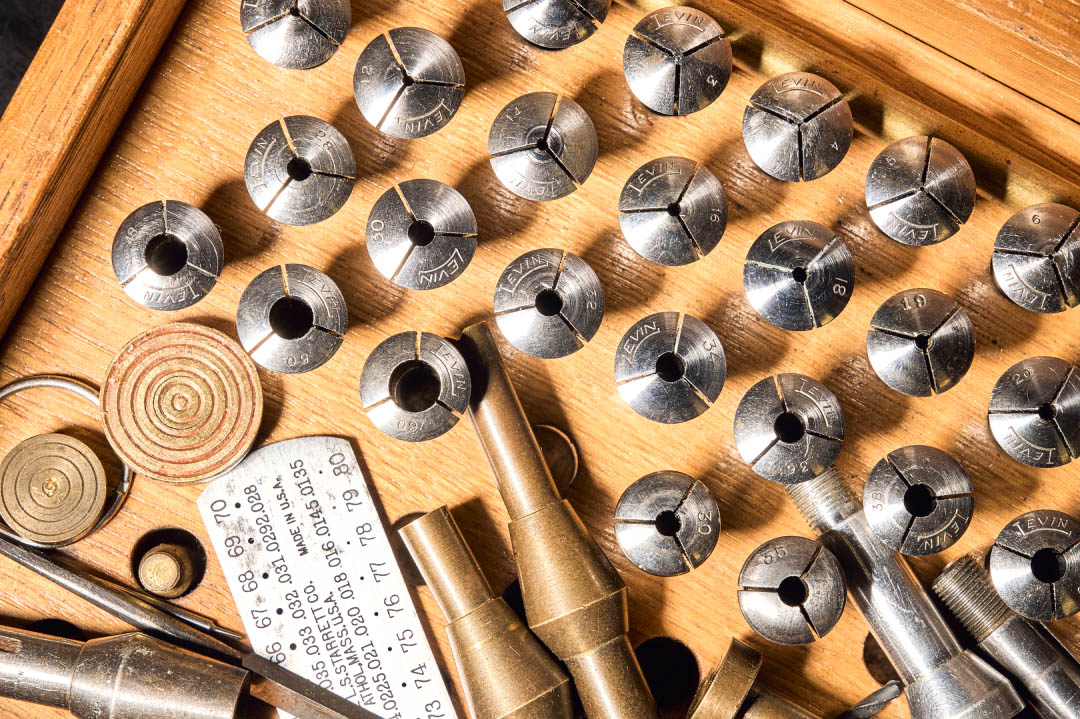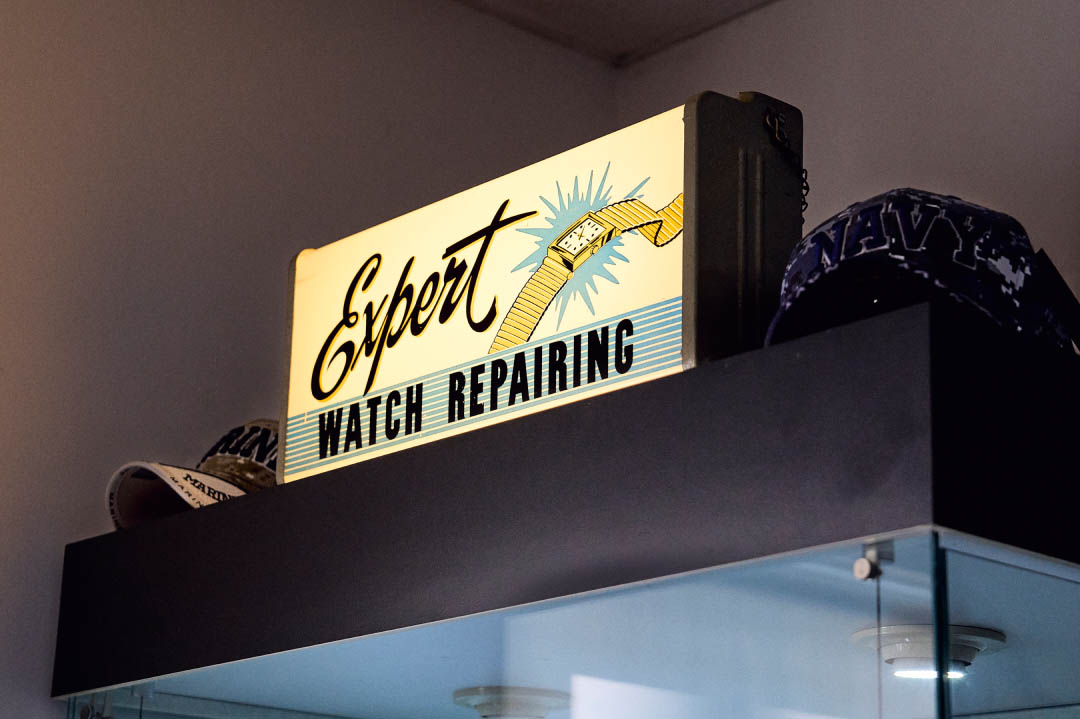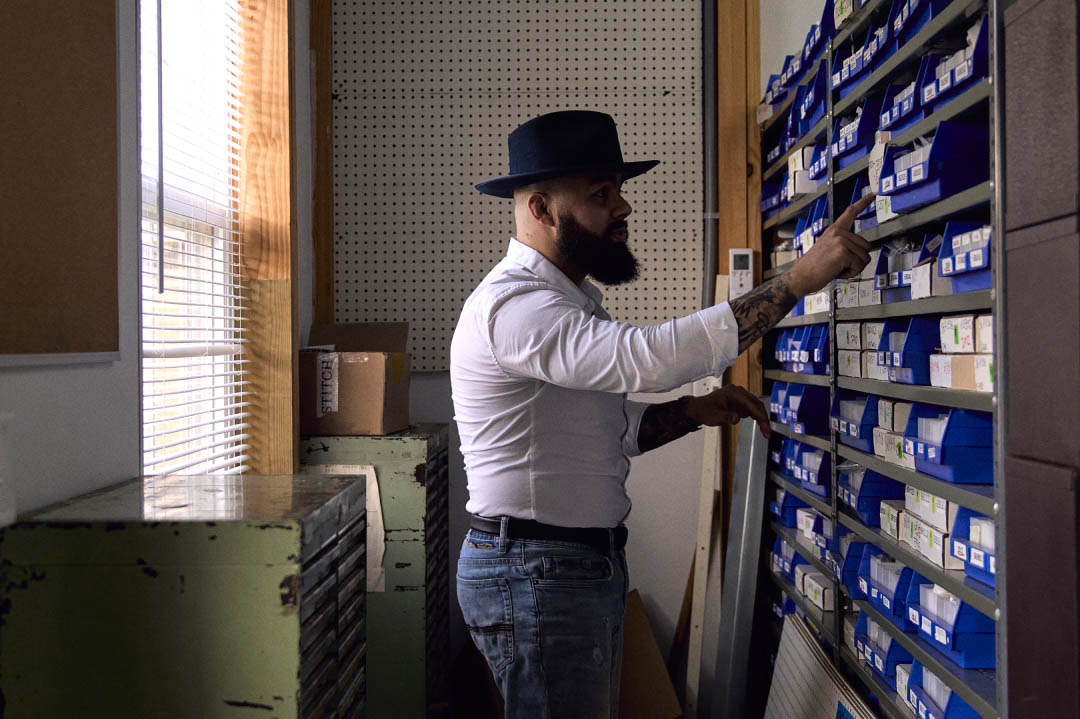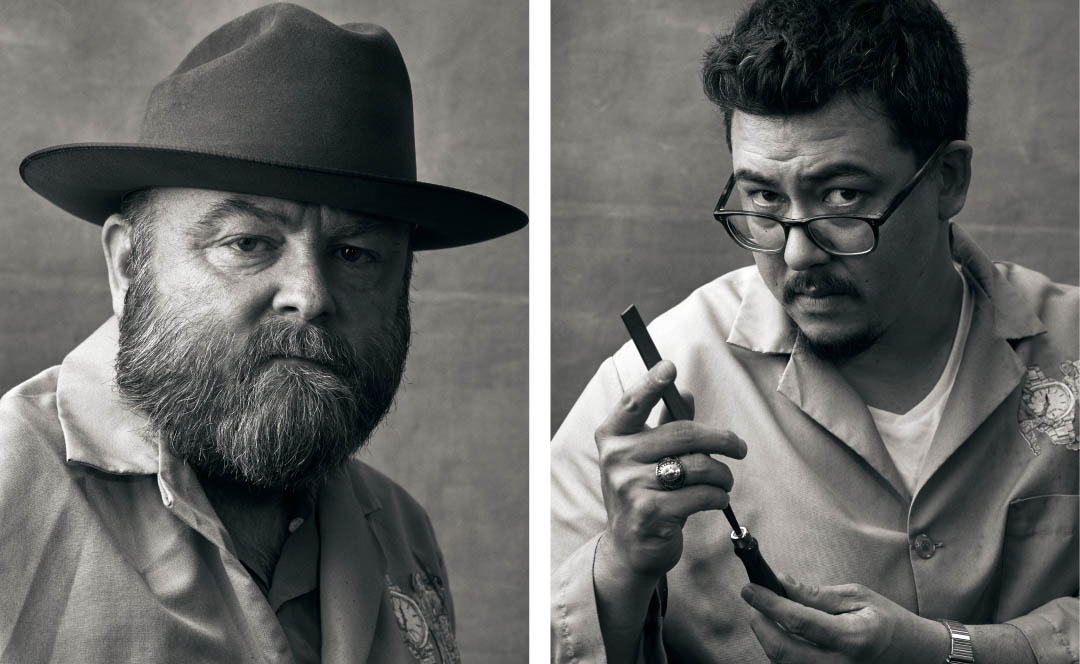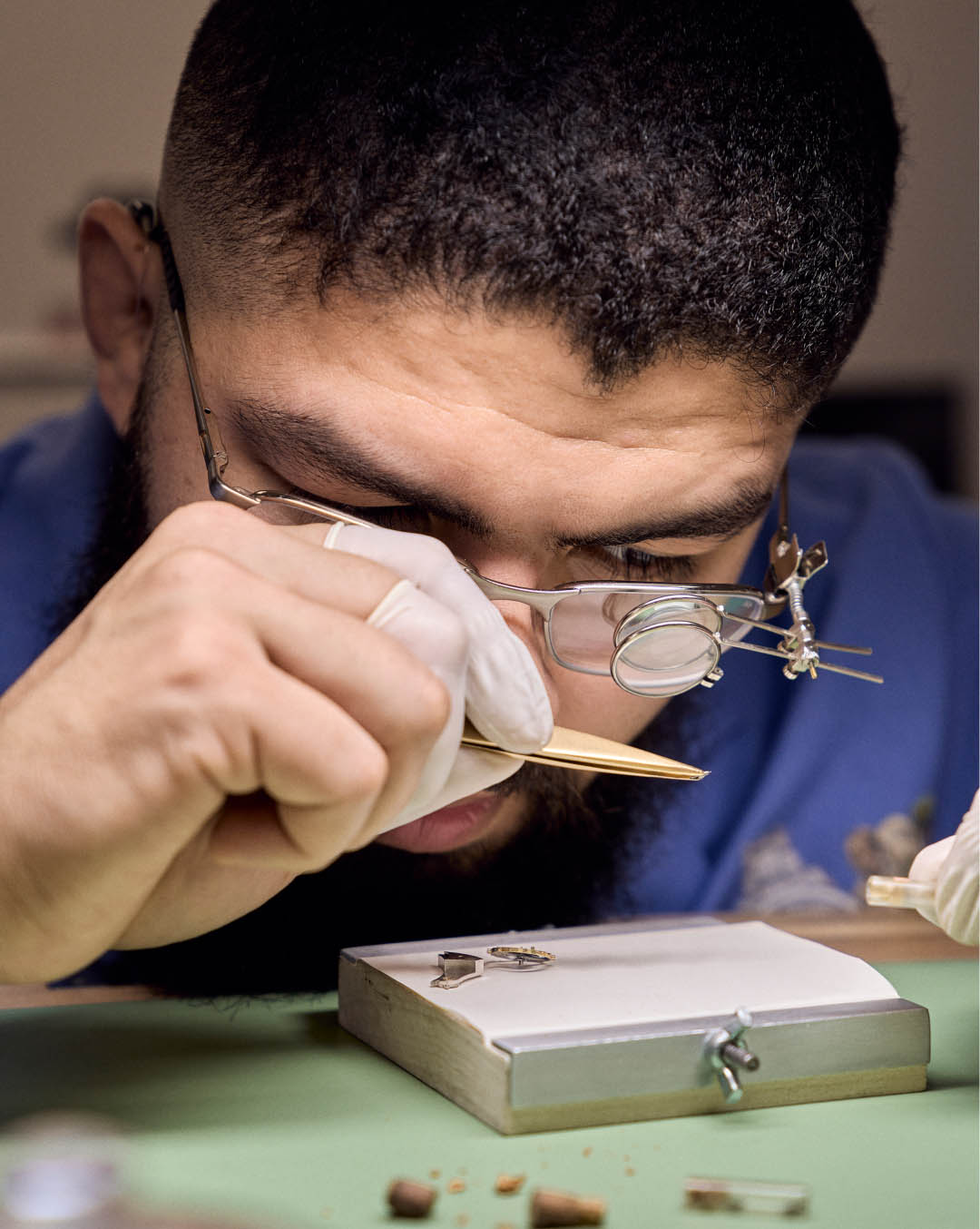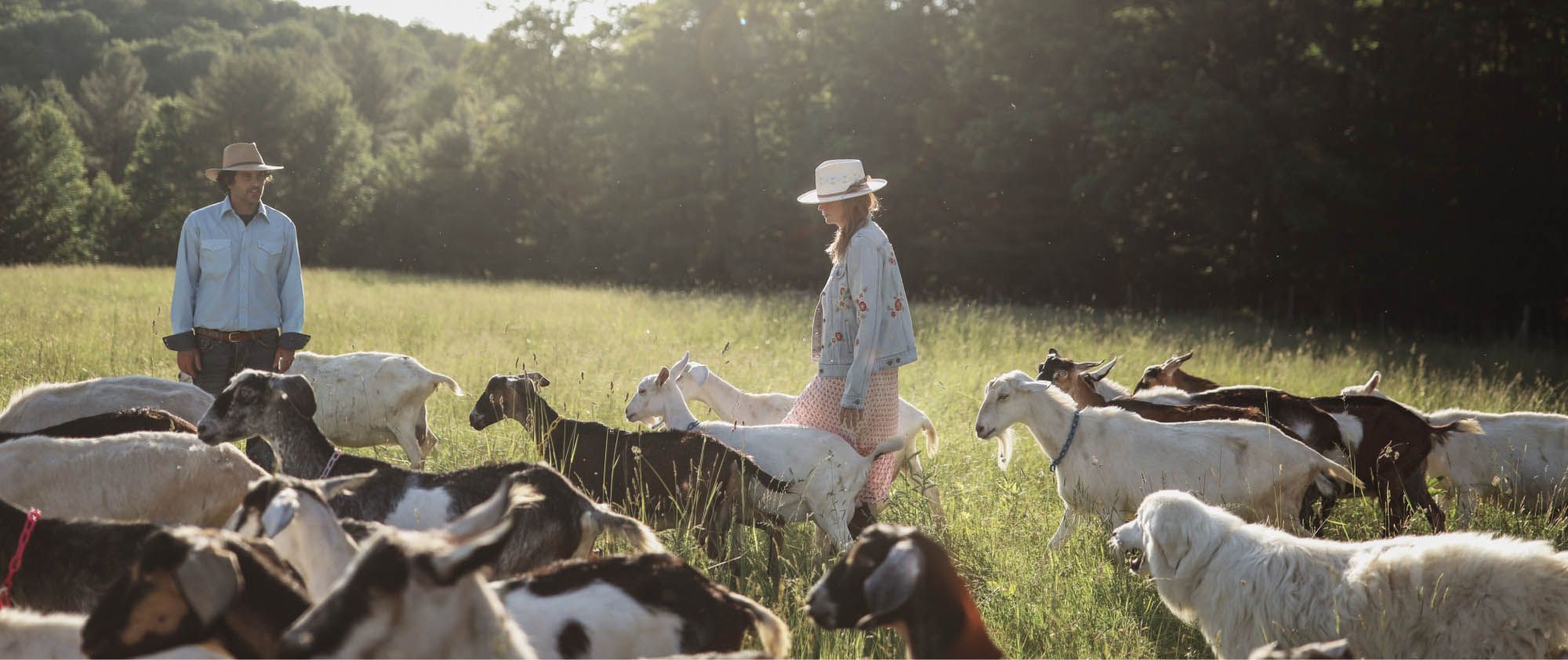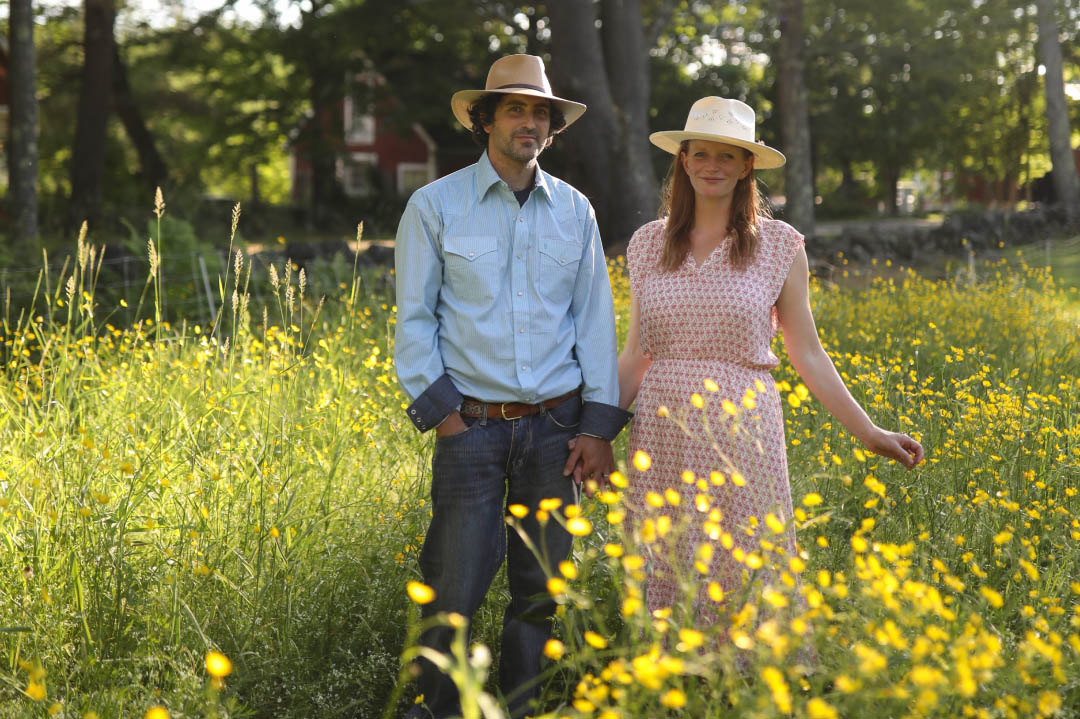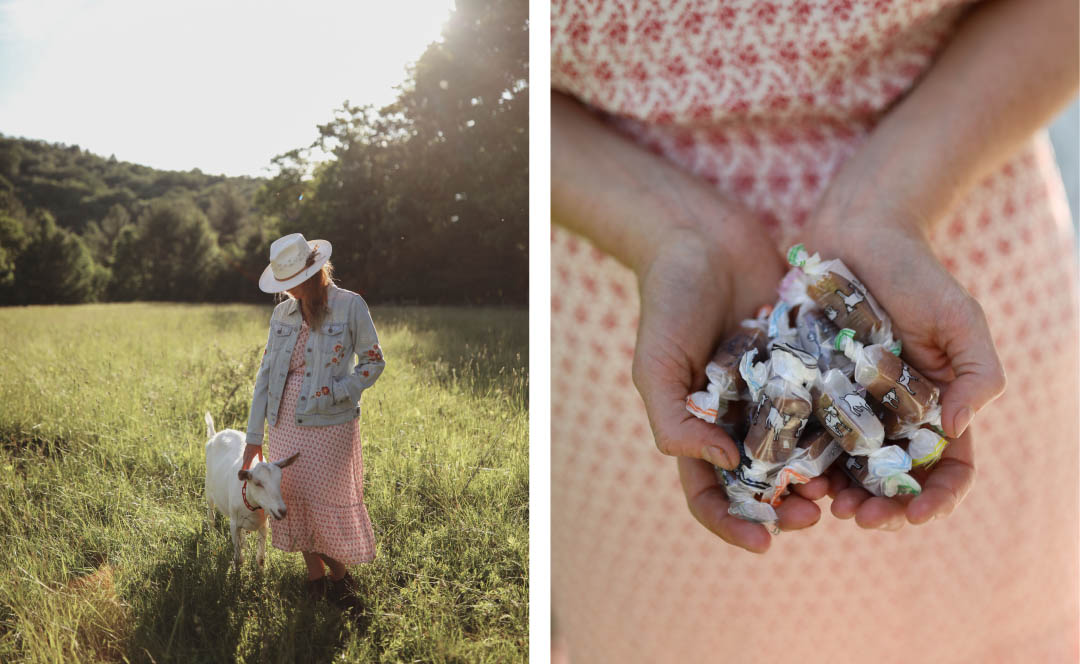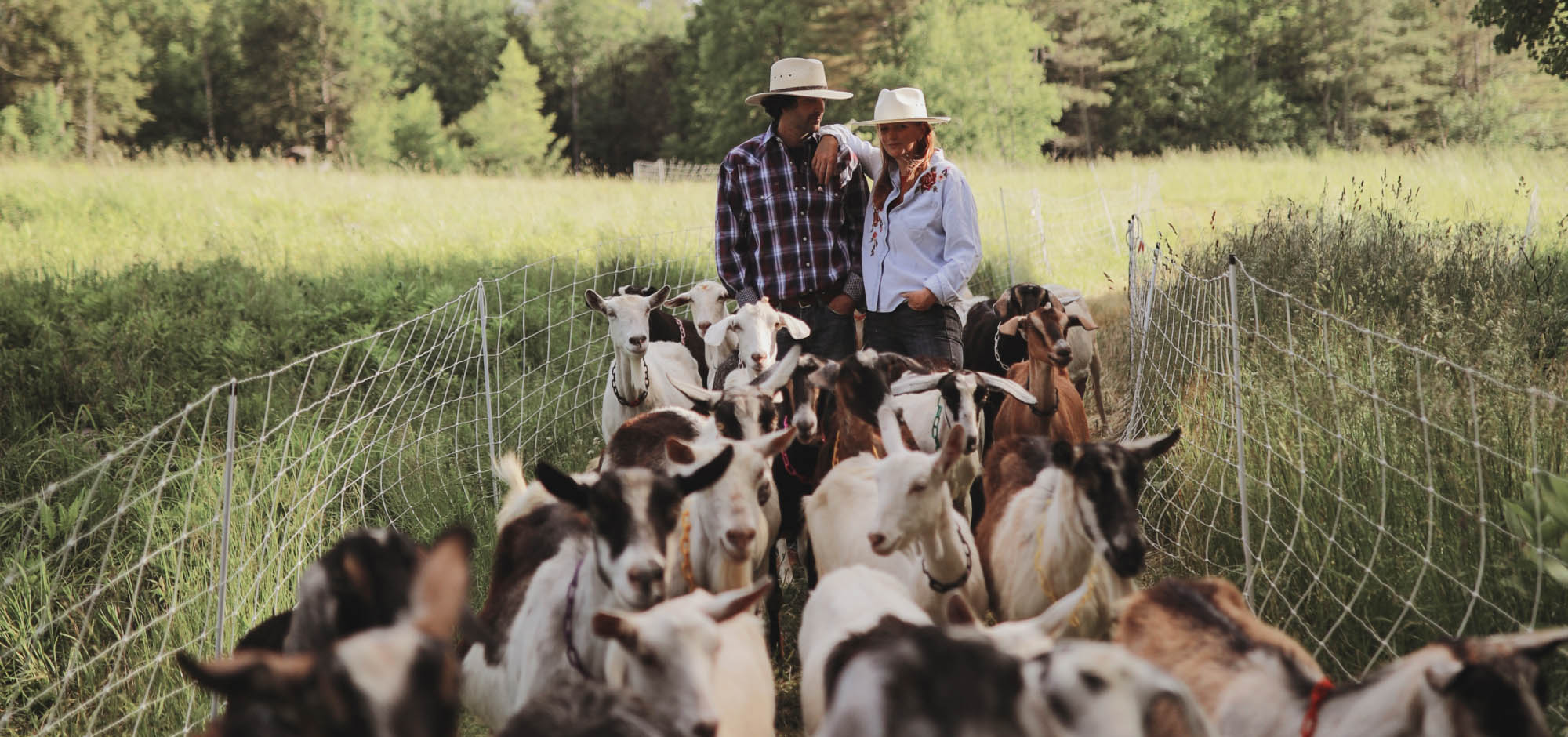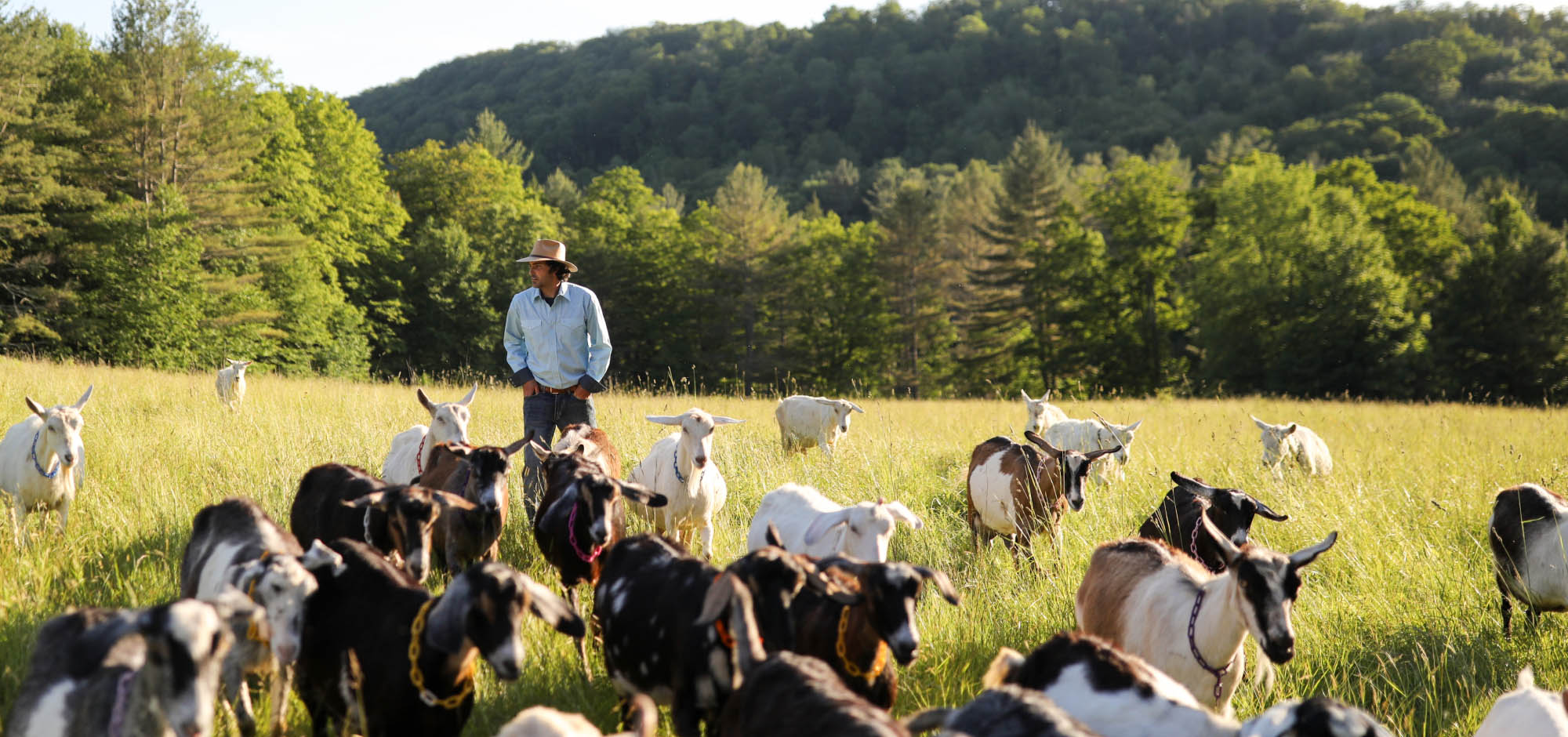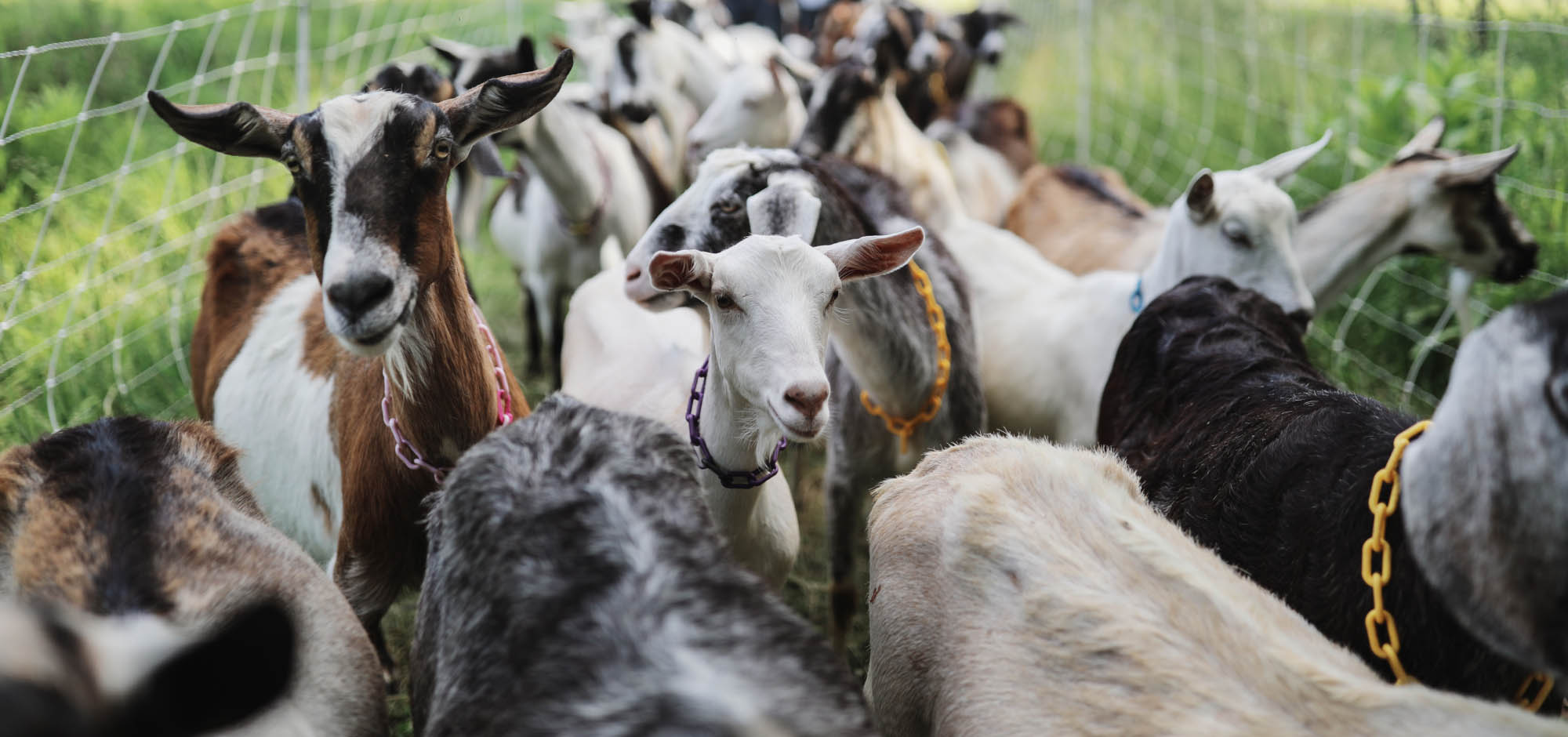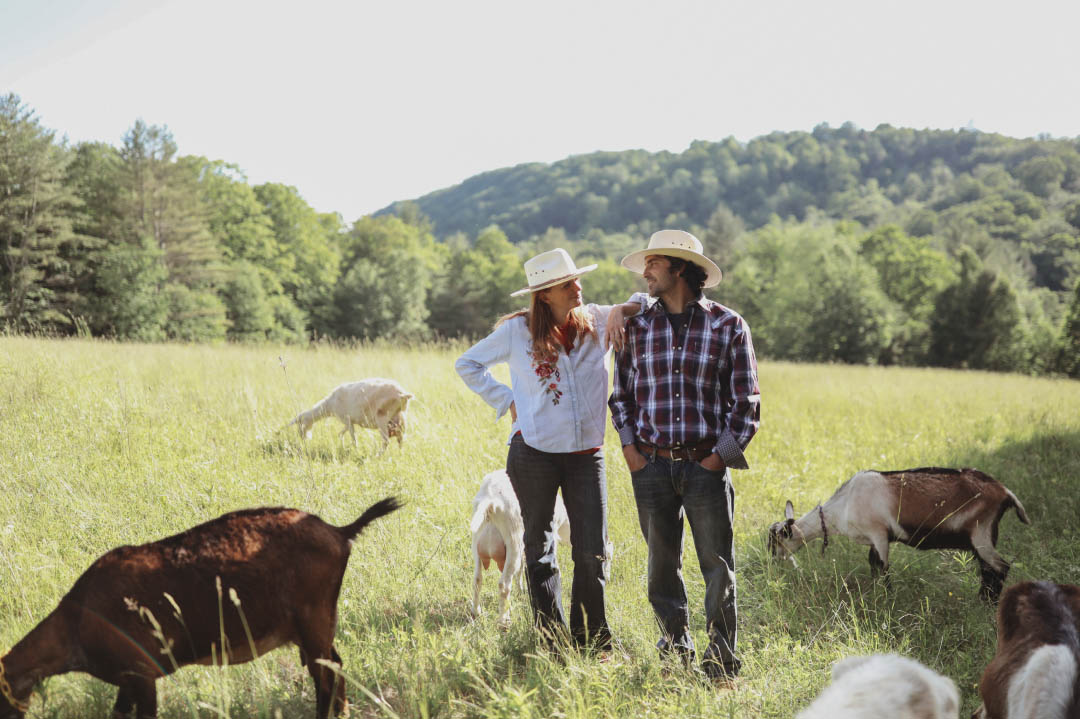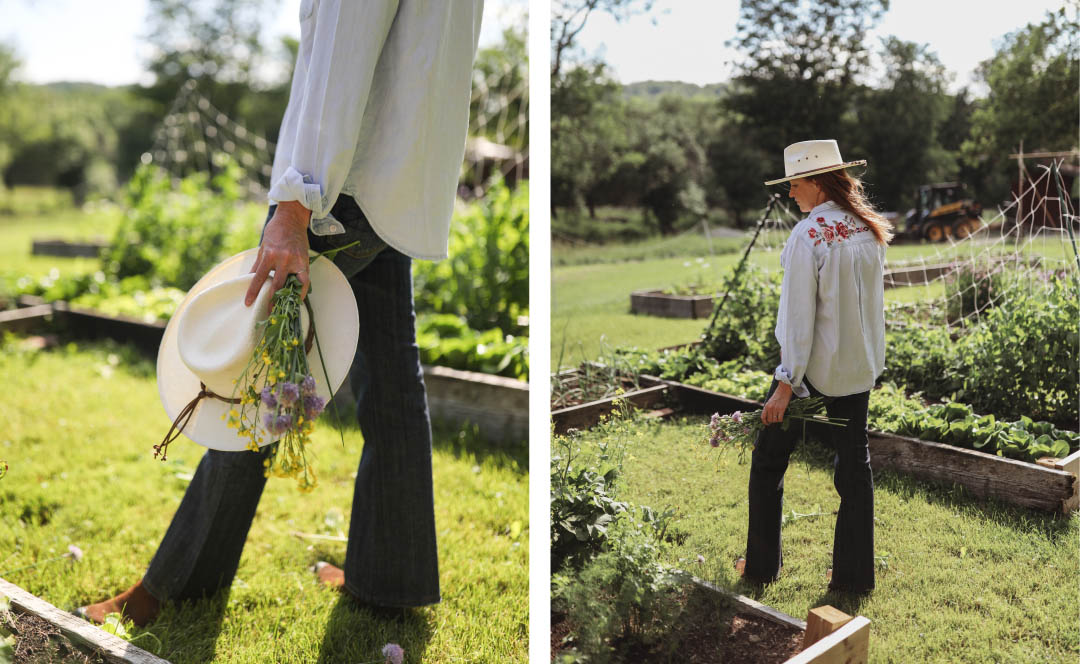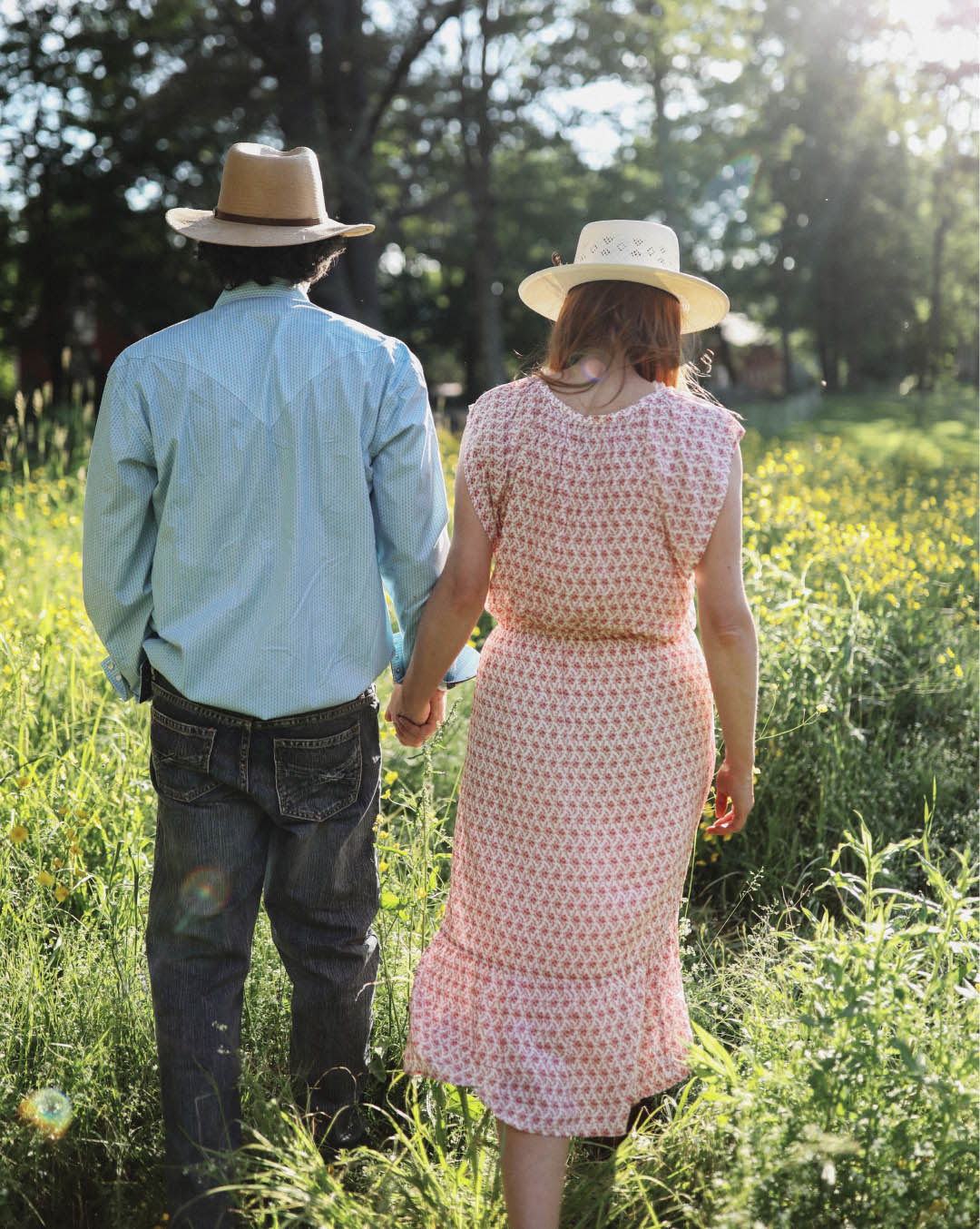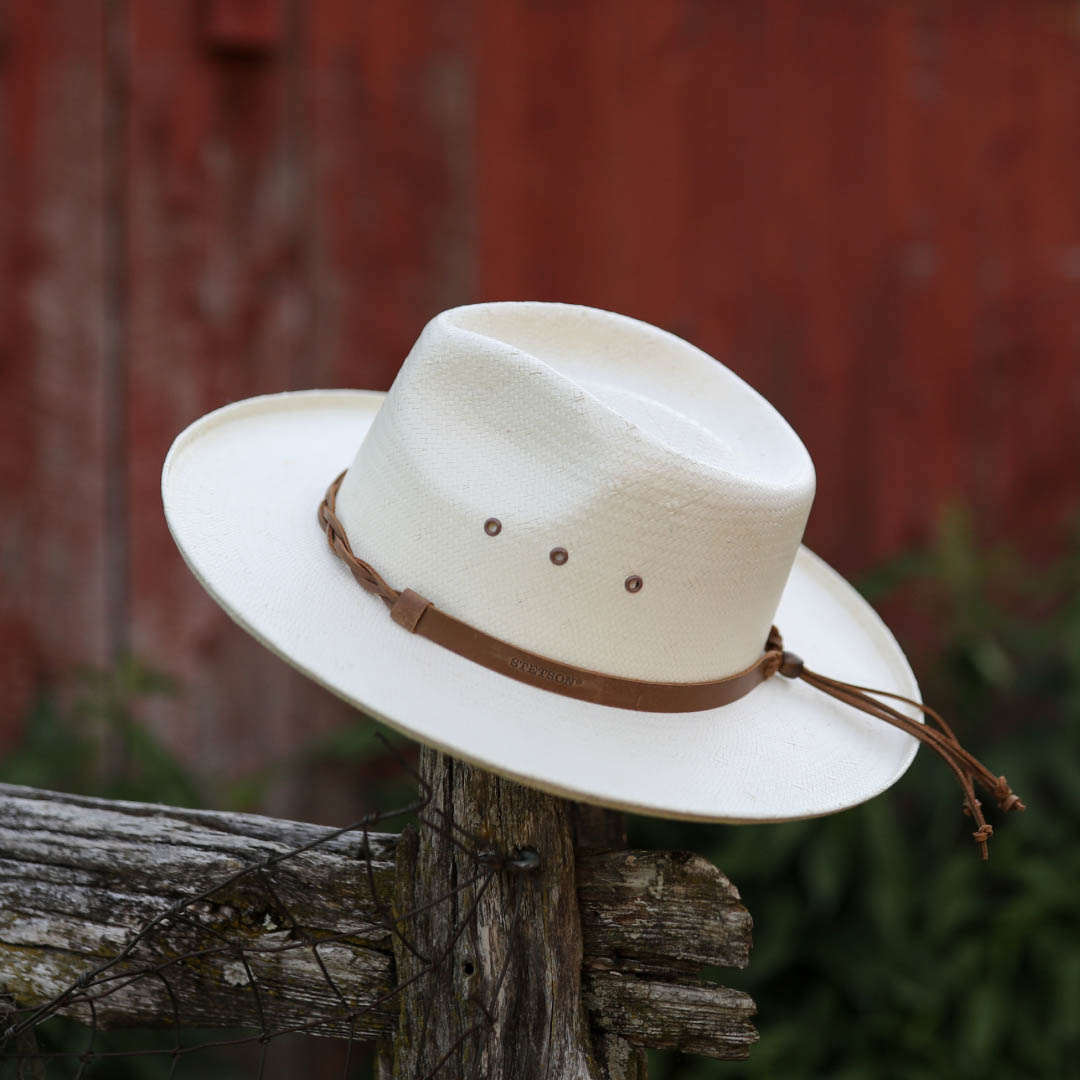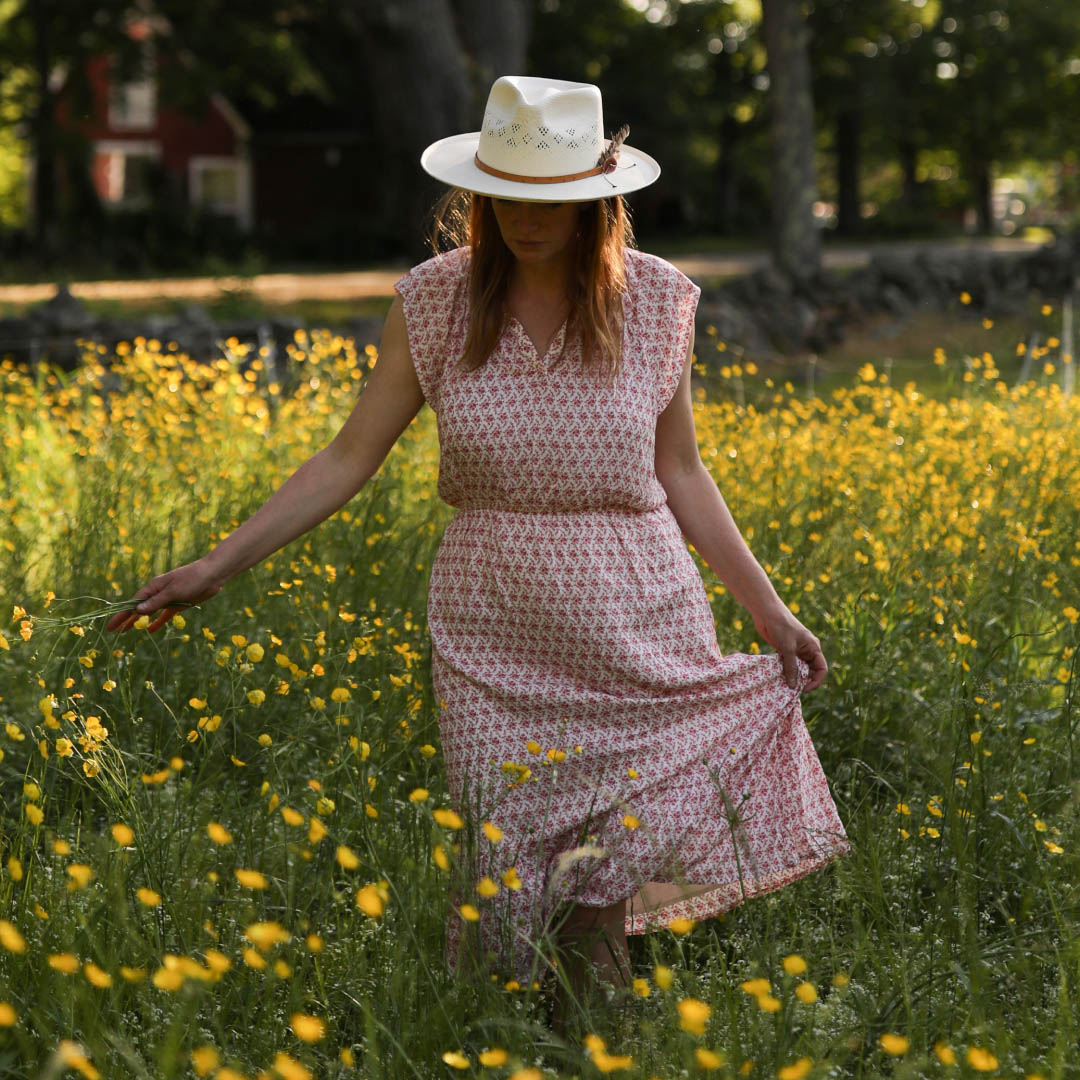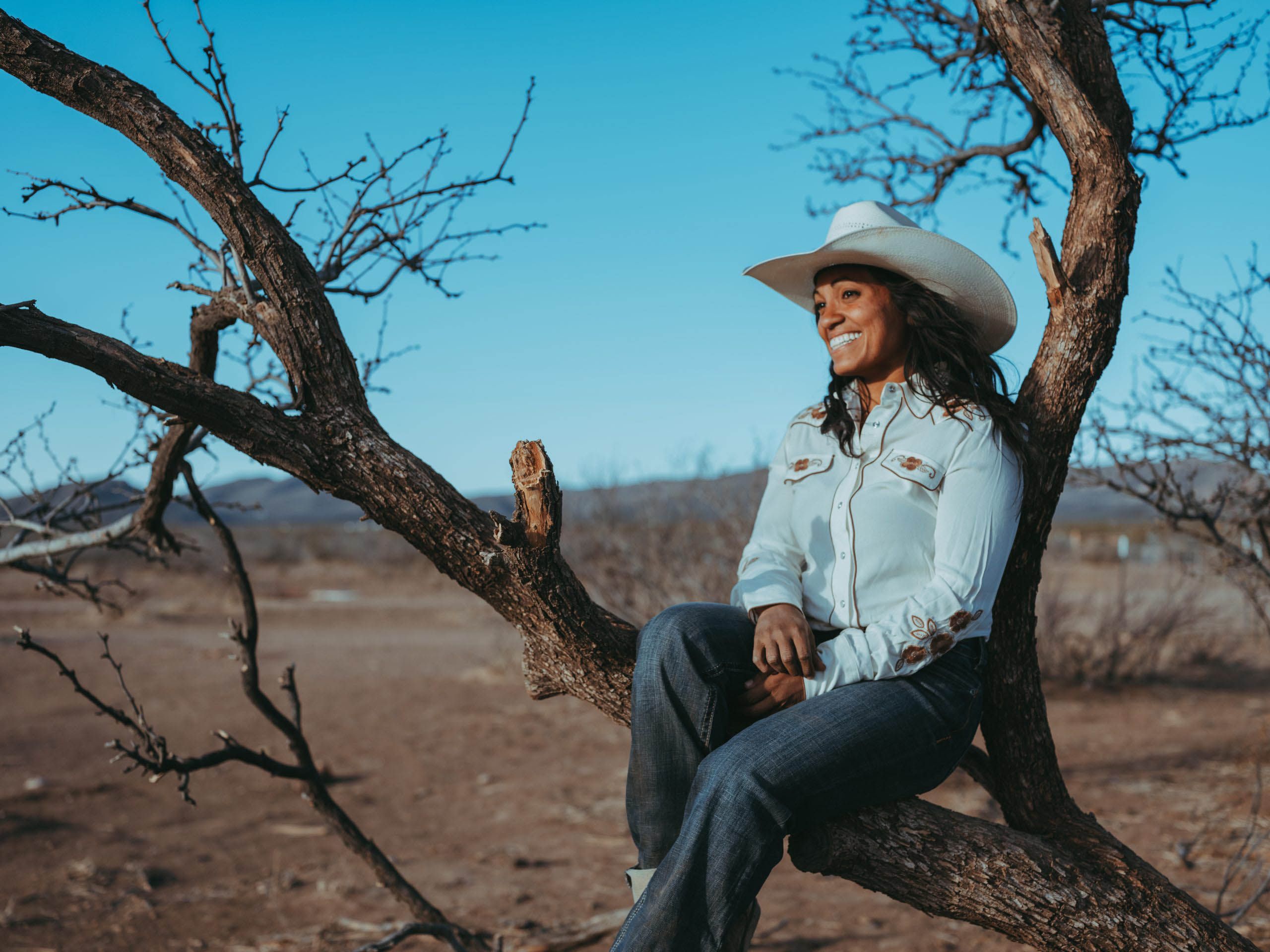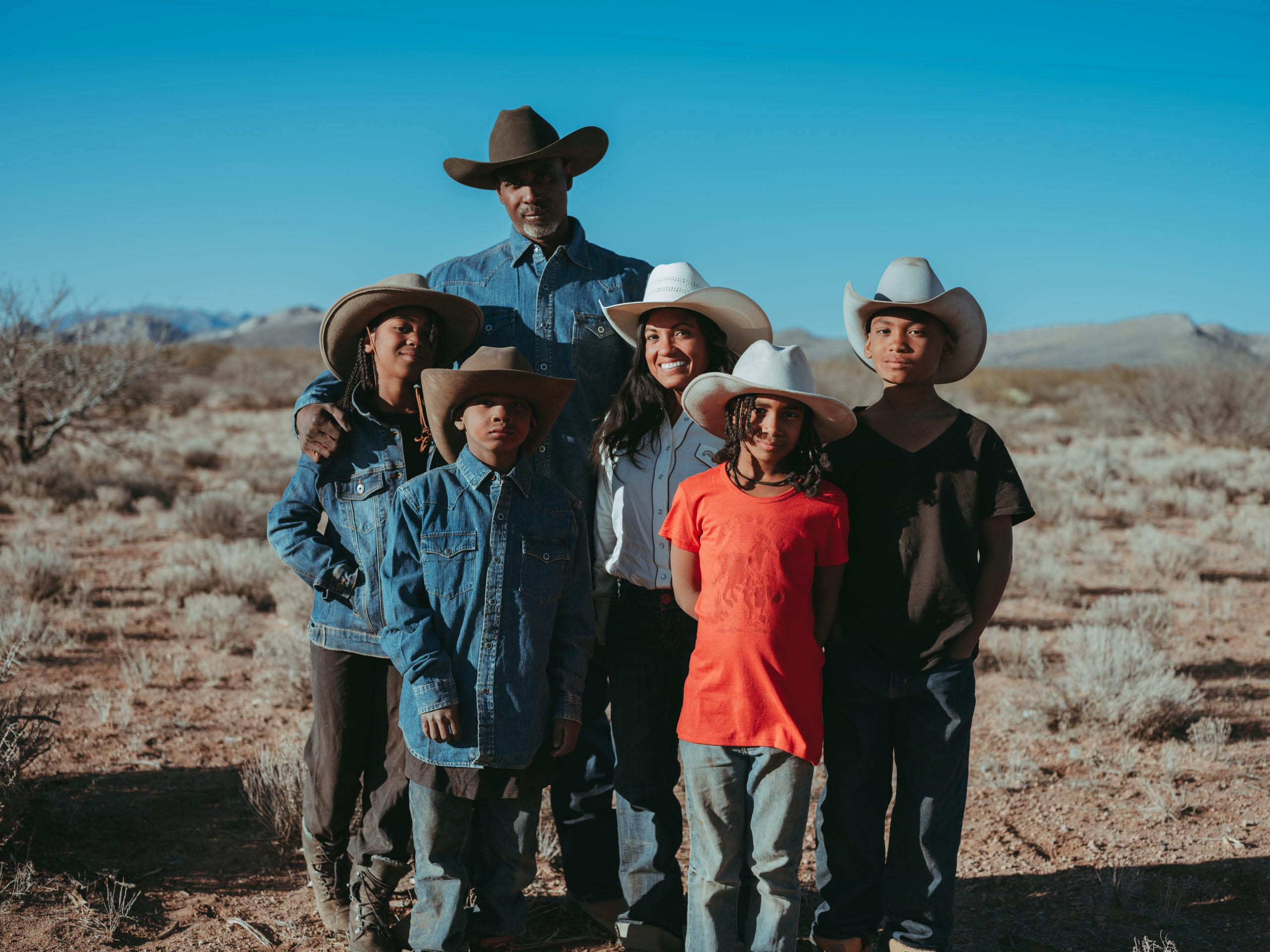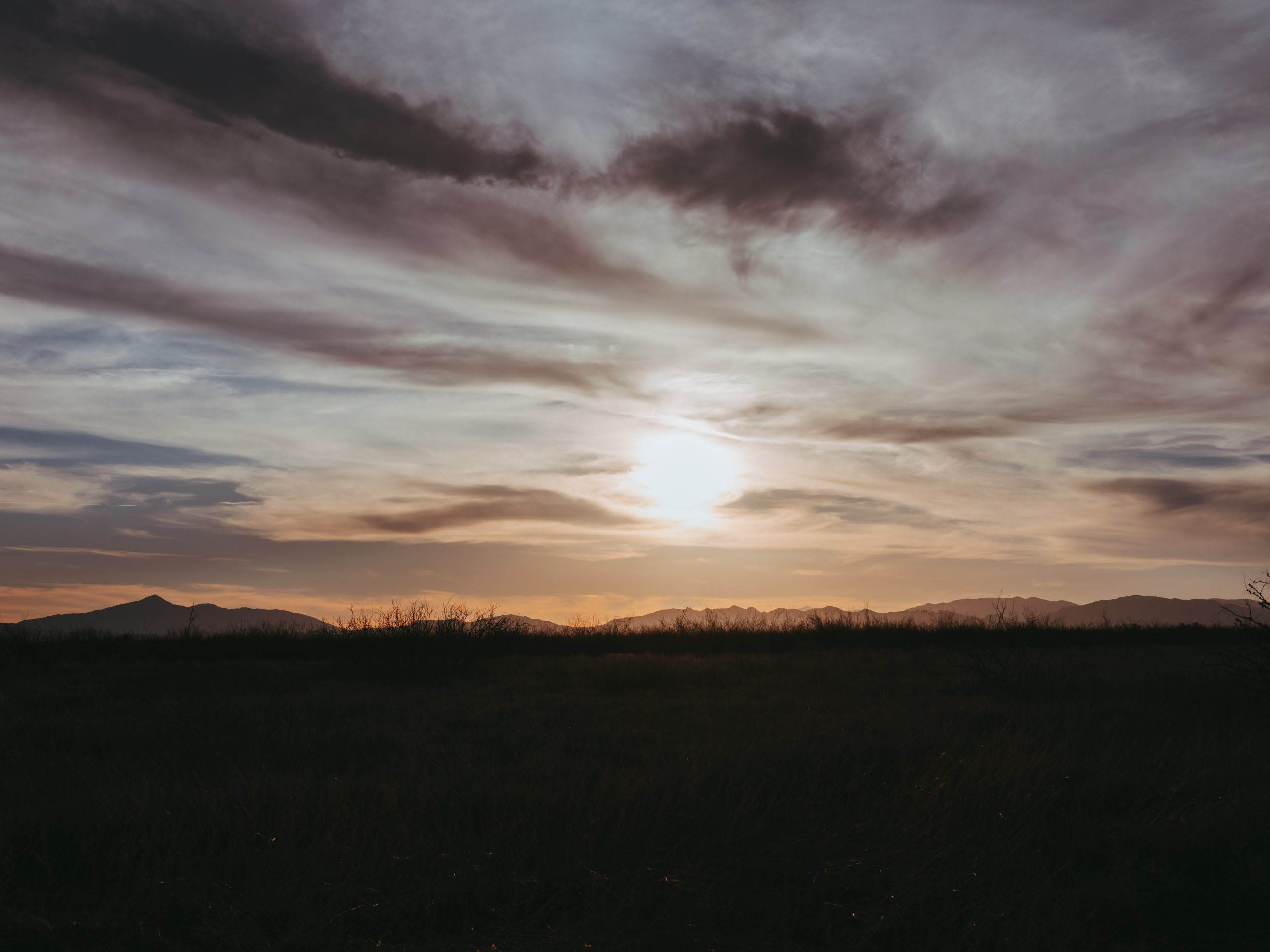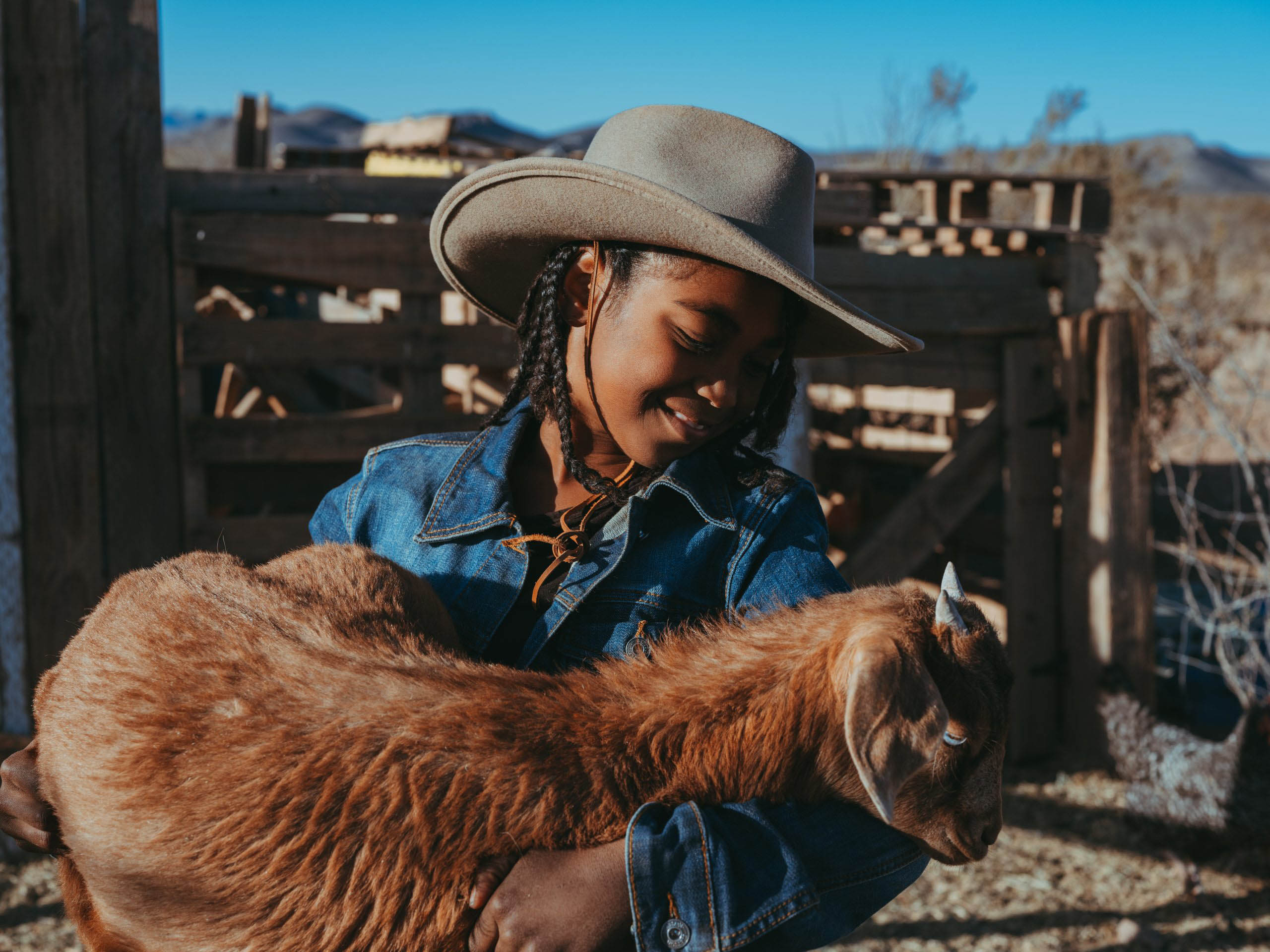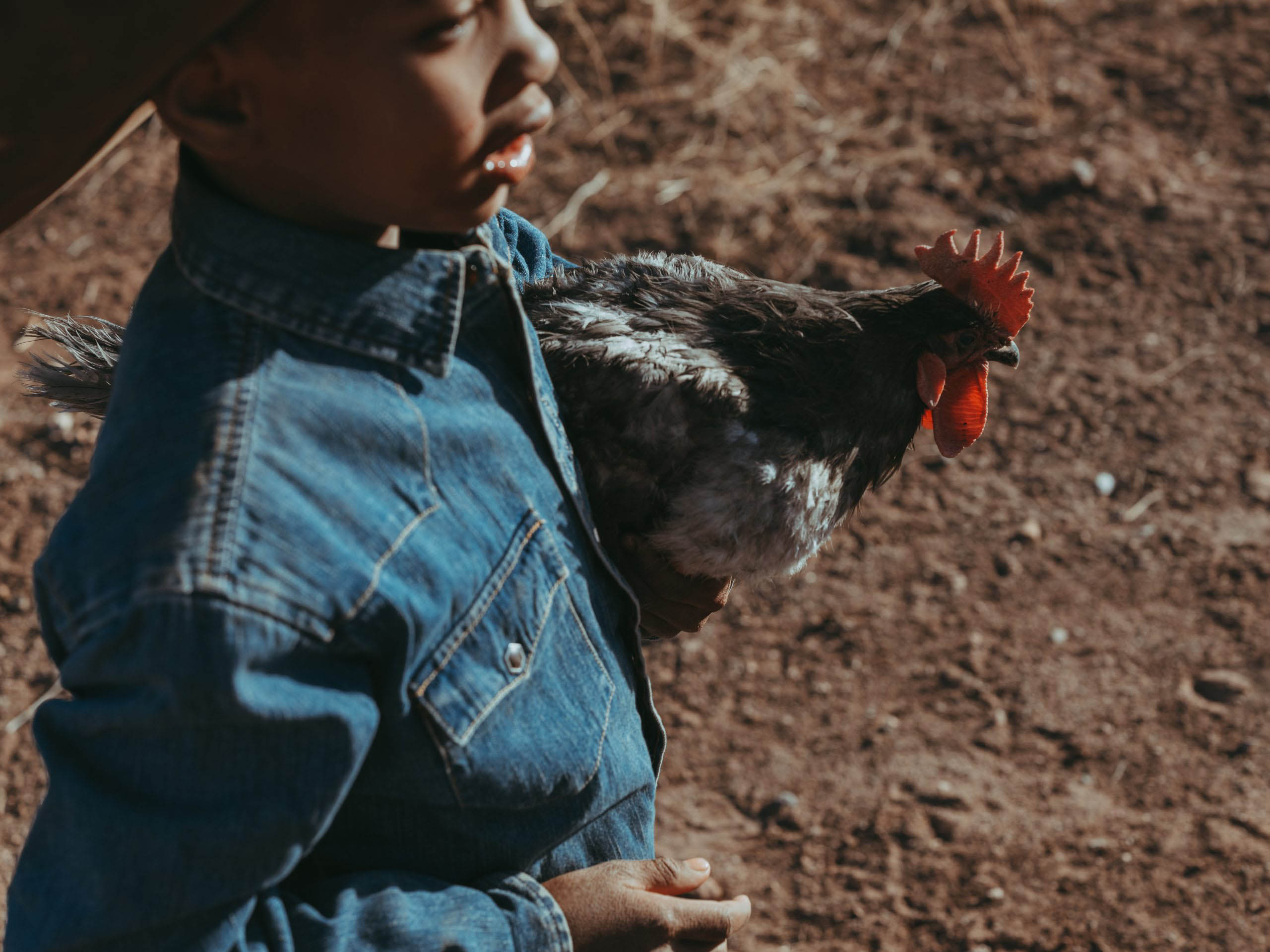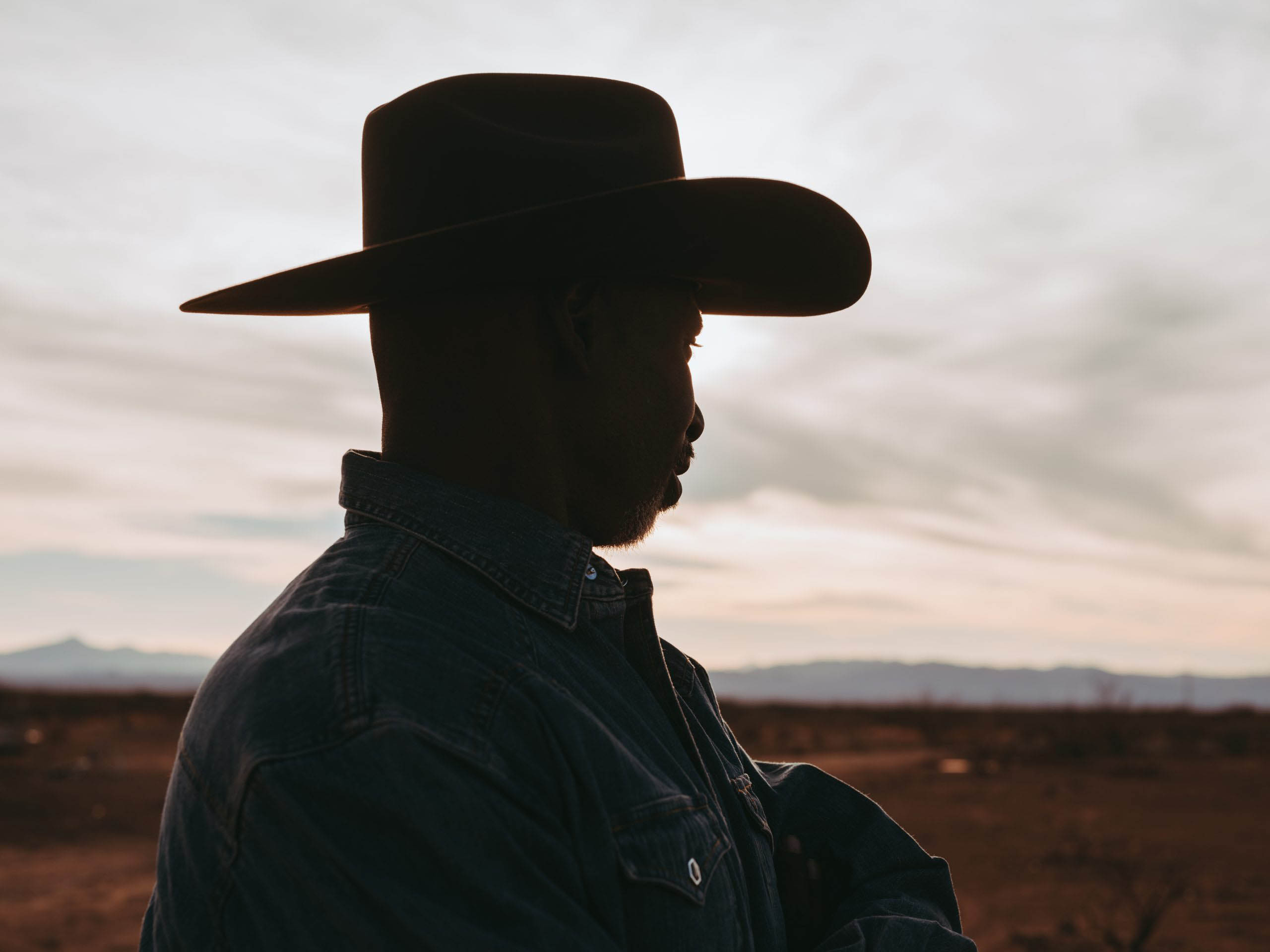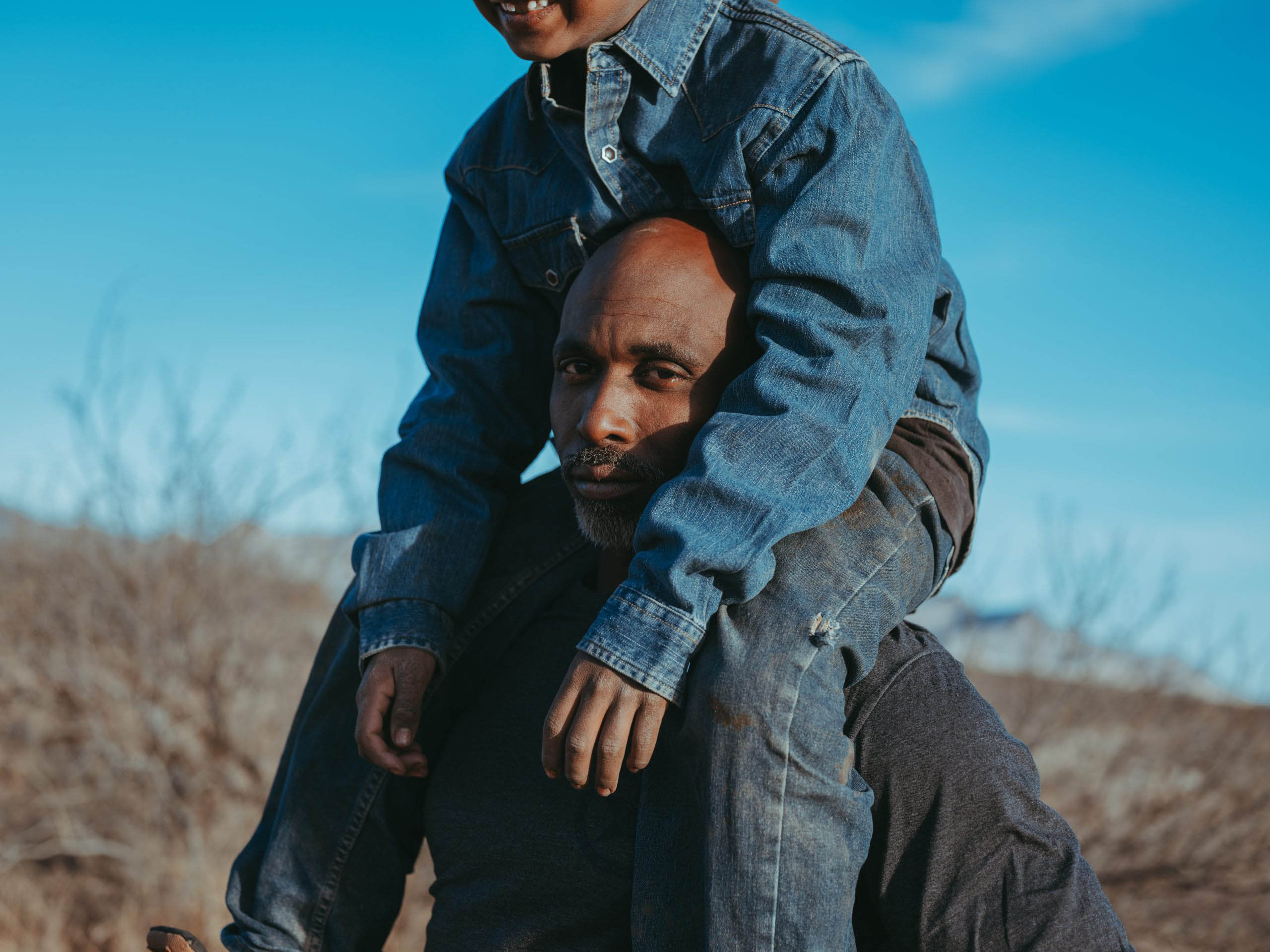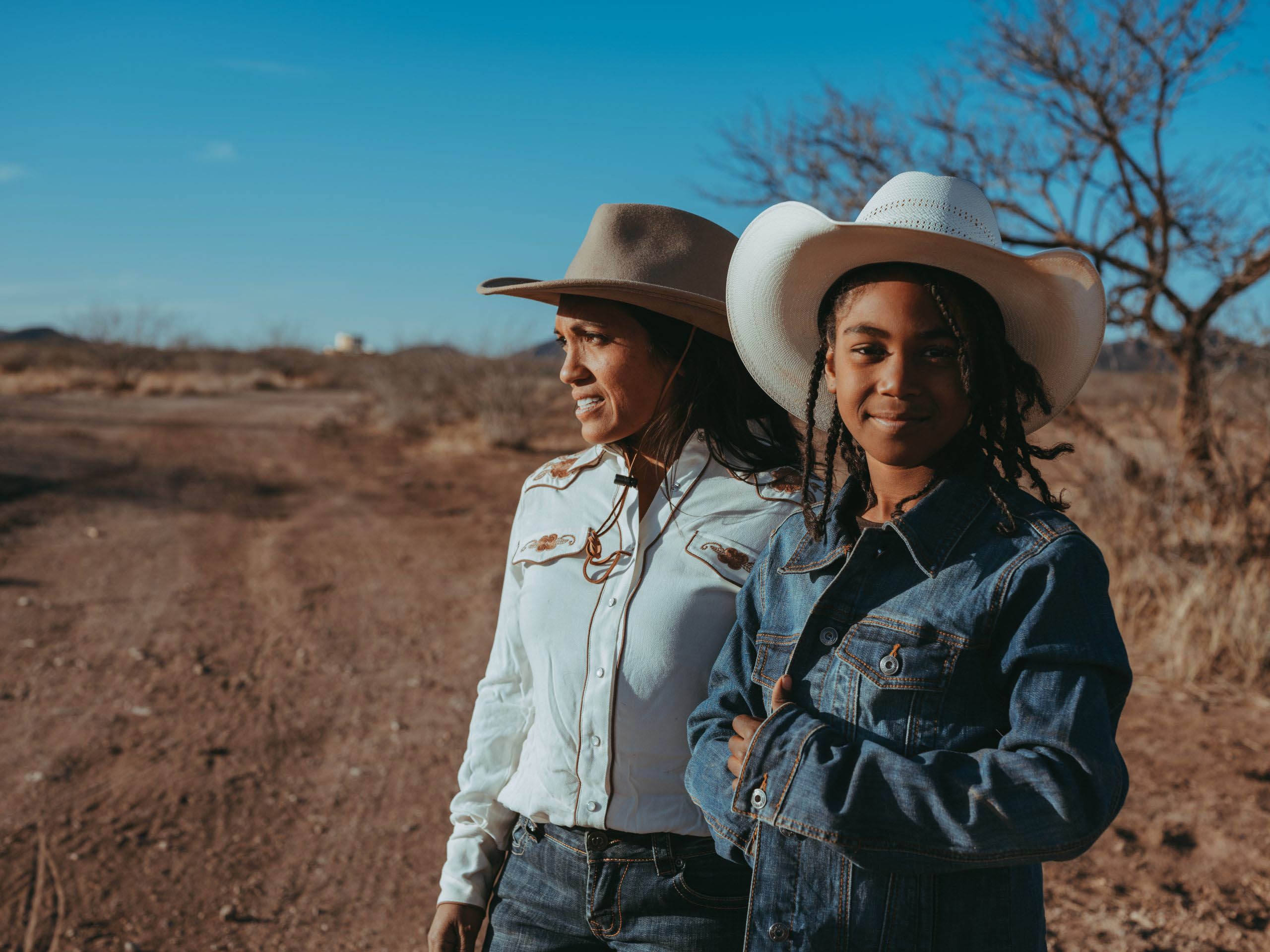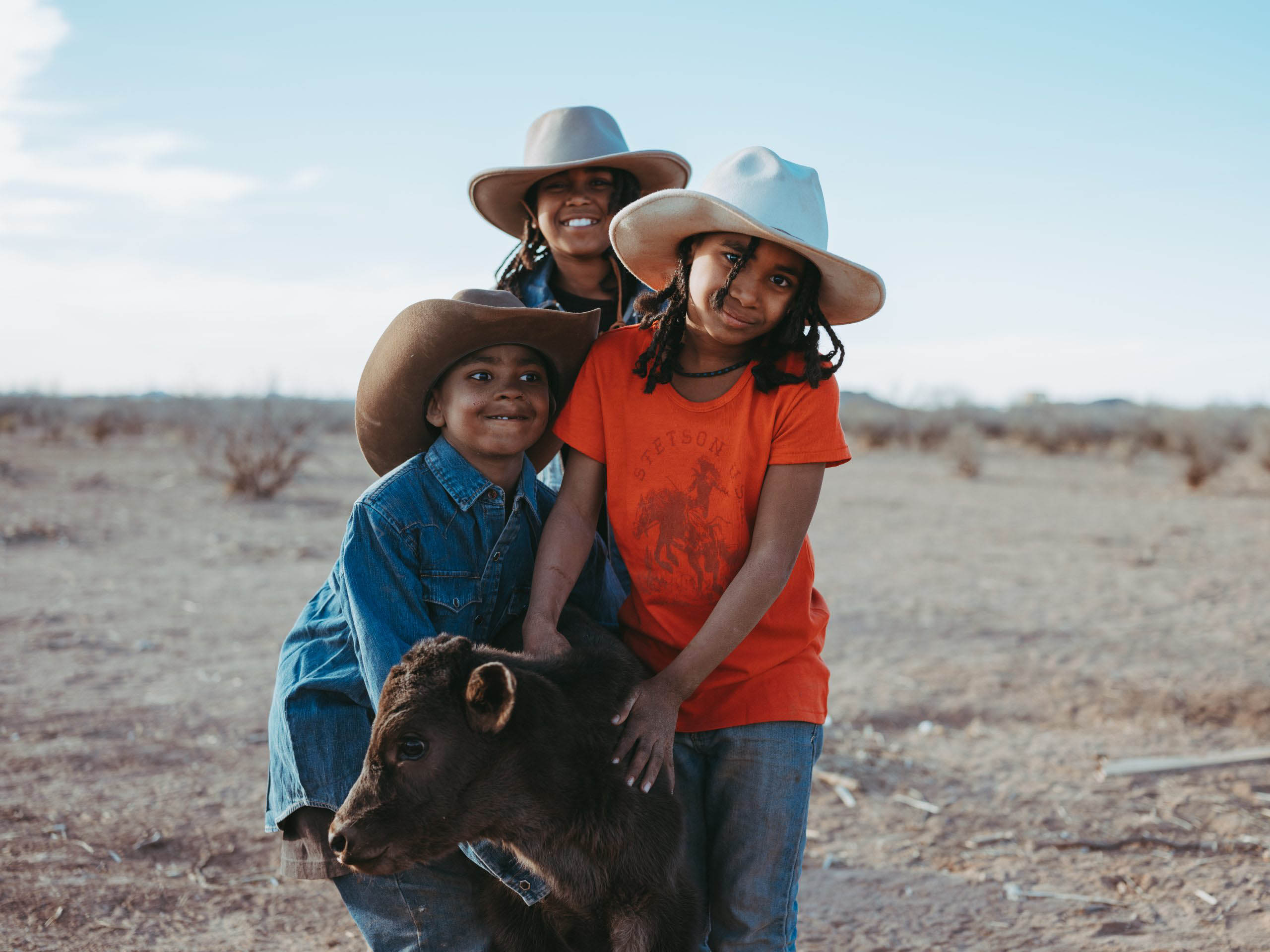A Timeless Collection That Embodies The West
After months of design and development, we are thrilled to introduce this limited edition hat accessories collection made of fine quality stones, forged silver, and natural materials. Each design is handmade in New Mexico and has a unique story to tell.
This collection features a number of motifs including traditional Native American symbols, animals, and objects. Each timeless piece was designed in collaboration with the artists at Peyote Bird. Meet the artists.
Whitney Corum
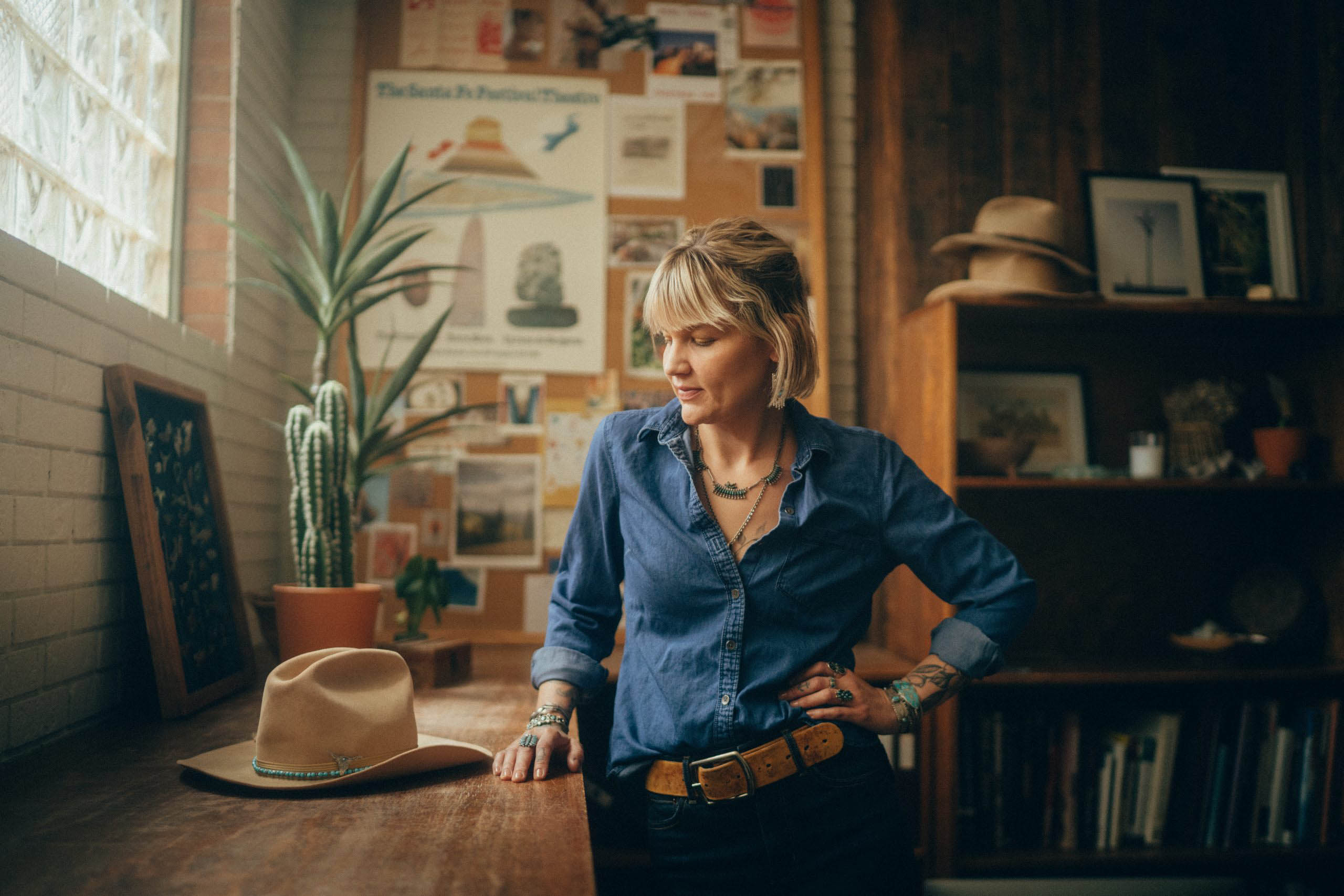
With 14 years of experience, Whitney is currently the design coordinator at Peyote Bird and the head of technical drawing.
Following in the tradition of silversmithing from her grandfather, Whitney has always had a strong passion for jewelry design.
“I find much of my inspiration through bold color, pattern, and the intricacies of nature.”
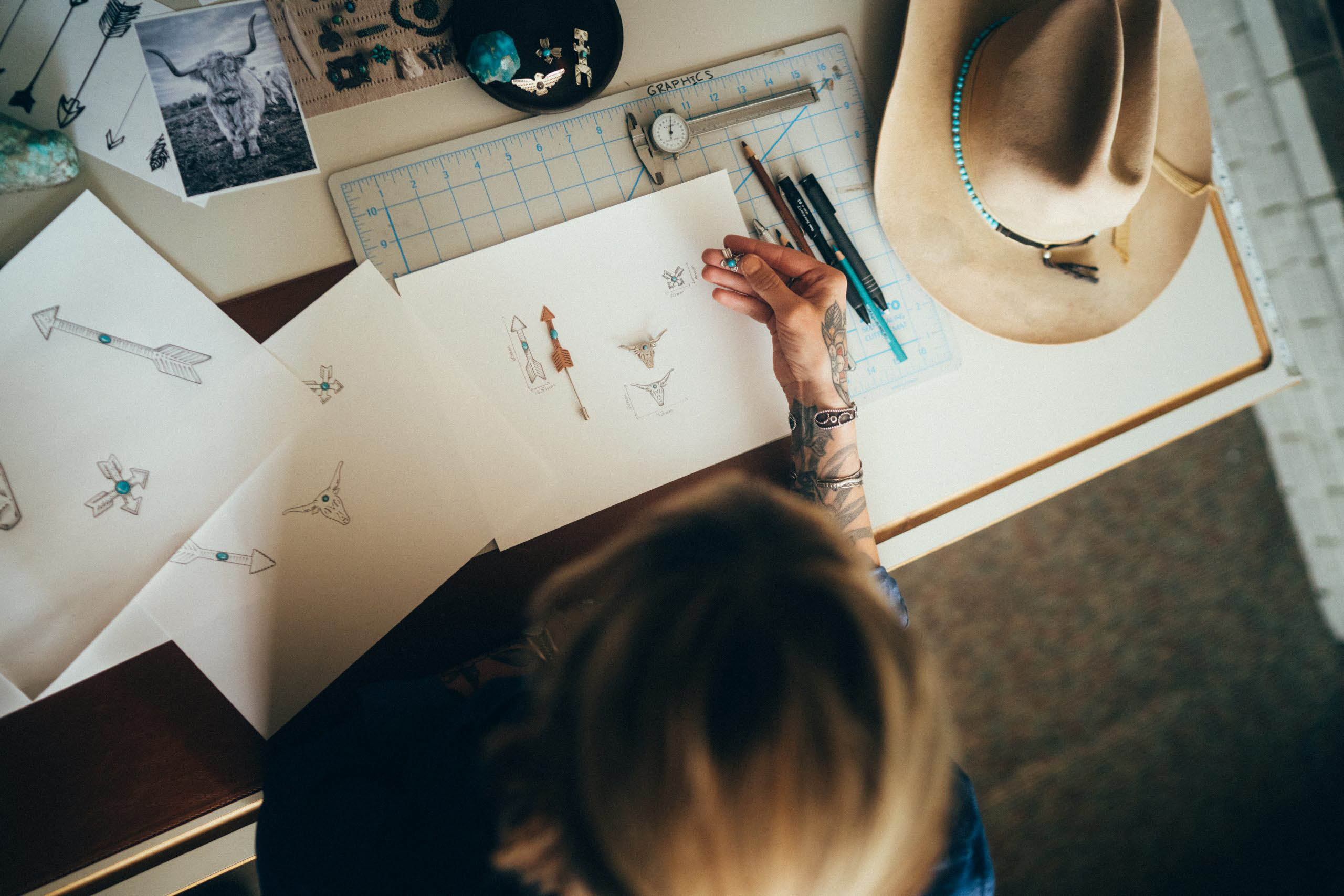
“I find much
of my inspiration
through bold
color, pattern,
and the intricacies
of nature.”
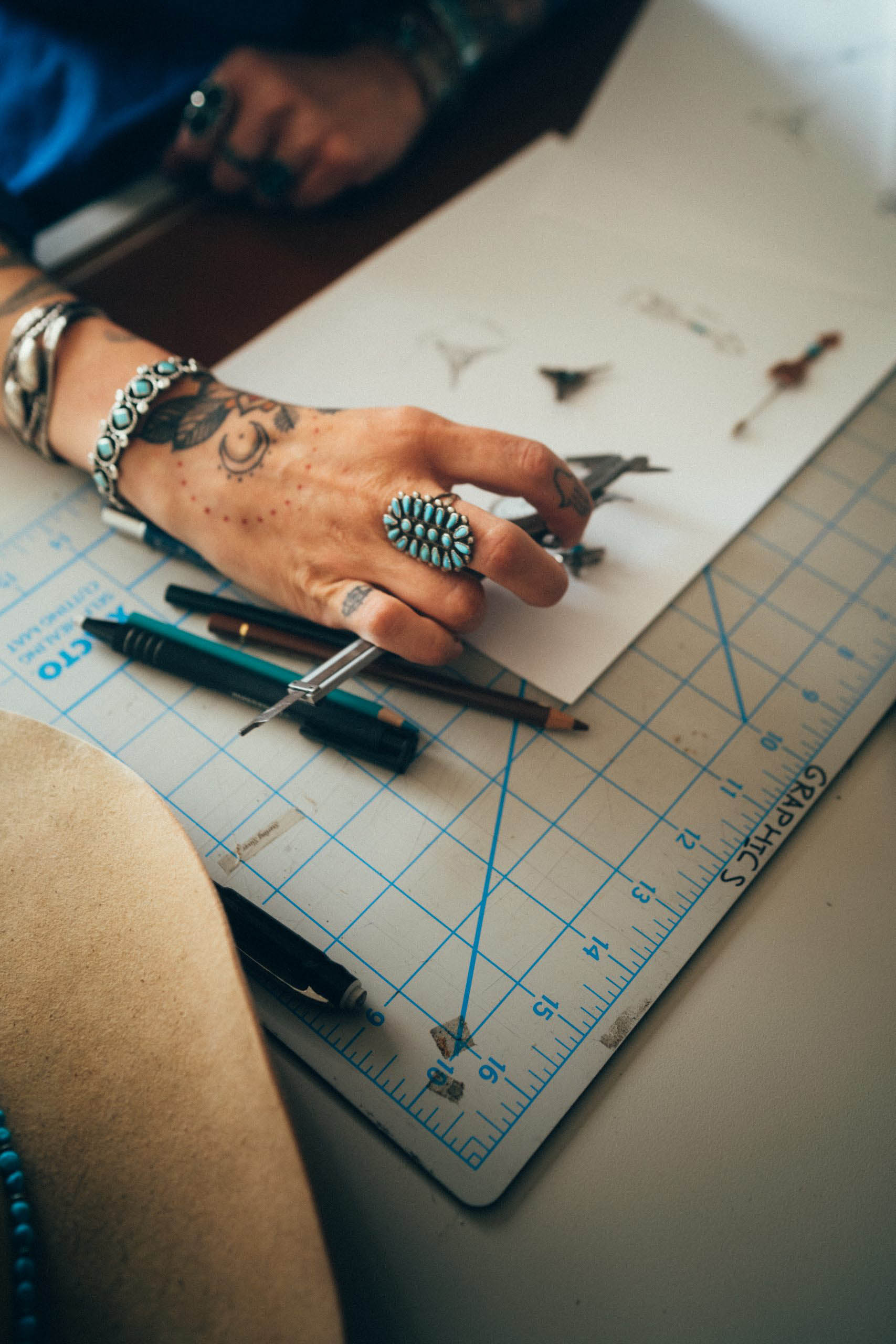
You’ll find Whitney early in the mornings at the studio before the frenetic energy of the day ensues. She uses this quiet time to focus on her new ideas and let the flow of drawing naturally come to her. Once she begins drawing an idea, the inspiration seems to come like second nature.
Whitney’s technical drawings combined with Joe Eby’s silversmithing skills led to the creation of the three sterling silver and turquoise hat pins; the crossed arrows, lone arrow, and longhorn.
Video and images by @leroygrafe
Joe Eby
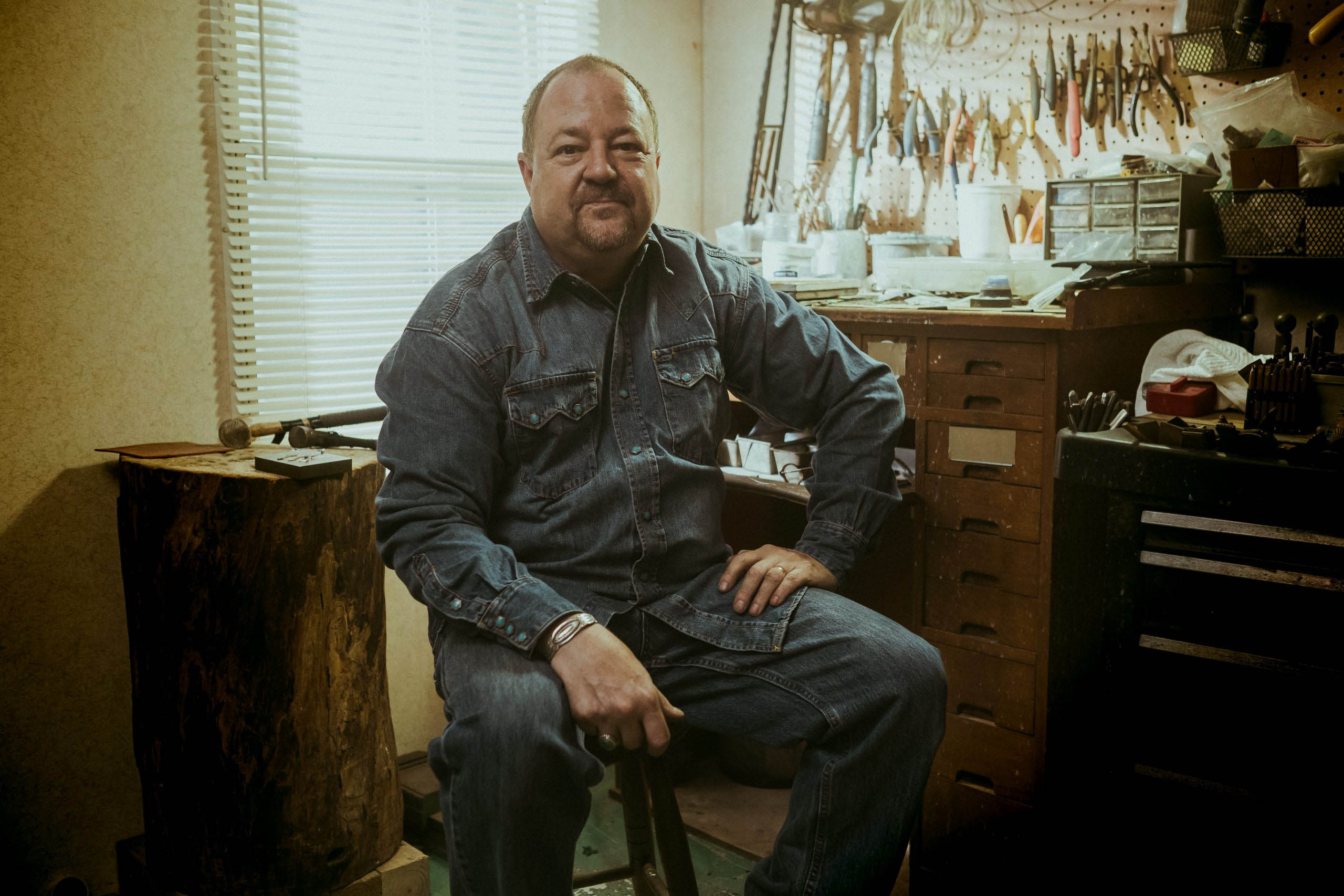
Joe was raised in the Navajo Nation and began his initial jewelry training while in Gallup, NM. Joe and his partner, Gina moved to San Antonio, TX where they enjoy a creative collaboration in silversmithing.
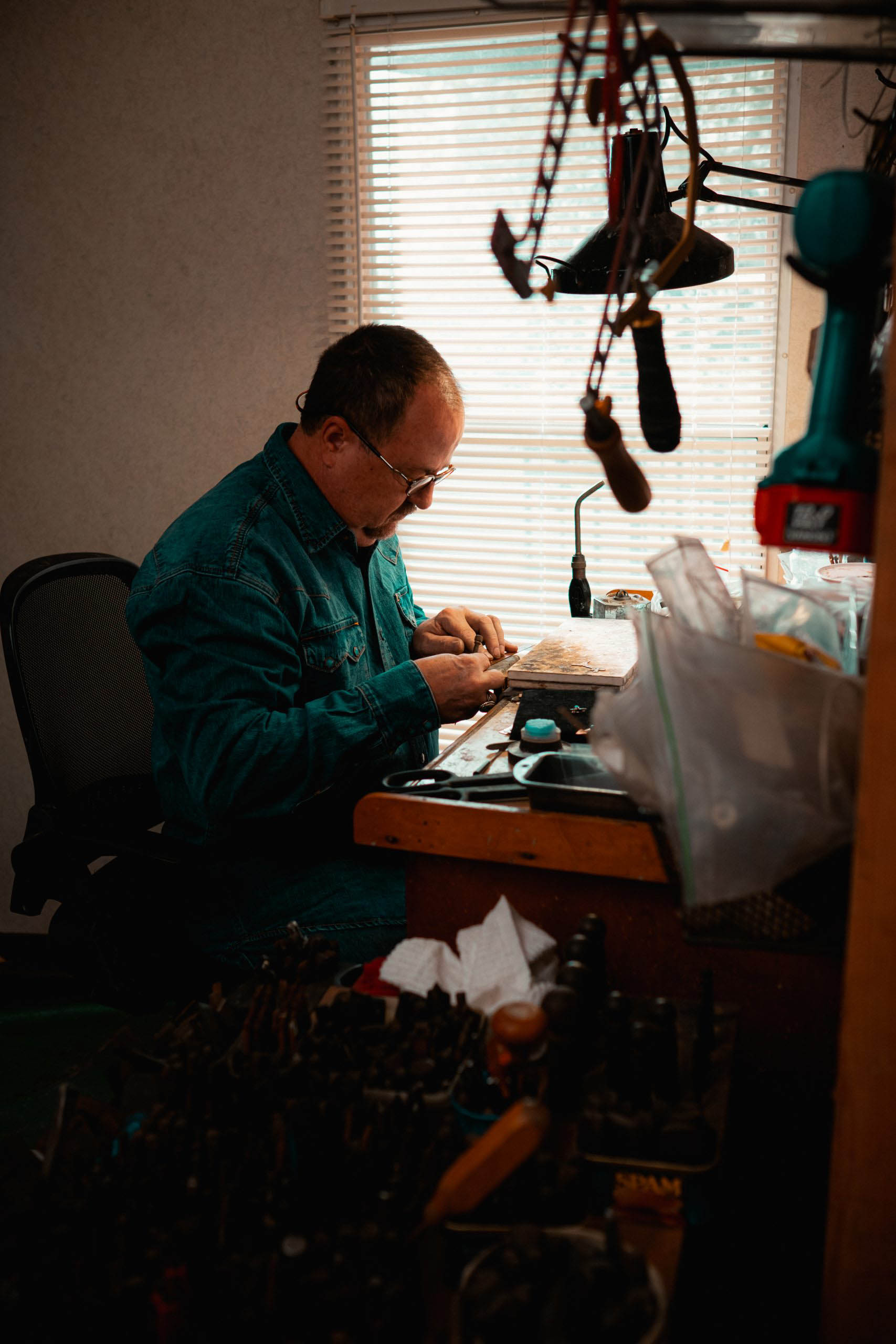
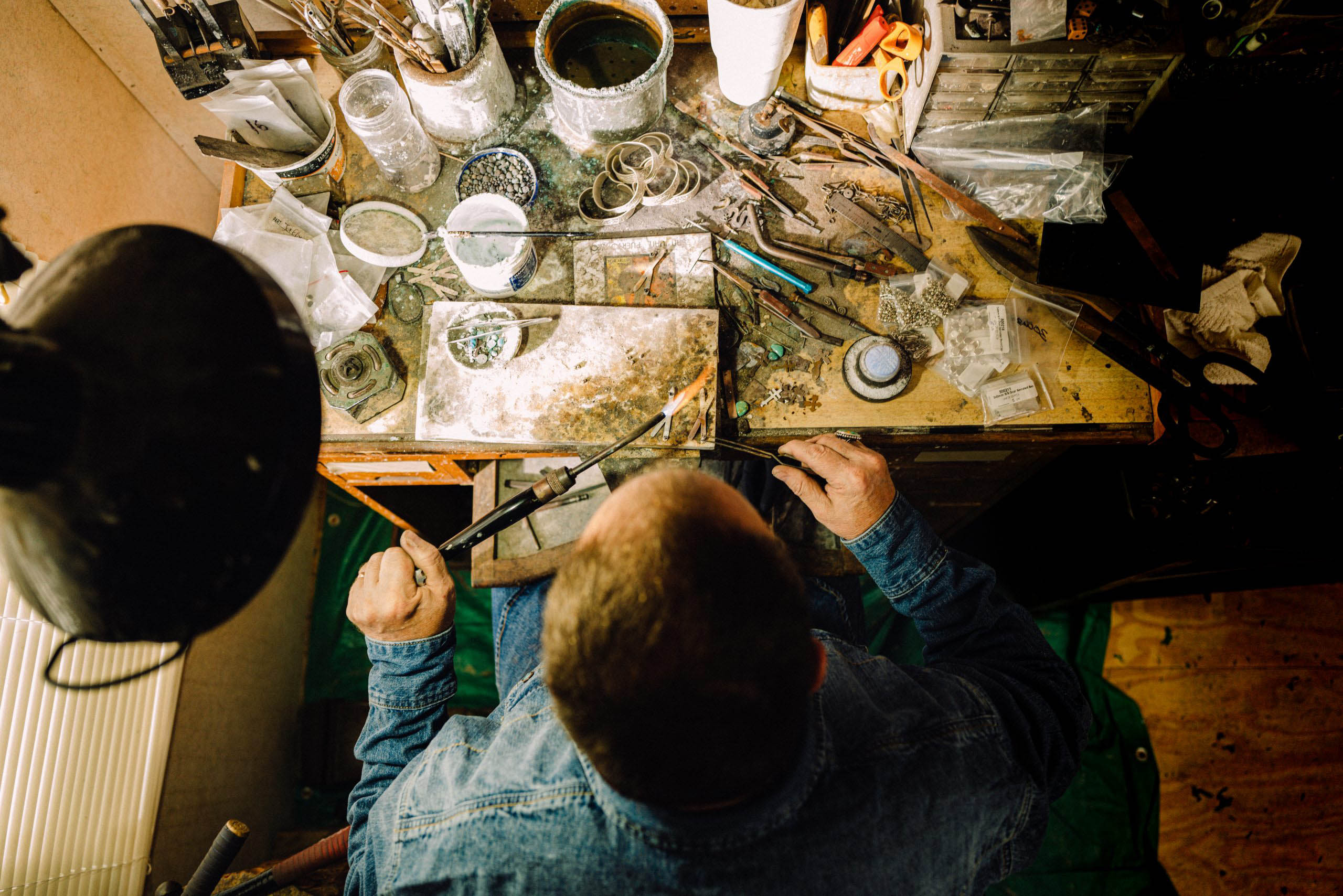
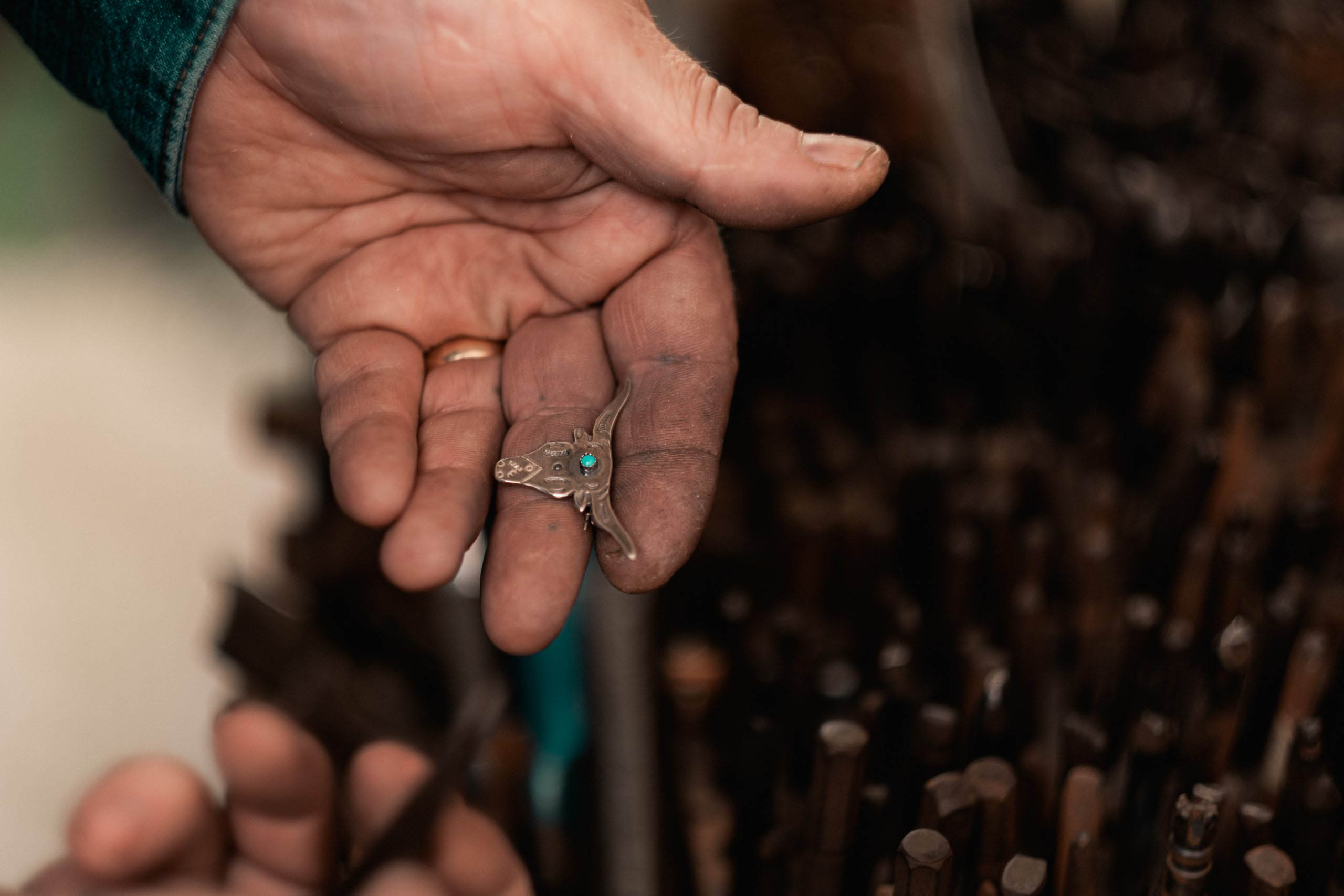
Each pin for this collection is cut from 20 gauge sheet metal which has just the right thickness to cut, hold its shape, and take the assorted design stamped created by Whitney. The bezel cups that the turquoise stones are set in and the pin findings are attached by soldering with an acetylene torch (the preferred method taught by Joe’s Navajo mentors). He employs a two-stage tumble finish to smooth rough edges and apply shine before setting the stones which is the final step in the process. All of these fine details make these one-of-a-kind pins heirloom quality.
Video and images by @tylerellsion
Amour Arrows Pin
The crossed arrows pin represents friendship. They symbolize two people whose paths have crossed and become friends. This design boasts a round turquoise stone and sterling silver.
SIZE: 0.7” width, 0.6” height
MATERIAL: .925 sterling silver, turquoise
Copper Arrow Pin
The lone arrow pin represents protection and moving forward since an arrow can only go forward once released from its bow. This design includes an oval turquoise stone and copper.
SIZE: 2” length
MATERIAL: copper, turquoise
Longhorn Pin
The longhorn pin is inspired by nature and represents the strength & hardiness of the West.
SIZE: 1” width, .06” height
MATERIAL: .925 sterling silver, turquoise
Anne Marie Wipf
With 16 years of experience in design and handcrafted jewelry, Anne is currently the lead designer at Peyote Bird.
Anne developed her keen eye for color and design while studying art.
“I have always had a strong love for rocks, minerals, and gems; naturally this translated into a love for jewelry and beaded design. The materials speak to me, and then the designs follow. It is incredibly rewarding to be able to share my creativity with others while making unique and timeless designs.”
Anne’s keen eye for beaded design shines with the Sleeping Beauty Turquoise hatband. Each stone was hand-strung using the highly coveted Sleeping Beauty Turquoise stone which boasts a natural, brilliant blue hue. This stone is increasingly rare to find and is only cultivated in Arizona.
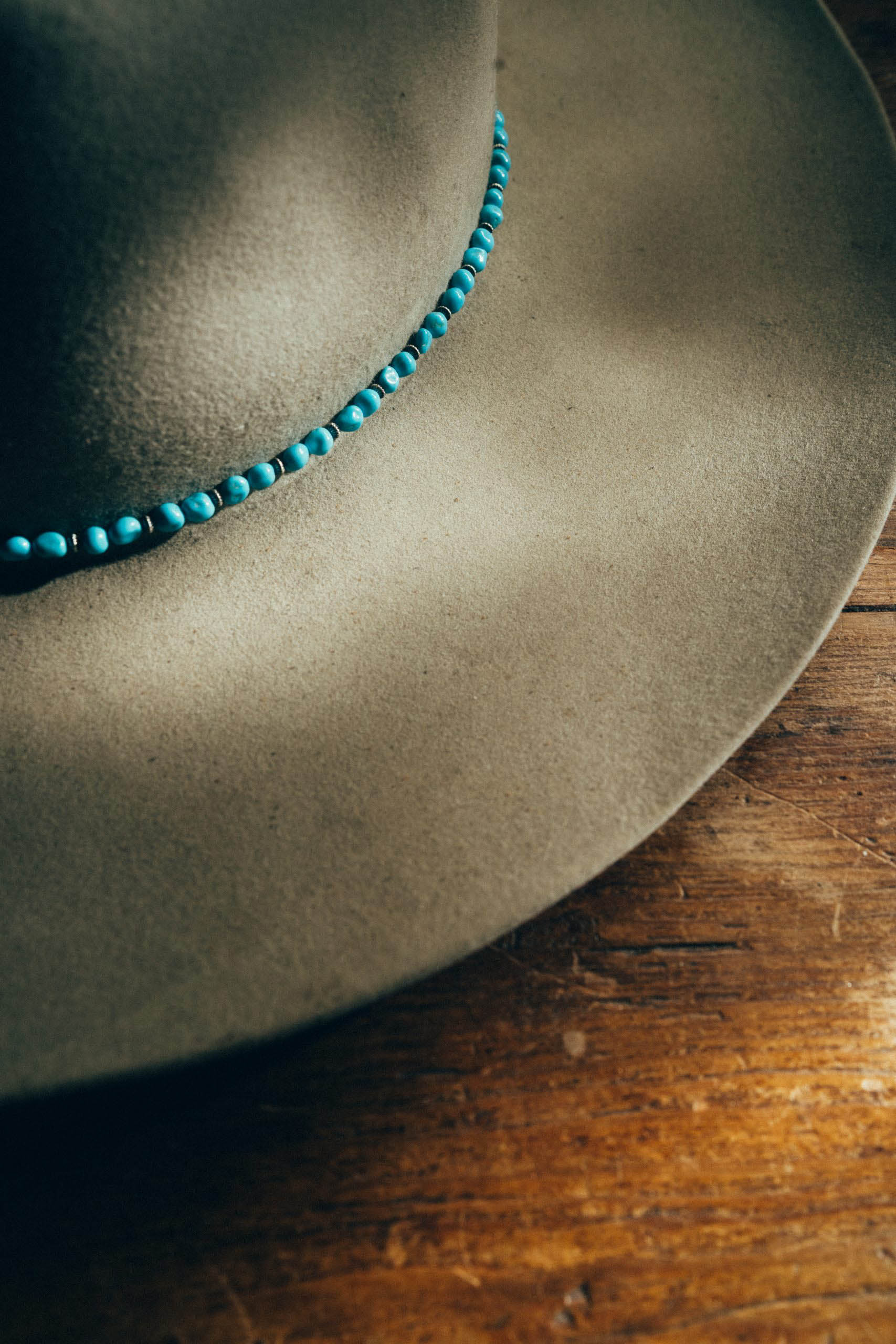
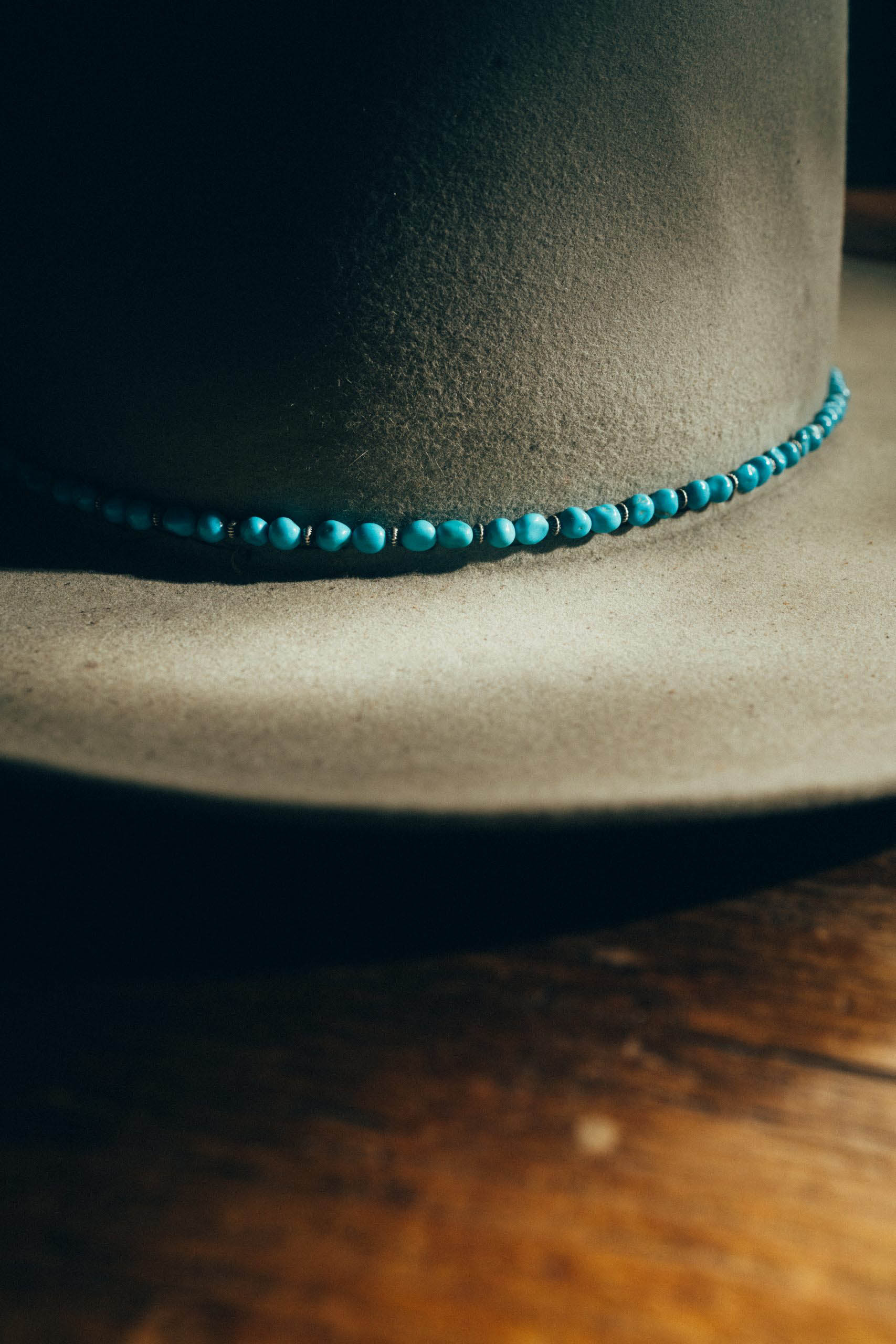
Chimayo Hat Band
“The materials speak
to me, and then
the designs follow.”
Turquoise represents wisdom, tranquility, protection, good fortune, and hope.
This unique hatband is 20” and adjustable to fit a wide range of hat sizes.
Rick Montaño
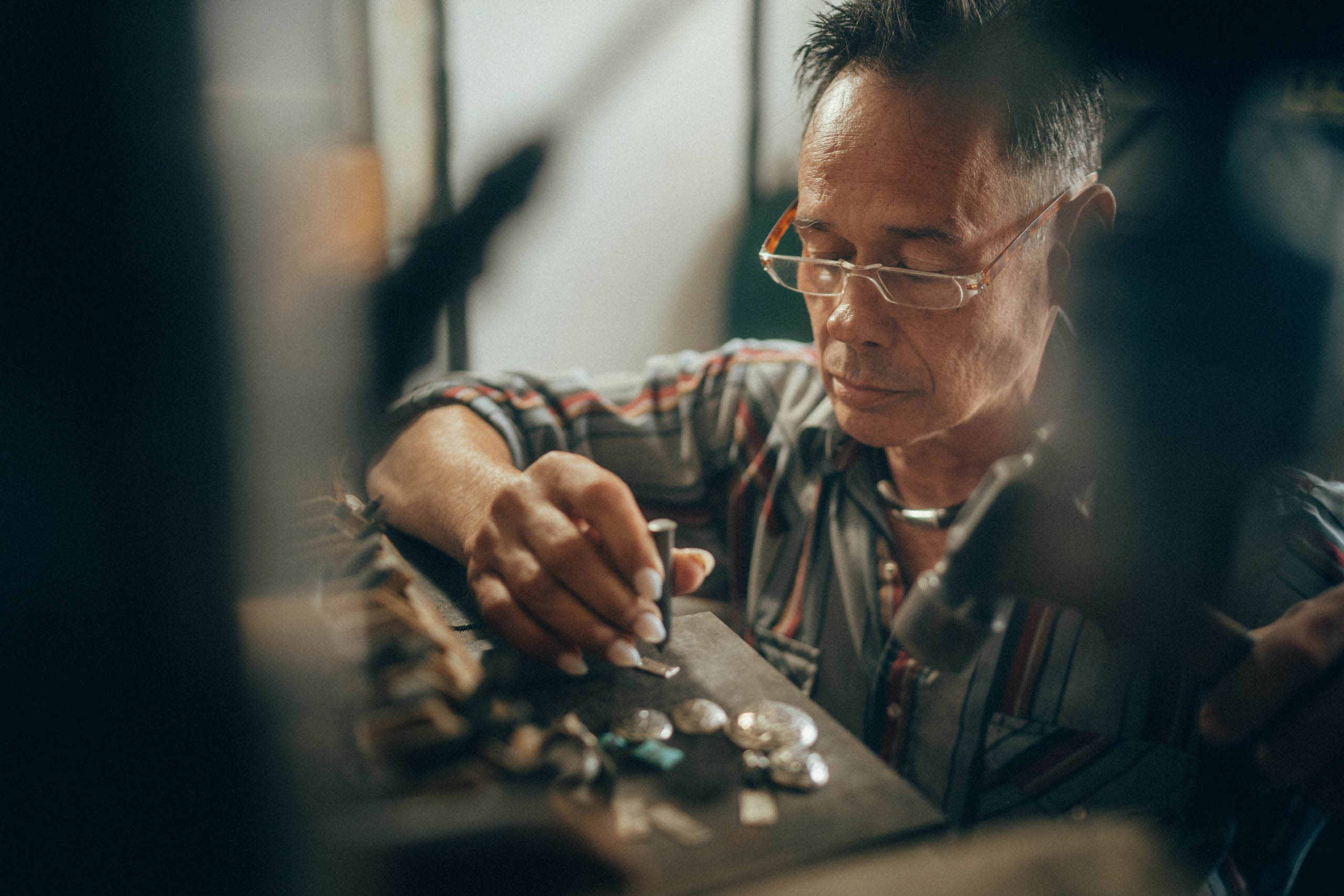
Born in New Mexico, Rick Montaño has been making jewelry since 1986. His stamps are handmade from cold steel. While individually exclusive, his jewelry exemplifies traditional metal stamp work.
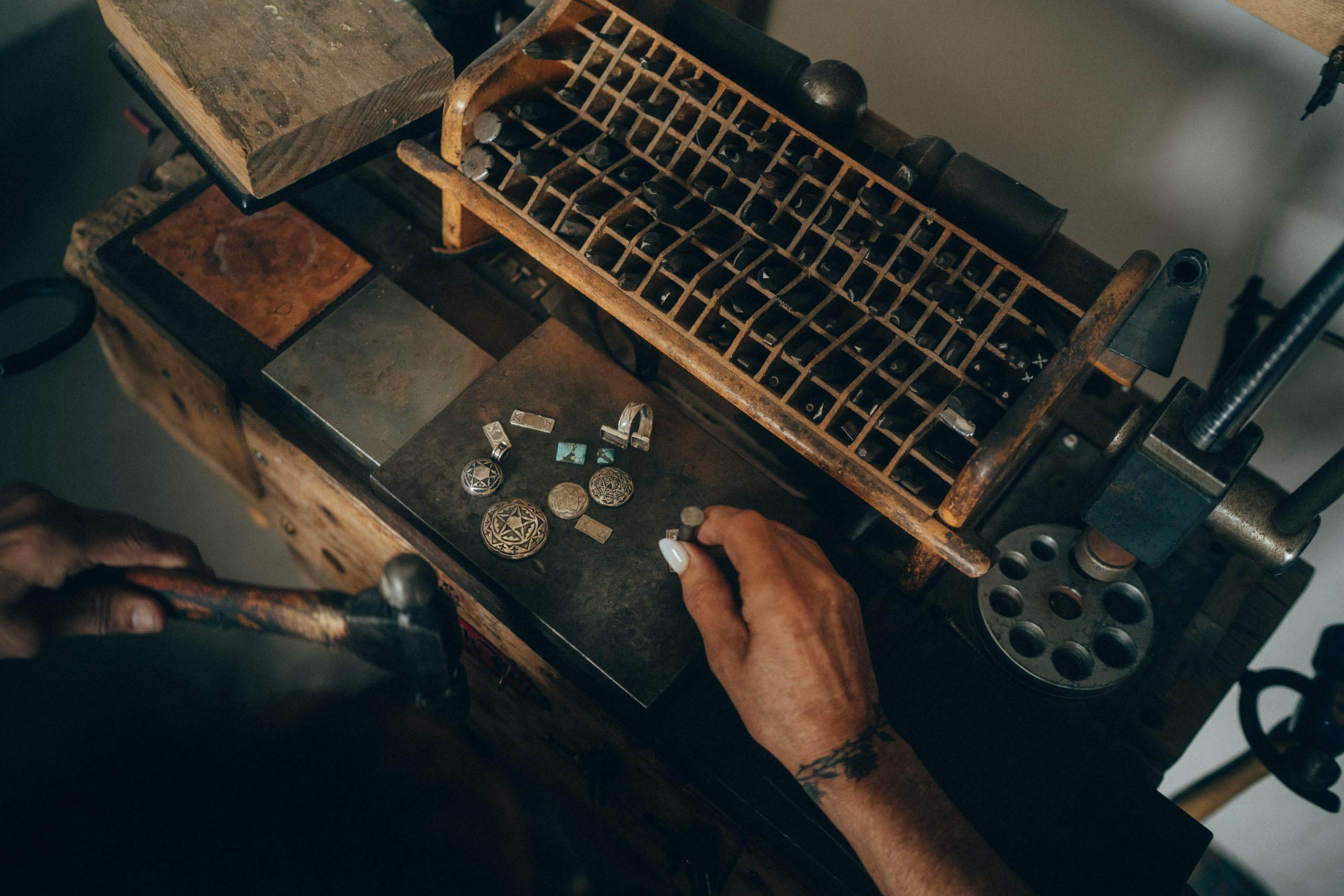
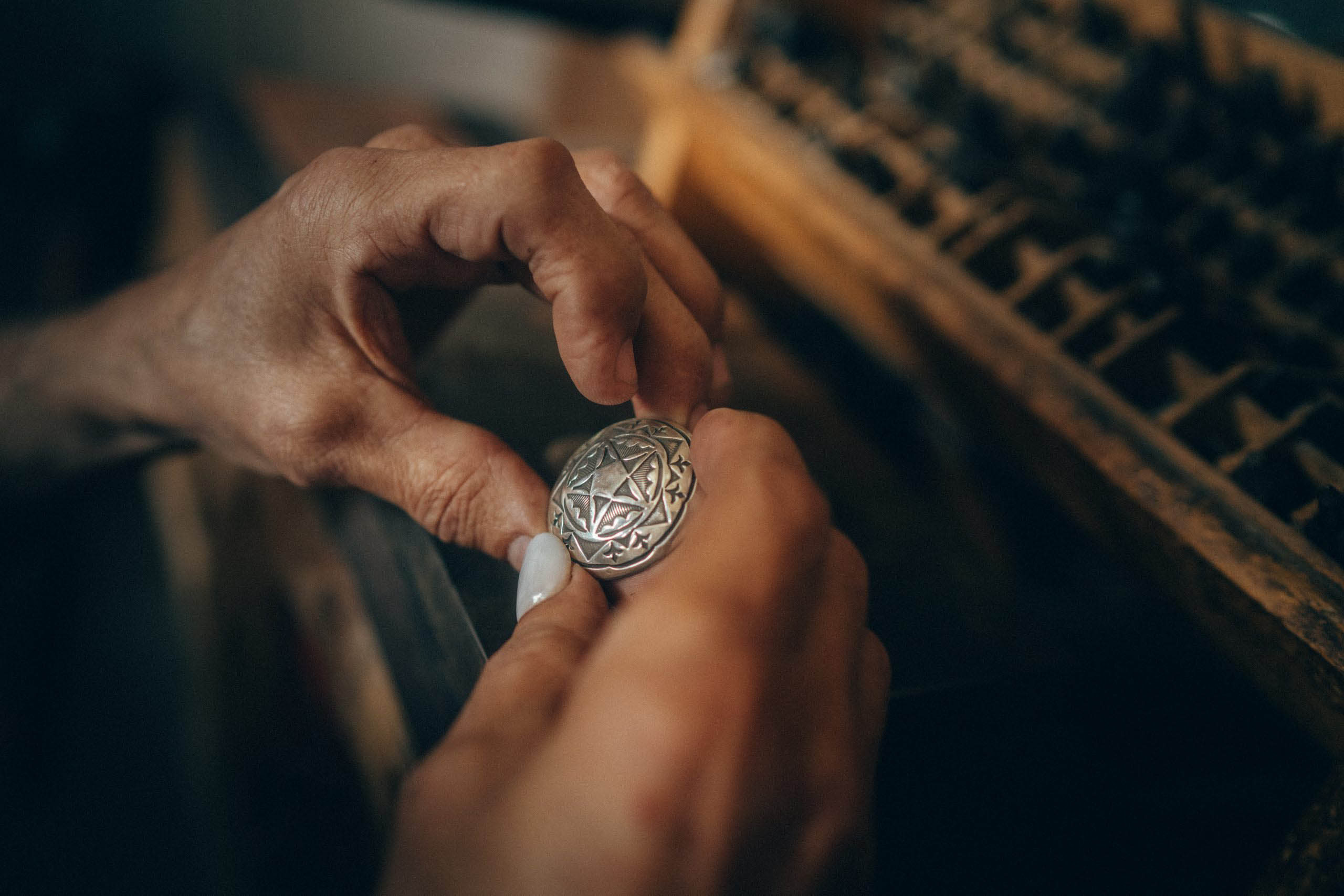
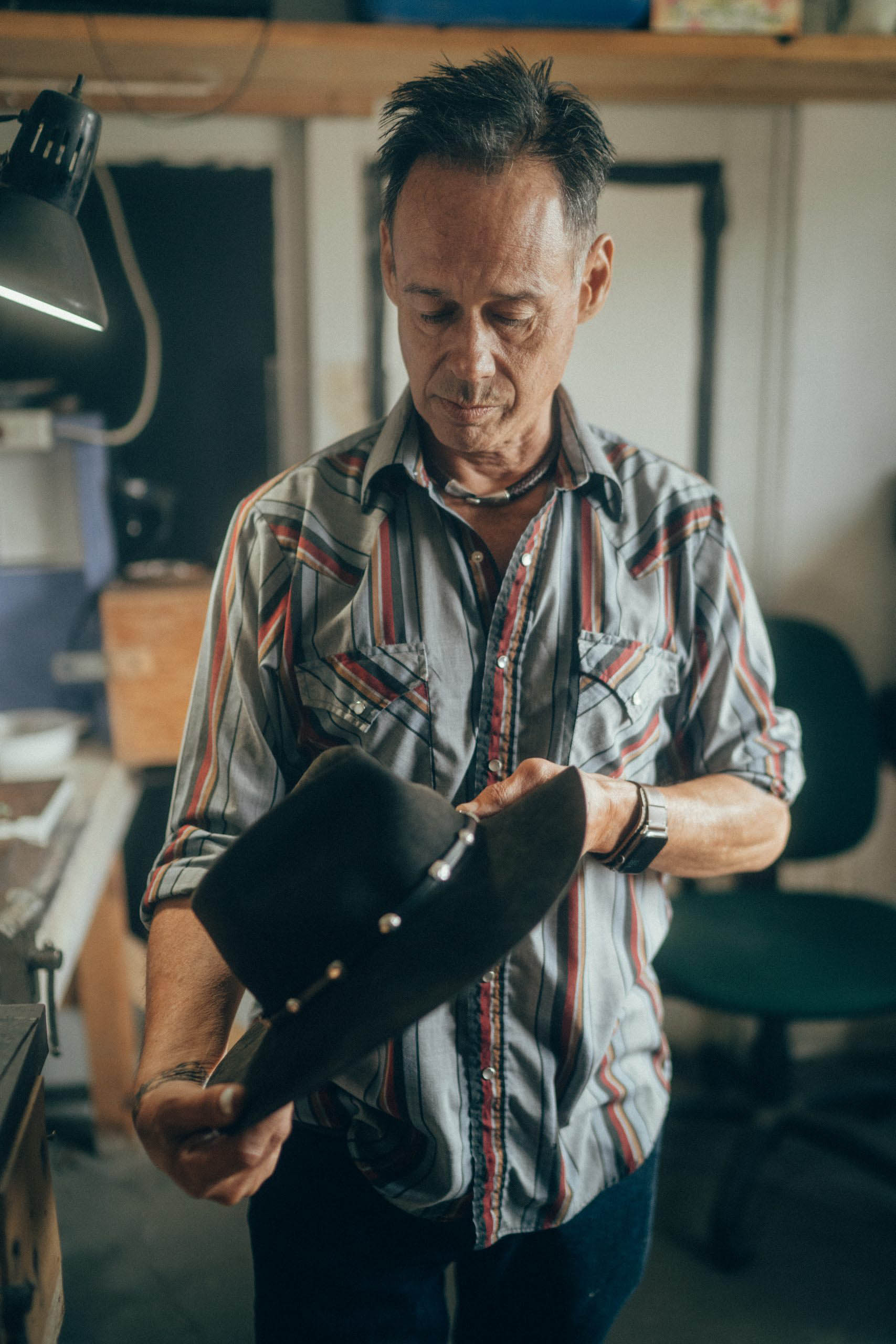
Rick designed the unique hand-stamped hatband with silver conchos. This hatband is adjustable to fit a wide range of hat sizes and exemplifies the iconic style of the Southwest.
Ancestral Path Hat Band
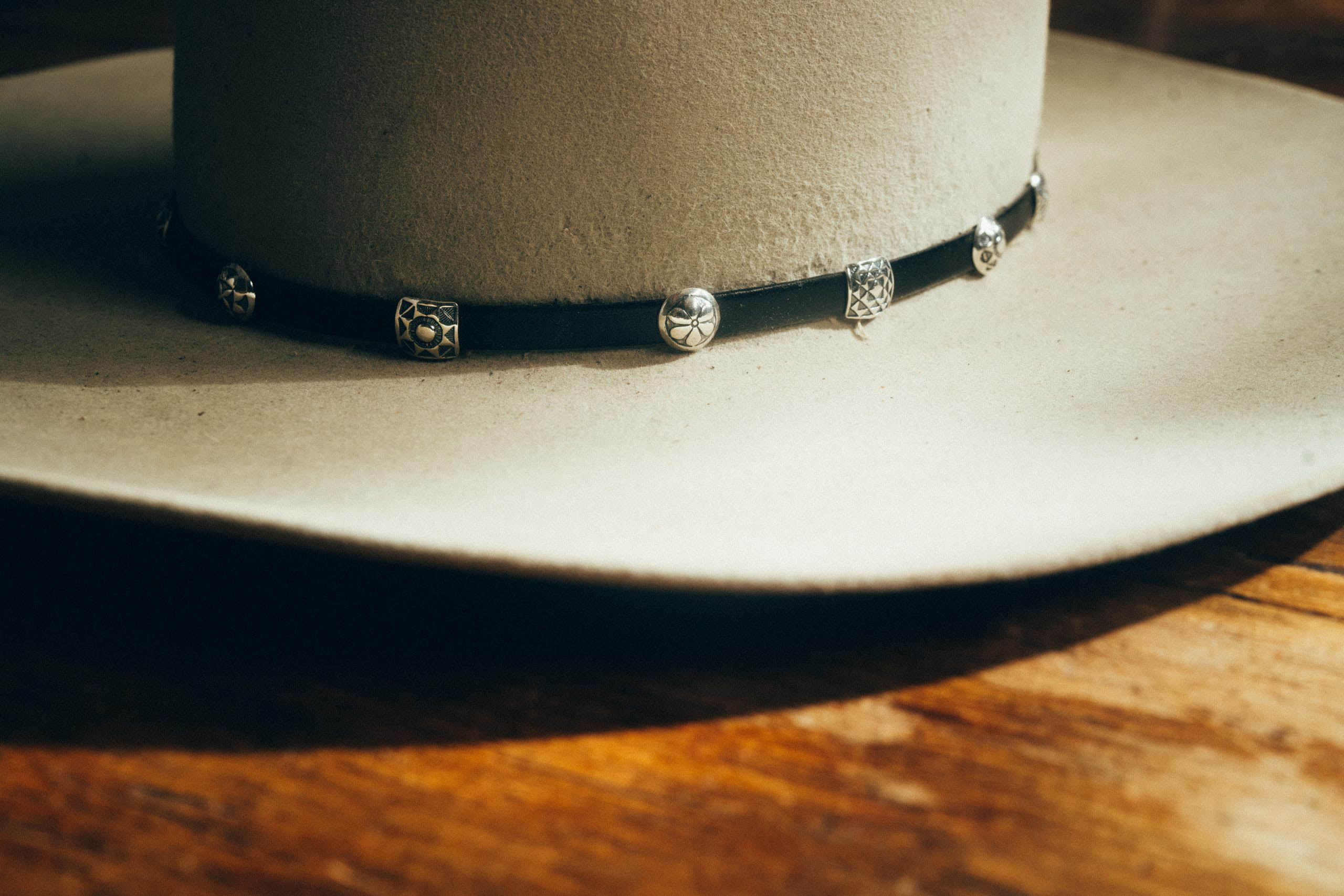
MATERIAL: natural black leather, .925 sterling silver
Stamps may vary.
Video and images by @leroygrafe
The landscape in the American West is unmatched when it comes to stunning, unique features. These timeless pieces draw inspiration from that landscape. The symbolism of each piece in our collection embodies that great spirit of the West. You will treasure the stylistic beauty and character they add to your Stetson for years to come.
Shop the Stetson x Peyote Bird Collection here.
